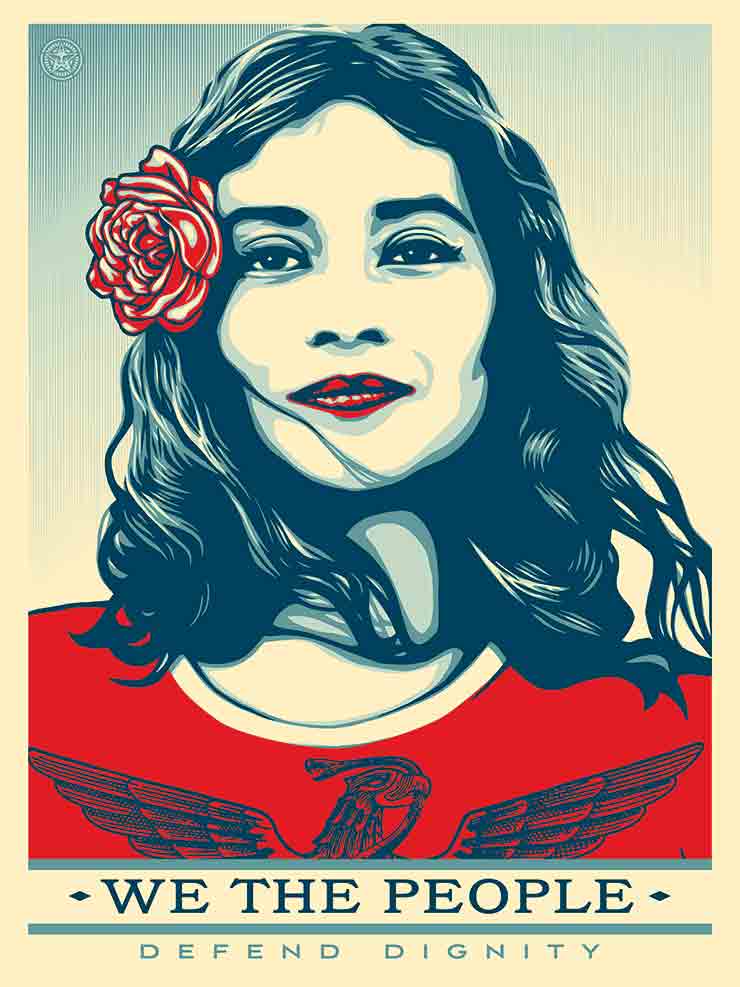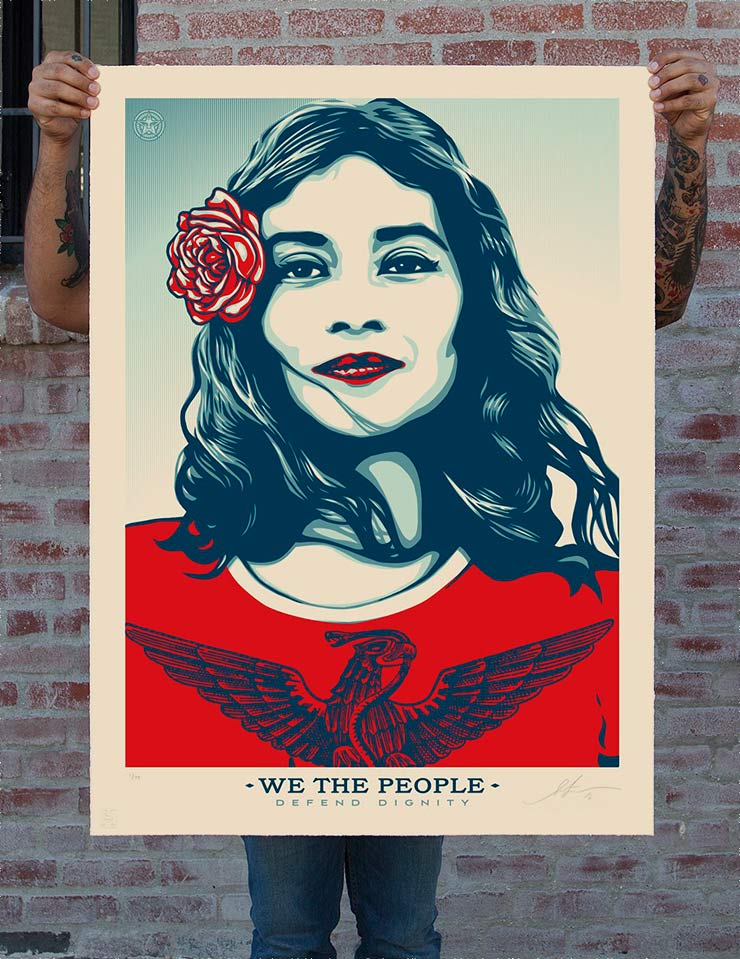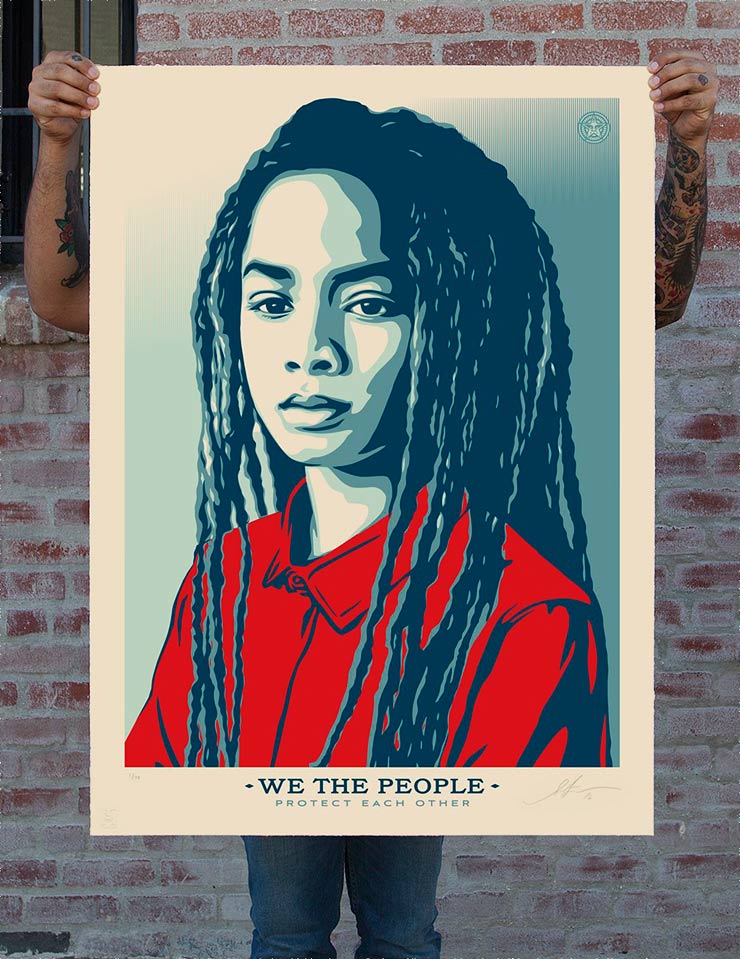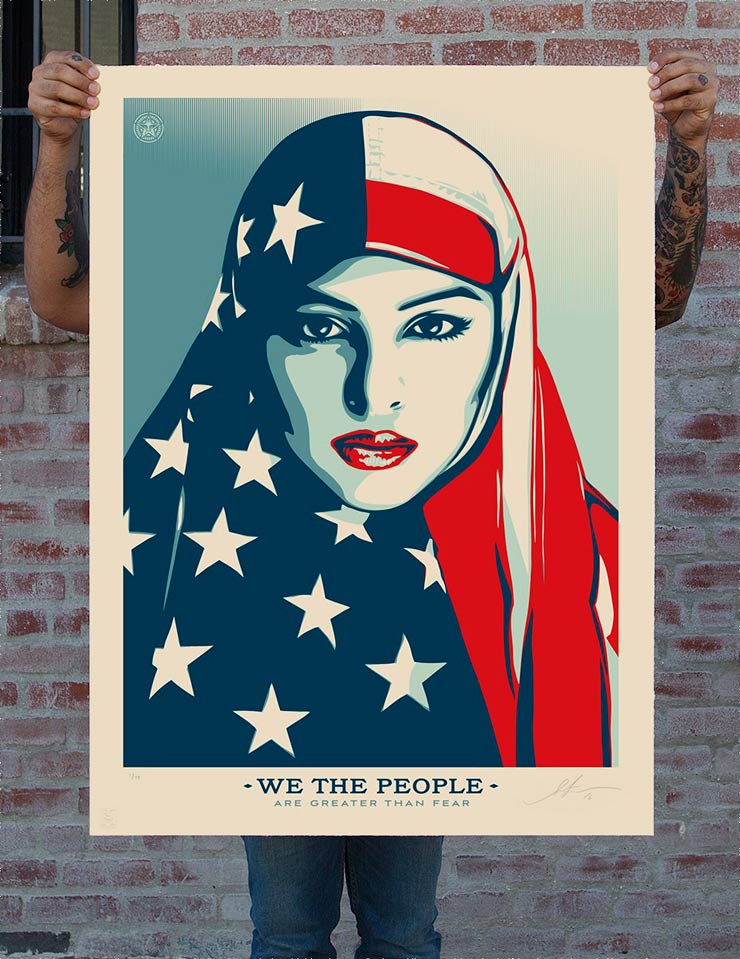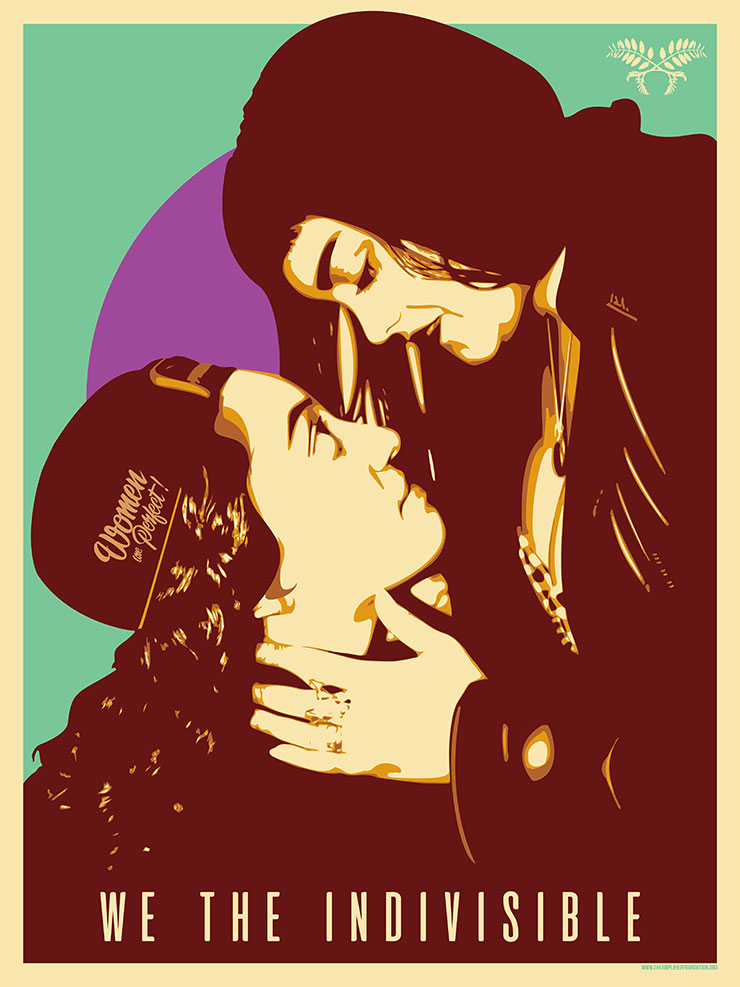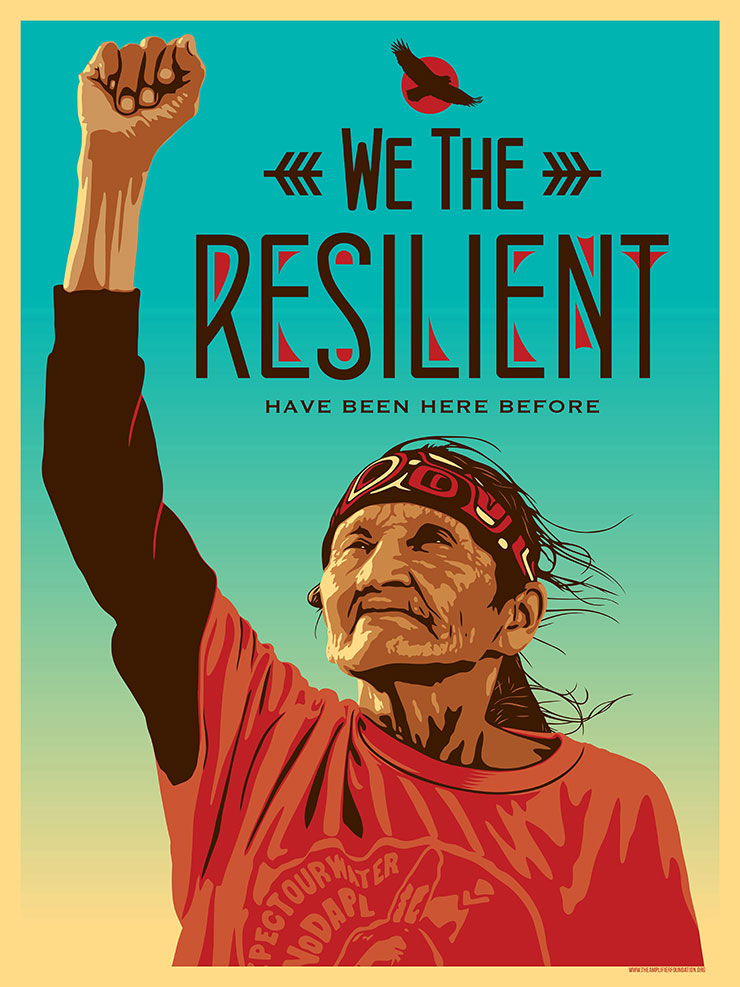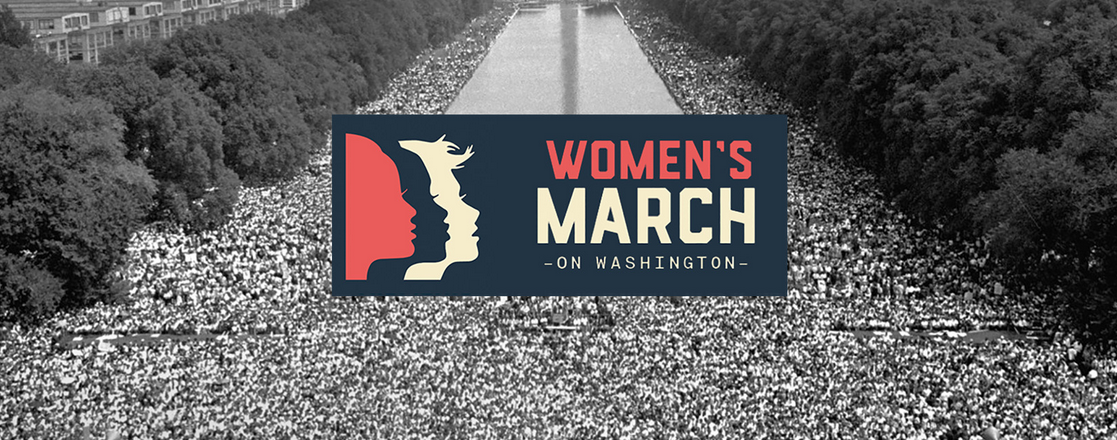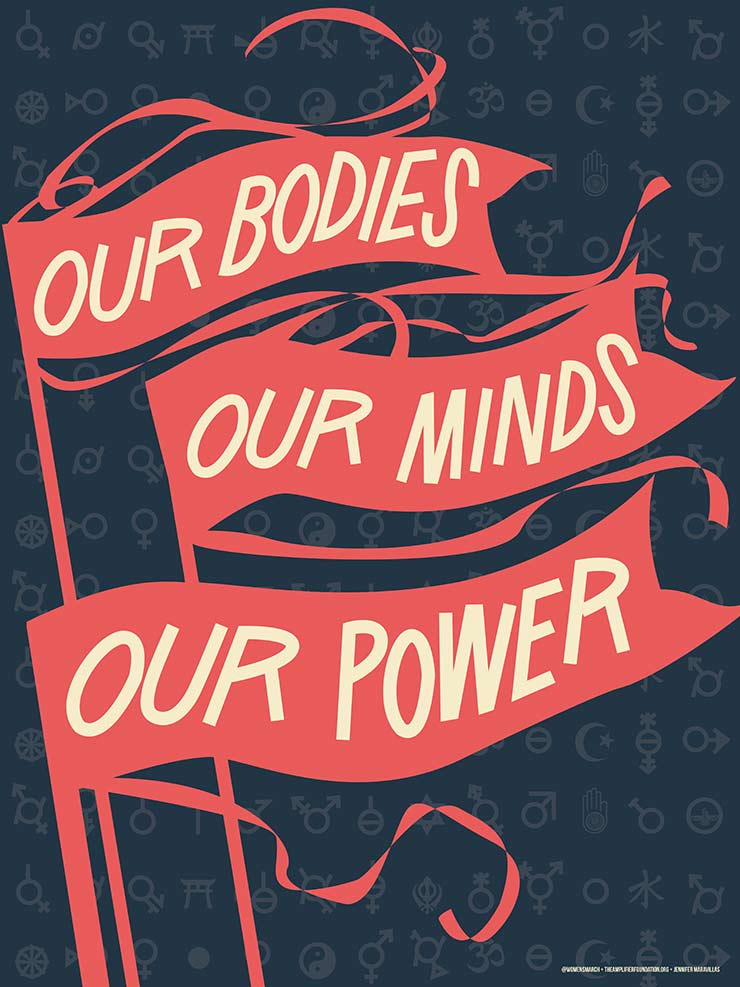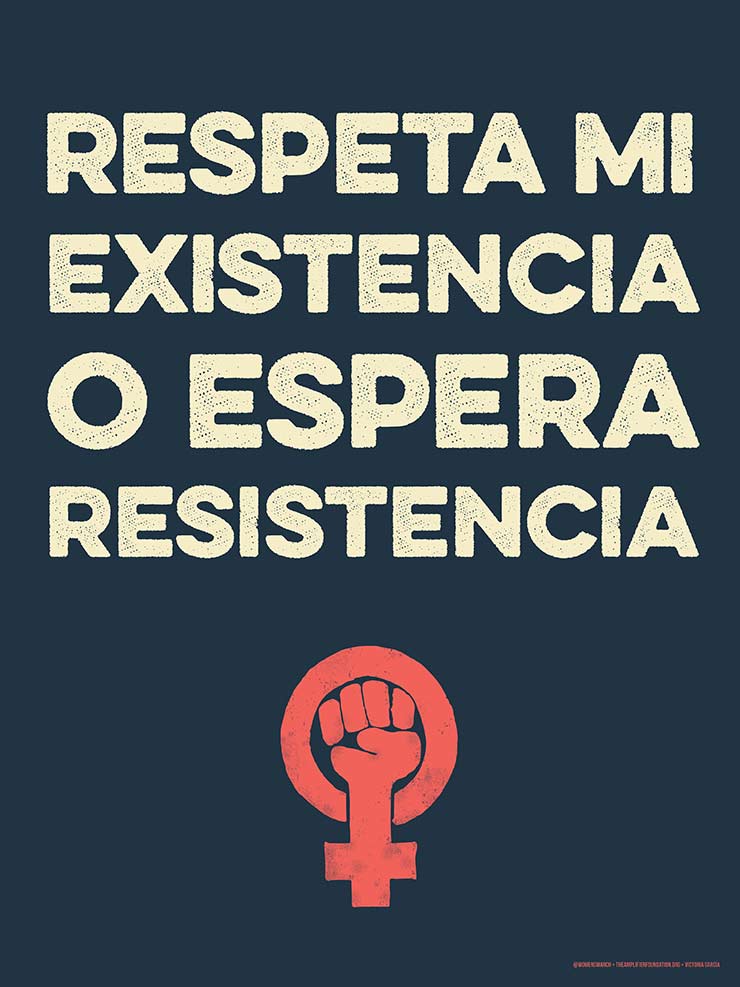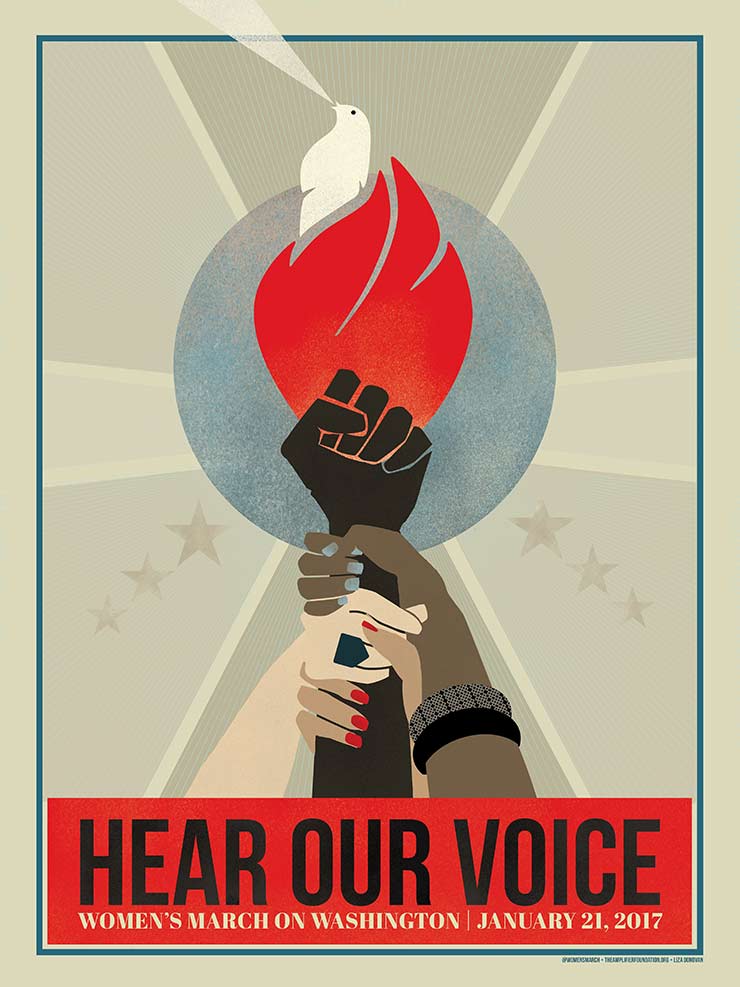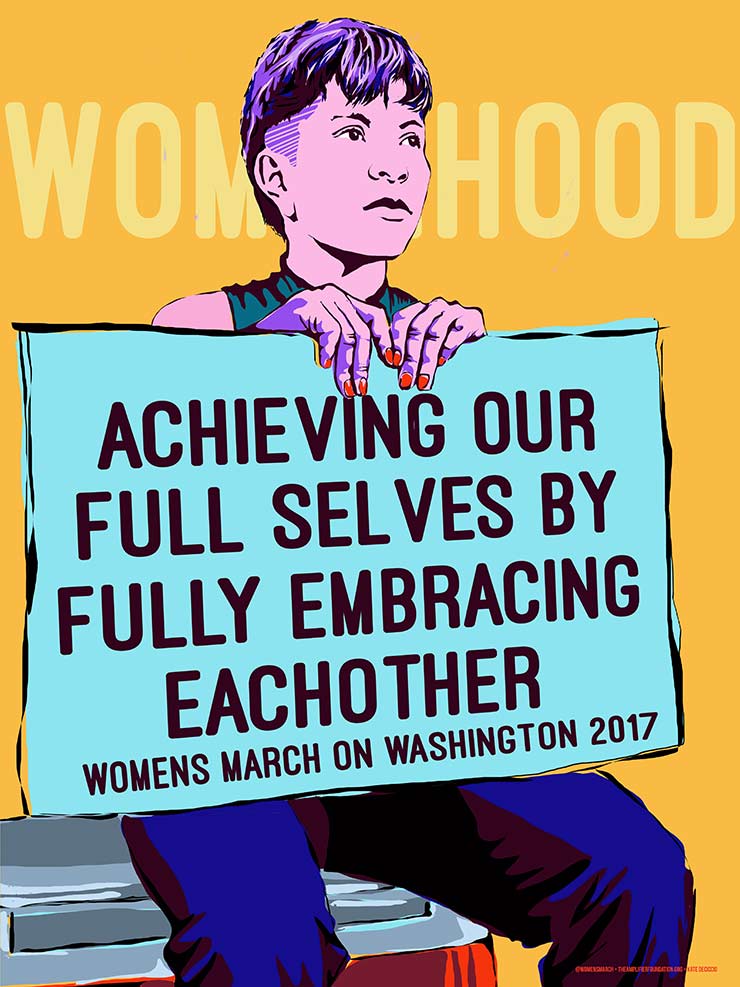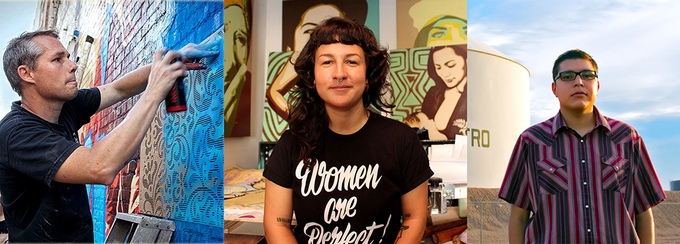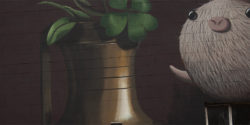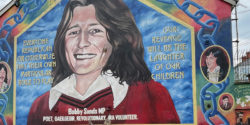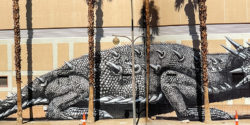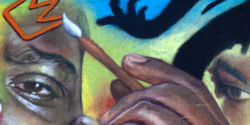New images and an interview today from Hawai’i with Melbourne native Street Artist David ‘MEGGS’ Hooke and his partner Miya Tsukazaki who together are envisioning the mural festival concept as something more holistic.
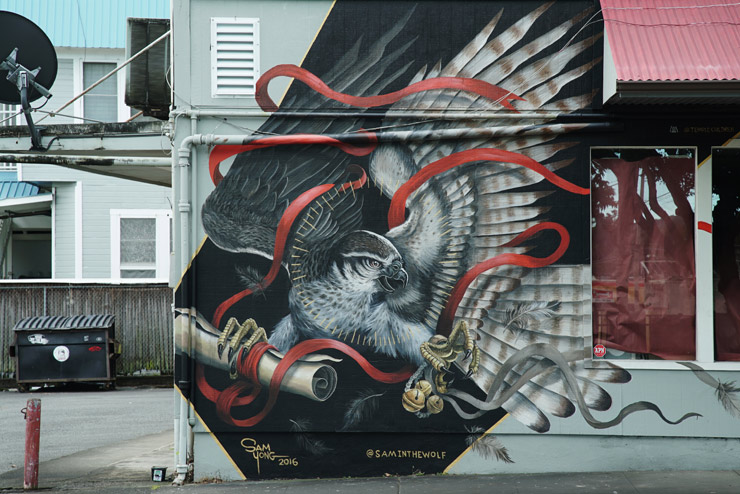
Sam Yong. Temple Children 2016. Hilo, Hawaii. (photo © Cory Martin )
The Temple Children project is partially a reaction to the devolved commercial model of mural festivals that use art and artists to imbue brands and cities with a vaguely “edgy” veneer – minus its counter-culture roots – and cynically factored as part of a marketing strategy to “target demographics” and ultimately “move product”.
It’s also a bold and ambitious re-imagining of a better world through art, creativity, community…and food.

Food Education. Temple Children 2016. Hilo, Hawaii. (photo © Cory Martin)
By framing the mural event as one element of a larger worldview, you can also expect to learn and participate through eco-tours, sustainability volunteering, and a group residency, among other activities and experiences.
“The name of our organization was inspired by Miya’s name, which translates to ‘Temple’ in Japanese,” MEGGS tells us. “Our efforts are to evolve a creative platform for the betterment of the planet and a humanity-led envisioning of the Earth as our ‘temple.’ ”
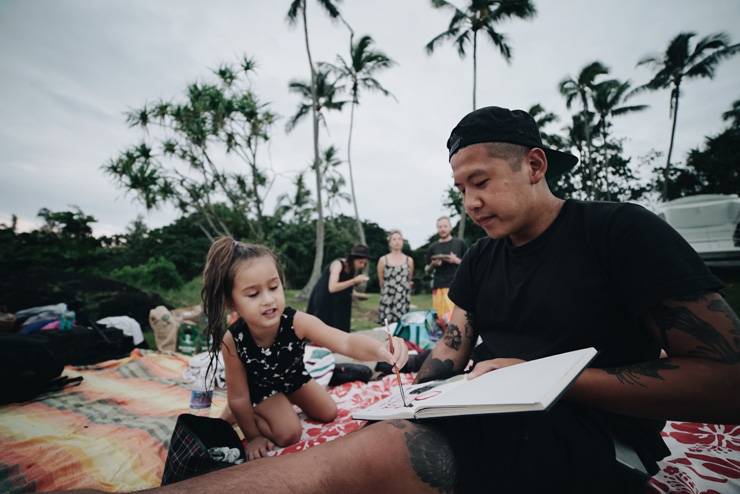
Keiki Outreach with Sam Yong, aka In The Wolf. Temple Children 2016. Hilo, Hawaii. (photo © Cory Martin)
So who are these ‘Temple Children’, you may ask? Are they actually children? Miya tells us “The name refers to our network of artists, creatives, and friends around the world who share in this vision. A Temple Child chooses to channel their skills and talents towards benefiting the greater good, ultimately increasing this universal consciousness.”
We had an opportunity to see MEGGS and Miya in Detroit in September when they did their pilot program installation in conjunction with “Murals in the Market” and the folks from 1xRun. Their they told us of a new vision they were developing in Hilo, the hometown of Miya that would hopefully add to the definition of mural festival – without calling it that specifically.
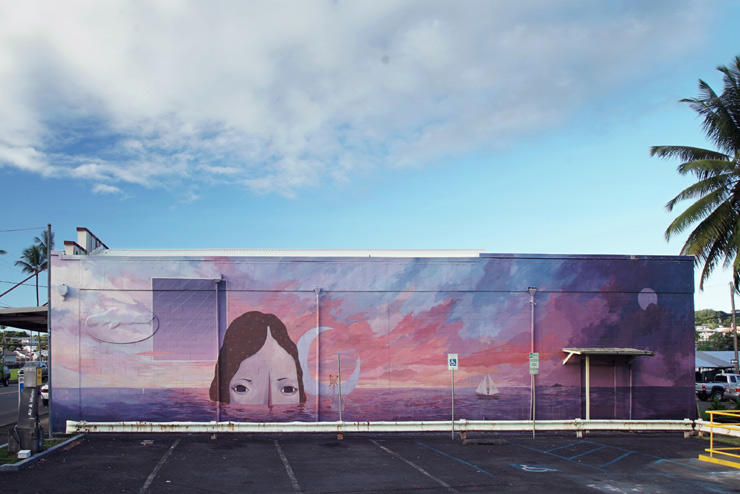
Yoskay Yamamoto. Temple Children 2016. Hilo, Hawaii. (photo © Cory Martin )
Today we share with BSA readers an interview with both MEGGS and Miya about their first immersive “Temple Children” event this fall, which featured works and workshops and kids programming and food harvesting and prep with artists including artists Jet Martinez, Yoskay Yamamoto, Rick Hayward, Emily Devers, Sam Yong, Kai’ili Kaulukukui, Brandy Serikaku, and filmmaker Cory Martin along with murals painted earlier in the year by MEGGS Lauren YS and Wooden Wave.
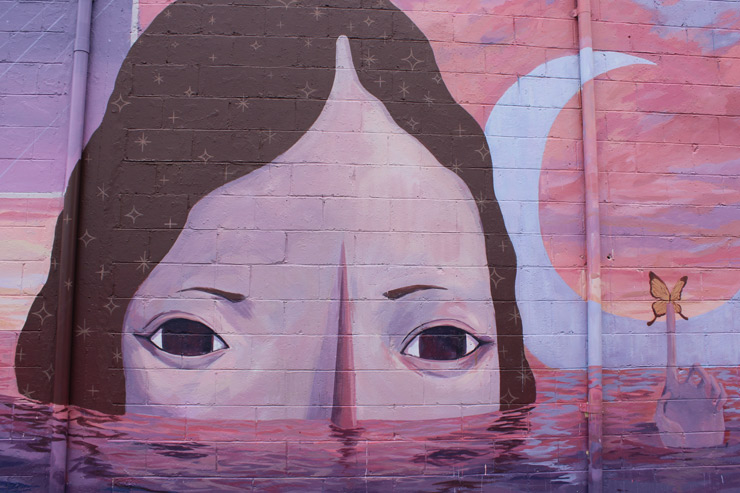
Yoskay Yamamoto. Detail. Temple Children 2016. Hilo, Hawaii. (photo © Cory Martin )
In their interview the two talked about their shared vision to merge visual arts and sustainable innovation at the community level.
Brooklyn Street Art: Let’s begin with something very wrong that we see a lot of: massive food waste almost everywhere we travel, including the US. Why do we waste so much food? From outsized portions and all-you-can-eat buffets, to supermarkets following a strict policy on expiration dates who throw out perfectly good food. Food waste includes our everyday habits and practices at home. What can be done?
MEGGs: Food waste is undoubtedly a serious challenge for our generation and we feel that it comes back to one of our core values – mindfulness. Taking a moment to think about where your food comes from, how much money you spend on food, where your food waste ends up and what that does to the environment are all very simple concepts that will minimize food waste. Being thoughtful about how much you consume, what foods you buy, and where these foods come from is one of the easiest ways to conserve energy and reduce one’s carbon footprint (and not to mention save money!).
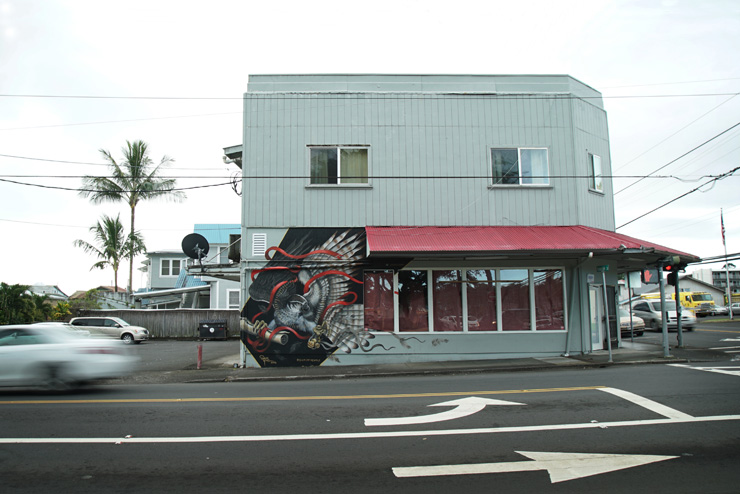
Sam Yong. Temple Children 2016. Hilo, Hawaii. (photo © Cory Martin )
Miya: We are big advocates of the locavore movement. Through our projects, we encourage others to buy local and seasonal foods and teach people why this is critical, both socially and environmentally. It’s not only an easy way to prevent pollution that is associated with the transportation of food; eating local (and organic when possible) is healthier for the mind and body because the quality of the food is undoubtedly higher.
Through our recent project, we were able to put these ideas into action and served our artists and team near to 100% of Big Island-sourced foods. It was a challenge to say the least, but we prioritized it and made it happen through our own cooking and through donations from like-minded farms and businesses in the Hilo community.
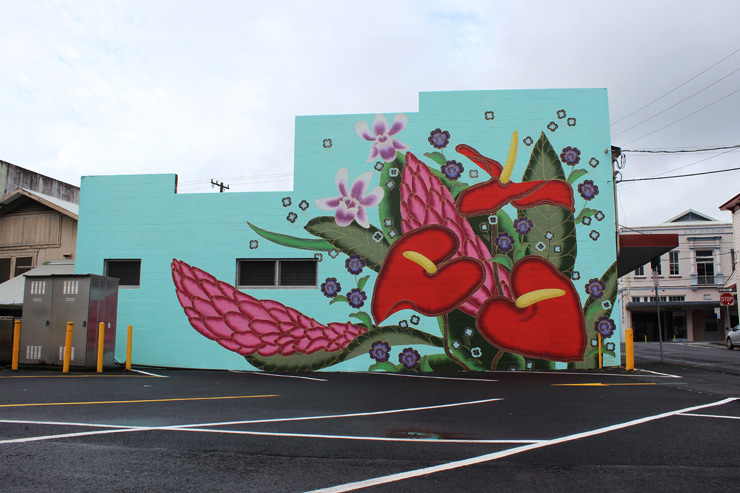
Jet Martinez. Temple Children 2016. Hilo, Hawaii. (photo © Cory Martin )
MEGGS: We educated our visiting artists on the cultural values of food here in Hawai’i and why being mindful of food is vital for the future of our planet. They all seemed to absorb what we had to offer them and repeatedly commented on how they felt better every day and had more energy for painting. We’ve witnessed the positive impacts of incorporating these values into our projects firsthand and look forward to seeing how our food sustainability efforts unfold.
Brooklyn Street Art: What connection does an artist have in the community where they paint? Many new urban art festivals are criticized for what we have called a “cultural imperialism” that imposes art that is not in tune with the culture or even in context with its surroundings. Is there another way to conceive of an Urban Art mural festival?
MEGGS: Sometimes the artist has a deep connection and other times no connection at all – which may pose a problem during this unpredictable time in history. While we 100% appreciate art for art’s sake, we created this platform for meaningful artworks that will have a lasting positive effect.
Miya: Yes, we do believe there is another way to conduct a mural festival and this concept is one of the main reasons we chose to take our projects back to the basics, and strip the idea of ‘mural festival’ altogether. We consider it a sustainability project, where the murals are a byproduct of a bigger scope – to encourage real connections between our artists, the community, and the environment.
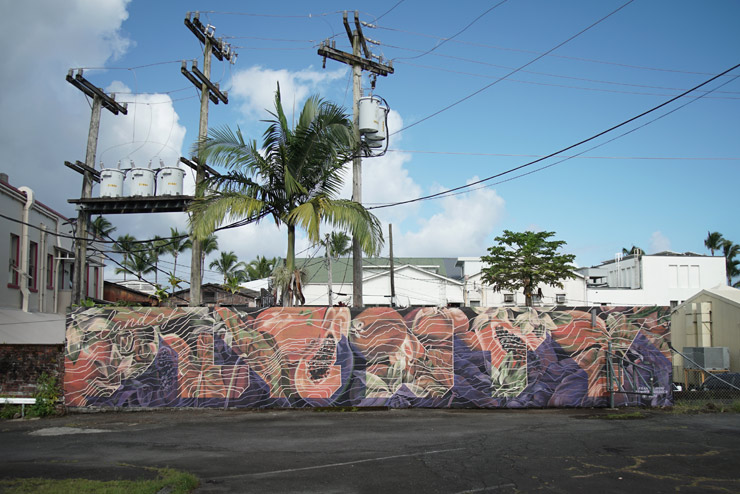
Frank & Mimi. Temple Children 2016. Hilo, Hawaii. (photo © Cory Martin )
MEGGS: Both of us have been involved in many mural festivals in recent years and it is quite often that during these urban art festivals we experience a division between an artist and the community they paint in. Sometimes the community is left out of the process or completely ignored from thought when these artworks are conceived, leaving them feeling disconnected. We hope our resulting public art inspires and uplifts the public (especially the kids!), as we thoughtfully integrate our artists into the communities where we hold our projects.
Miya: By connecting them with the local culture, environment, people, and food, we encourage them to bring forth messages of sustainability and positivity for the community to enjoy. It is not an easy thing to do, and we feel very lucky that we are able to do it.
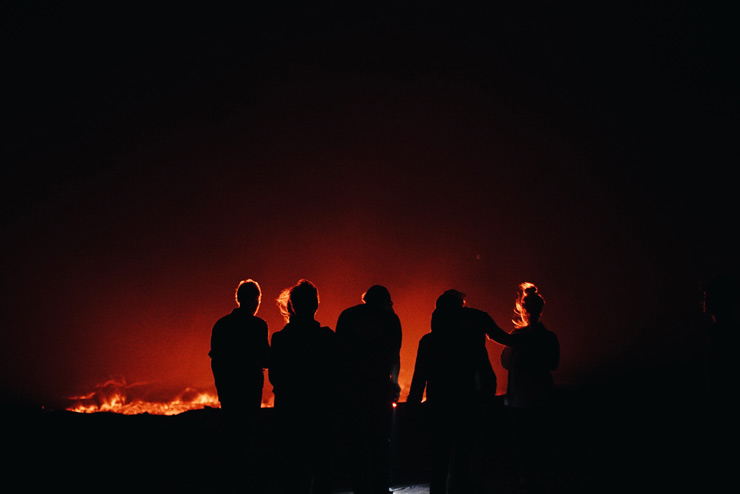
Kilauea Ecoguides take Temple Children on a “Lava Trek.” Temple Children 2016. Hilo, Hawaii. (photo © Cory Martin)
Brooklyn Street Art: You address themes of food sustainability, the environment and art education. What is art’s role and the artists’ role when it comes to addressing social causes? Should art be necessarily activist? Subversive? Antagonistic?
MEGGS: We don’t believe that art or public art should be anything other than the artist intends it to. We both tend to connect a bit deeper, however, to artworks that have underlying messages expressing thoughts or reactions to environmental and social issues.
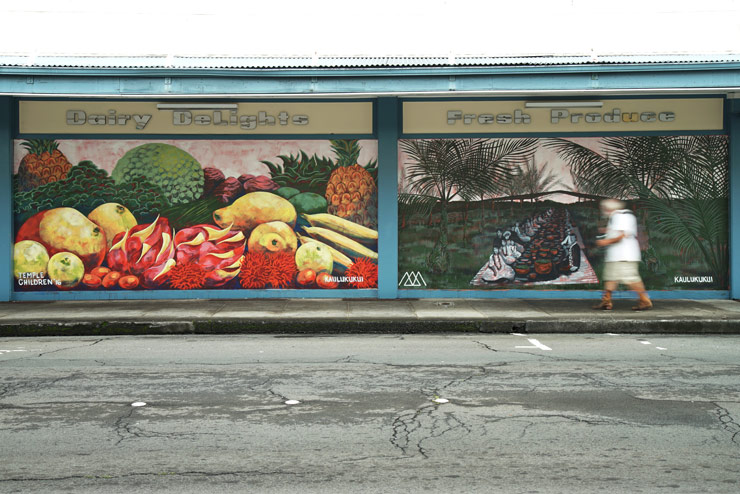
Kai’ili Kaulukukui. Temple Children 2016. Hilo, Hawaii. (photo © Cory Martin )
Miya: Our Temple Children platform is a space for artists who want to explore these feelings and be a part of a larger common goal. There is a give and take involved, with an emphasis on the give. It’s not for everyone, and our projects are specific to those who are on the same wavelength or are moving towards it.
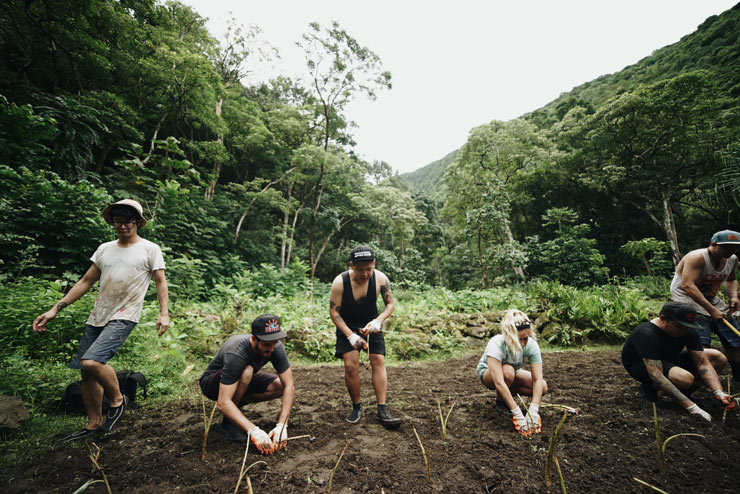
Lo’i restoration with Pohaha I Ka Lani. Temple Children 2016. Hilo, Hawaii. (photo © Cory Martin)
Brooklyn Street Art: We just saw the “Paint the Revolution: Mexican Modernism” exhibition at the Philadelphia Museum of Art and we were profoundly moved by the ferocity and fearlessness in which Diego Rivera, Orozco, Siqueiros, Tina Modotti, Alvarez Bravo and many other Mexican artists embraced the burning social issues of their time and used their work to call out the hypocrisies and corruption in society and government. Can art be impactful and inspire positive change in social/political matters in today’s world?
Miya: We’d like to think so! We believe that art can be a contributing factor to social change, especially in regards to the dialogue and awareness surrounding social and environmental issues. The challenge that an artist can face, however, is deciding how to best contribute their skills to inspire the actions necessary to make a change.
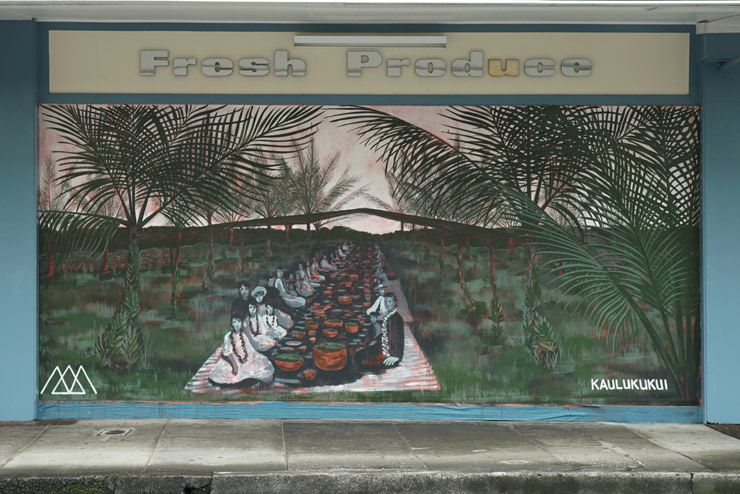
Kai’ili Kaulukukui. Detail. Temple Children 2016. Hilo, Hawaii. (photo © Cory Martin )
MEGGS: Whether it is through physical action, fundraising, aligning and supporting community and environmental organizations, etc… the possibilities really are endless if an artist decides to use his or her art to influence these matters. We see it happening more and more due to our planet’s current environmental, social, and political climate.
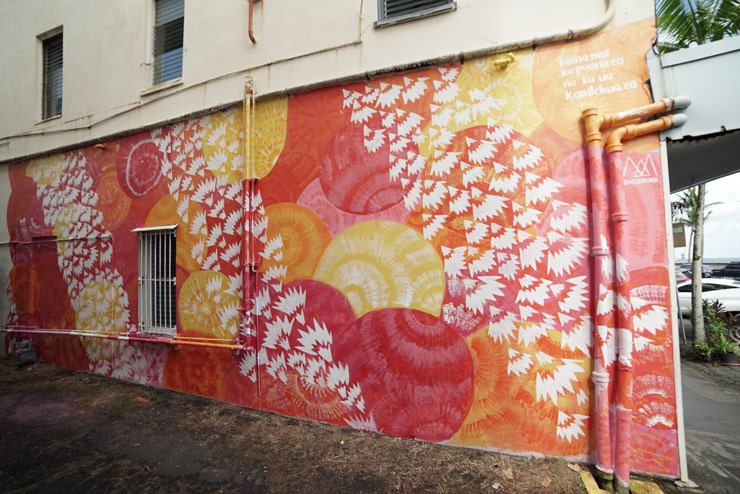
Brandi Serikaku. Temple Children 2016. Hilo, Hawaii. (photo © Cory Martin)
Brooklyn Street Art: What is your formula for giving the artists enough time to paint, explore, conduct workshops and even do a little reforestation?
Miya: We set out with an ambitious 10-day minimum requirement that everyone be on island. Given that this project is paid and includes accommodations and all meals, we felt it was a reasonable commitment of time. There were no objections because our roster of artists were very excited to come and experience what the Big Island has to offer.
MEGGS: They spent 3 days getting to know each other and immersing in adventure and volunteer work, 5 days painting the murals, and 2-3 days at a beach house where we could relax and hike to the lava flow. There isn’t a fool-proof formula in place because of unforeseen obstacles (weather in the tropics and lifts breaking for example), but we feel 10 days to two weeks is a good amount of time to achieve all of the goals we set for the project, including the mural painting.
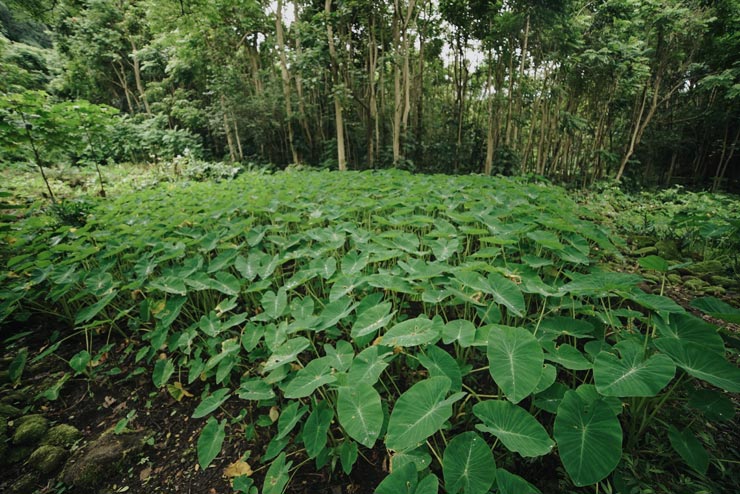
Lo’i restoration with Pohaha I Ka Lani. Temple Children 2016. Hilo, Hawaii. (photo © Cory Martin)
Brooklyn Street Art: Who are you inspired by – or what’s inspiring to you to continue Temple Children?
MEGGS: This project is inspired by many factors. The first is our ‘global community’ of friends and artists who we consider our family. Although we are miles apart, it seems we are all fighting for a common cause and it is comforting to know that you aren’t alone on this sometimes discouraging and unpredictable journey. It’s not only a support network, it fuels us to continue to exchange ideas with other like-minded people for the betterment of our communities and environmental sustainability.
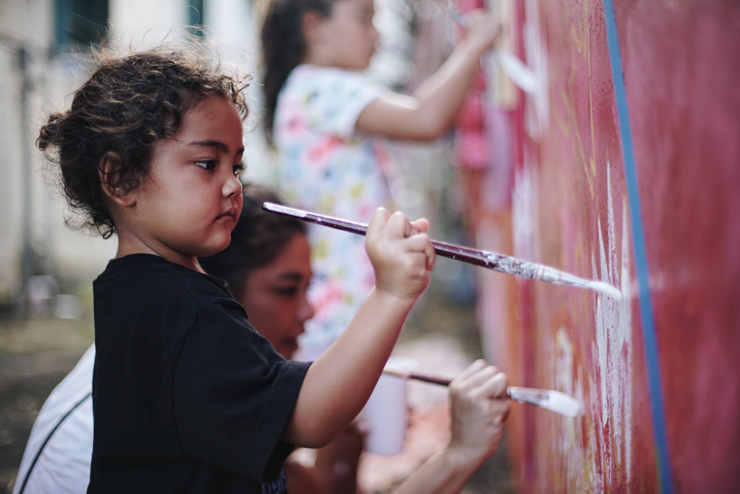
Keiki Outreach with Brandy Serikaku. Temple Children 2016. Hilo, Hawaii. (photo © Cory Martin)
Miya: Which leads to another inspiration – the keiki, or kids. We’ve experienced first-hand the pure joy that the kids feel when they see or help with a mural, and it is a goal of ours to do what we can to uplift future generations in smaller communities with less resources. Many of them are not exposed to what the world has to offer them, and we bring global ideas and artists from faraway places to teach them that they can pursue their art and creativity as a legitimate career path.
MEGGS: Most importantly, we are inspired by Mother Earth and her natural wonders. The threatened state of our planet is the ultimate motivation to do whatever we can to help protect our resources for every living being that shares this special place.

Kilauea Ecoguides. Lava Trek. Temple Children 2016. Hilo, Hawaii. (photo © Cory Martin)
To learn more about Temple Children click HERE
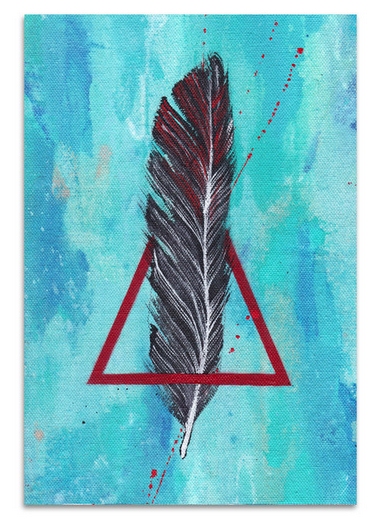 Temple Children is currently raising funds for the Standing Rock Sioux Tribe in support of their efforts against the Dakota Access Pipeline. 100% of the proceeds from this limited run of 40 pieces goes to the Standing Rock Sioux Tribe.
Temple Children is currently raising funds for the Standing Rock Sioux Tribe in support of their efforts against the Dakota Access Pipeline. 100% of the proceeds from this limited run of 40 pieces goes to the Standing Rock Sioux Tribe.
Find out more by clicking HERE
@templechildren @houseofmeggs
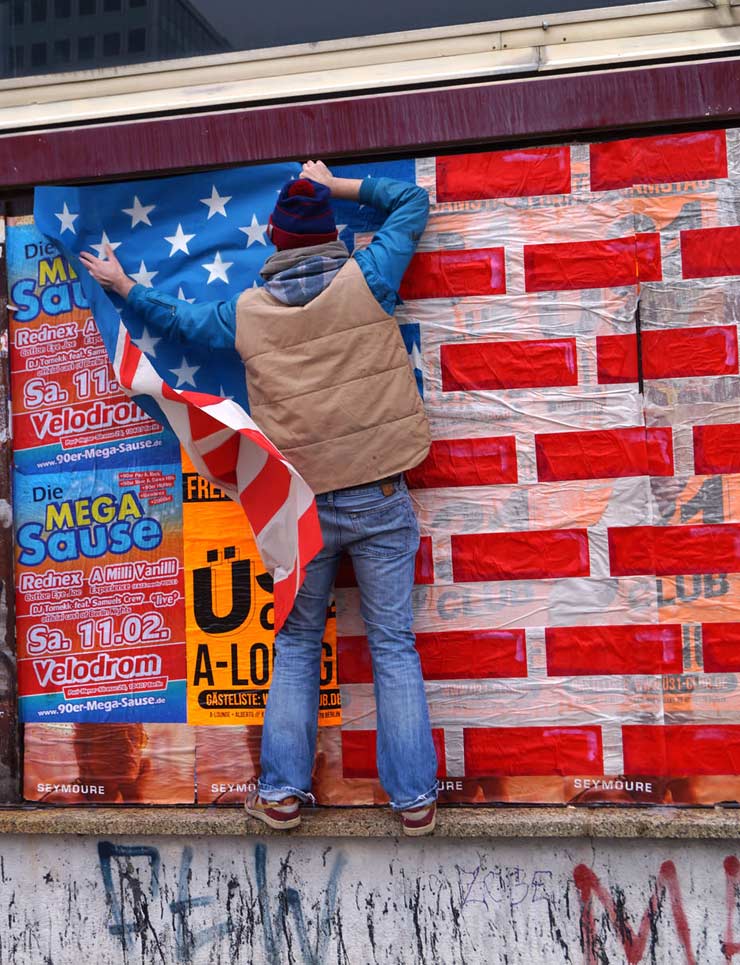
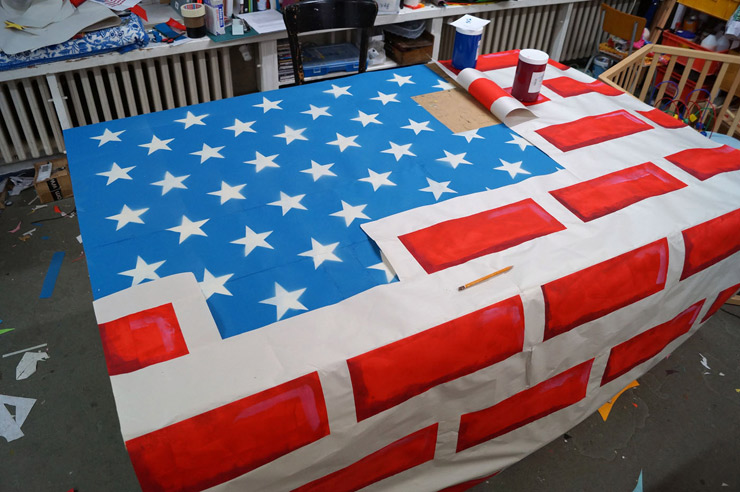
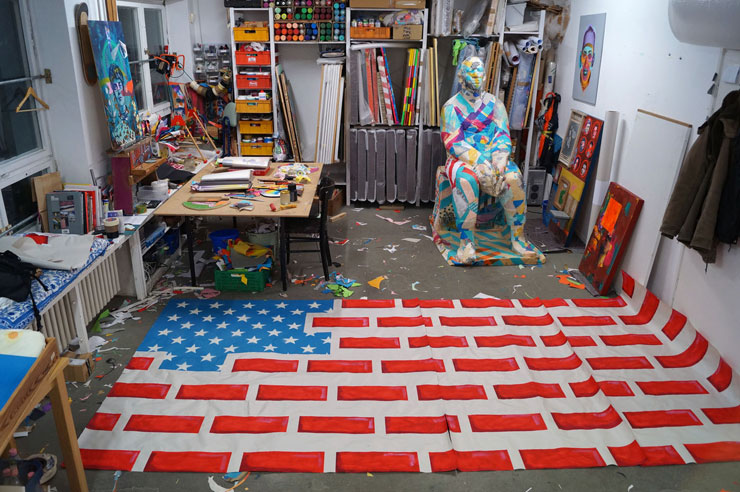
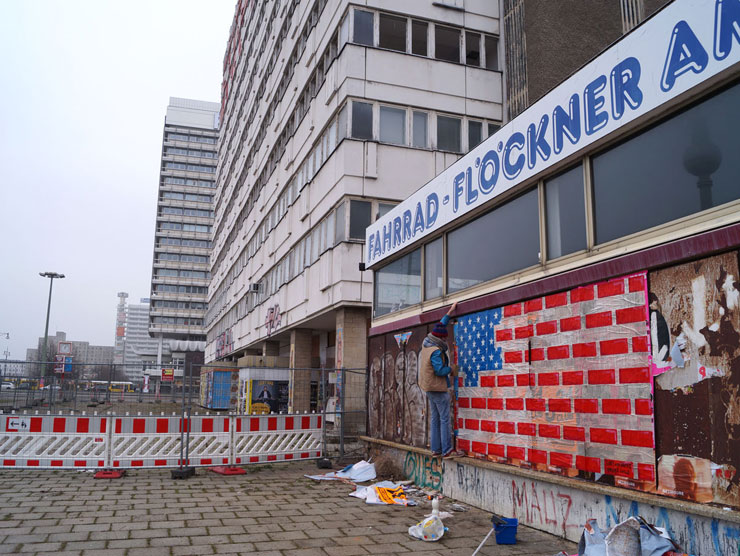
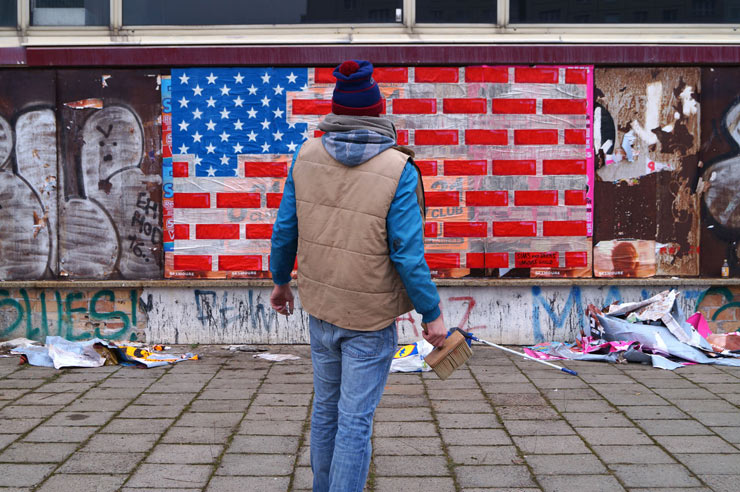
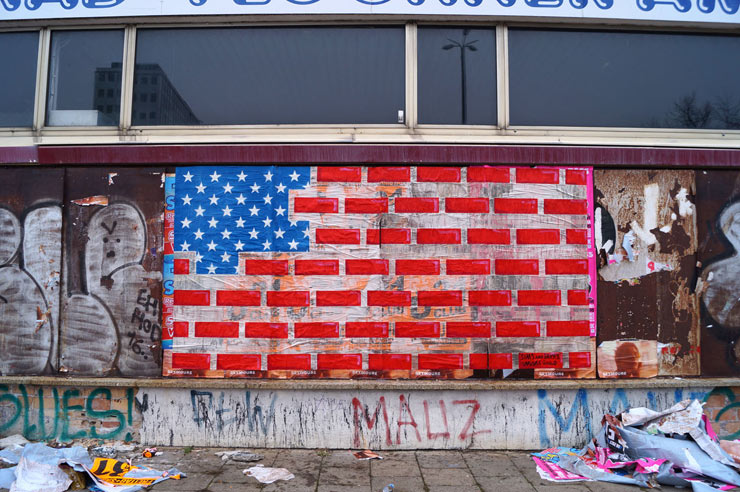
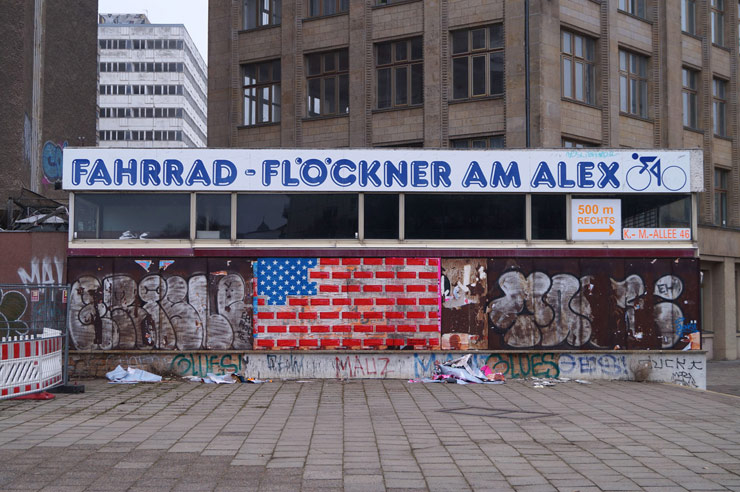
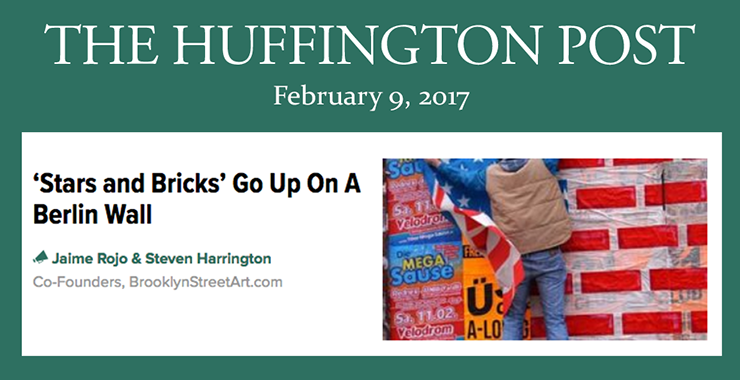
 BROOKLYN STREET ART LOVES YOU MORE EVERY DAY
BROOKLYN STREET ART LOVES YOU MORE EVERY DAY

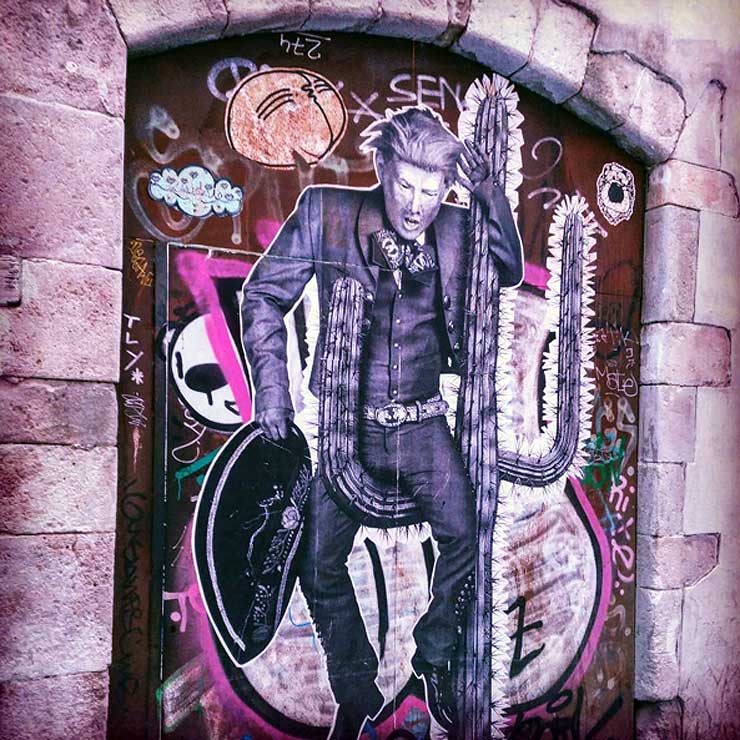


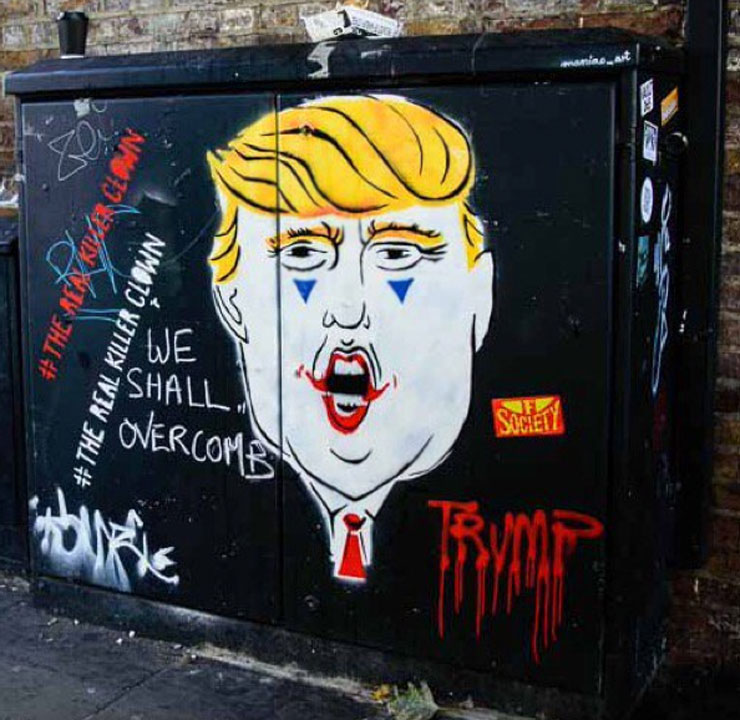
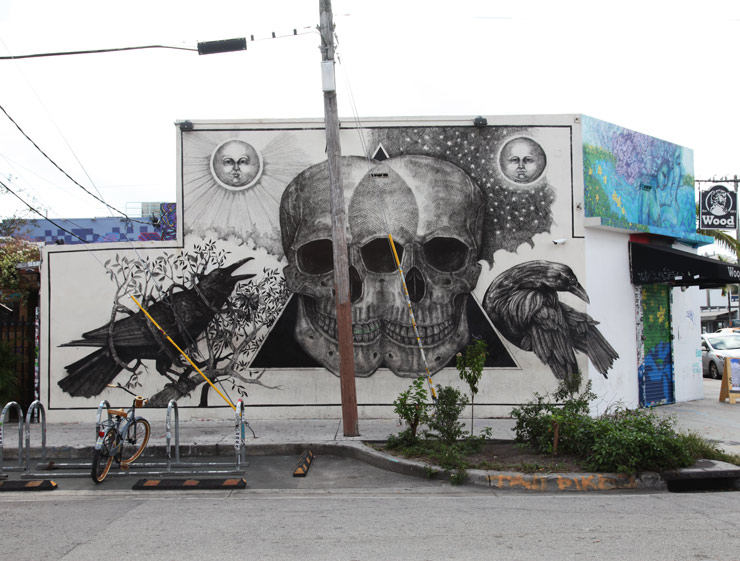


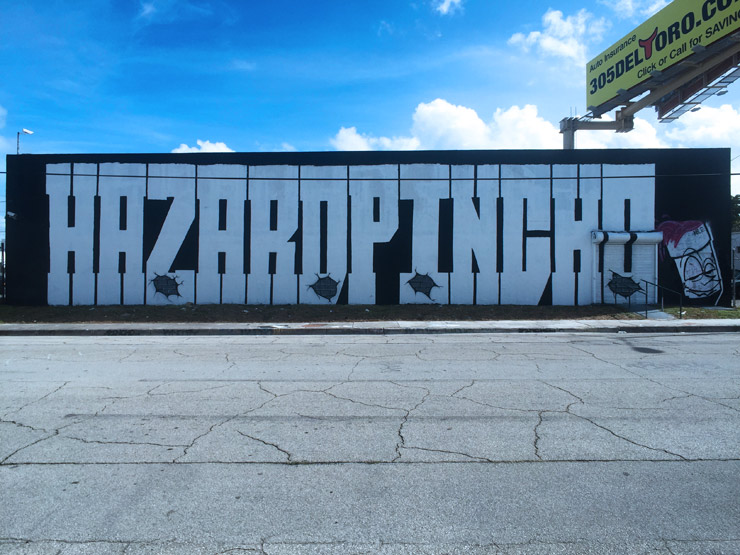
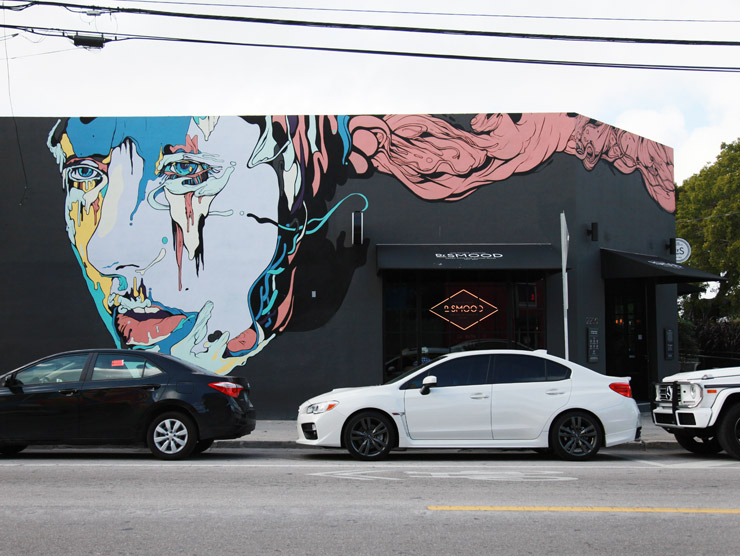 Jose Mertz. Wynwood, Miami. (photo © Jaime Rojo)
Jose Mertz. Wynwood, Miami. (photo © Jaime Rojo)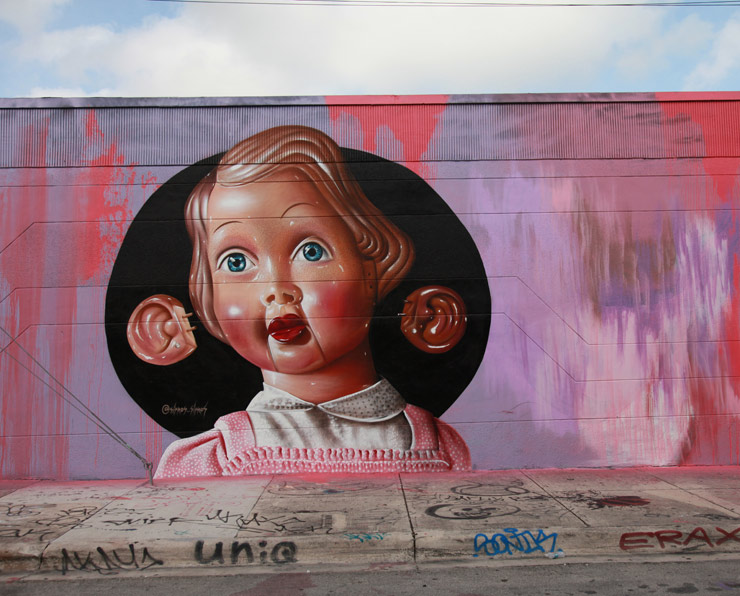
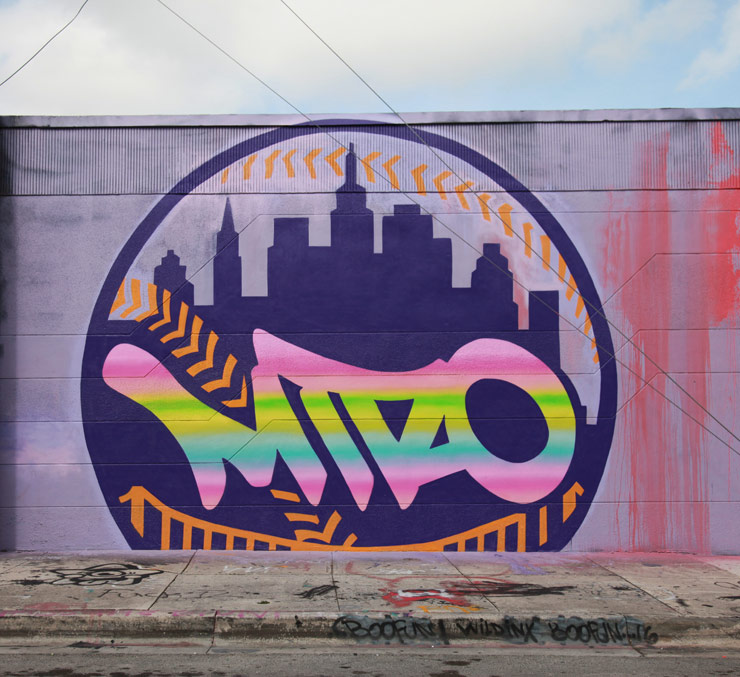
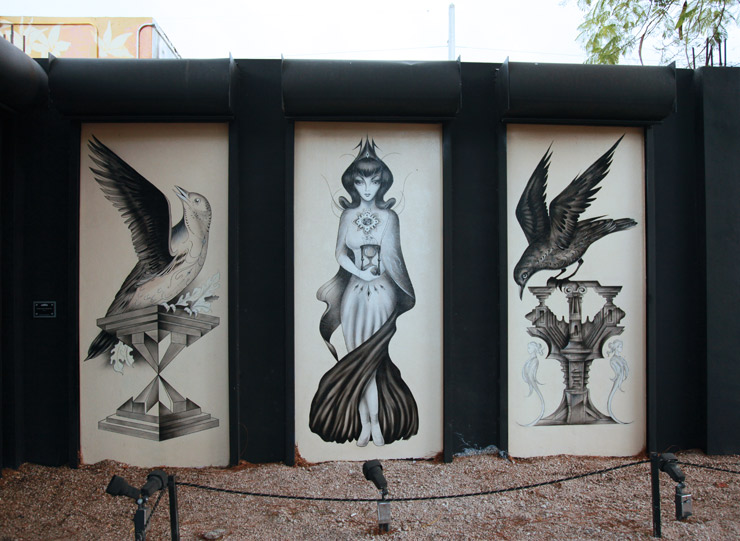
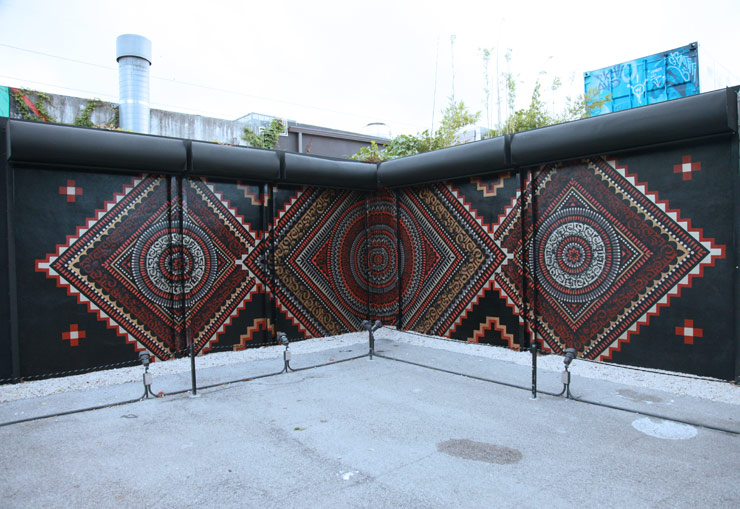
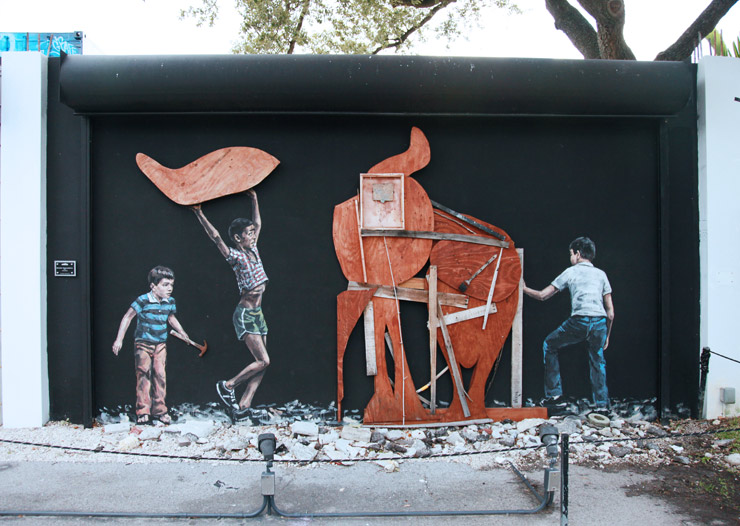
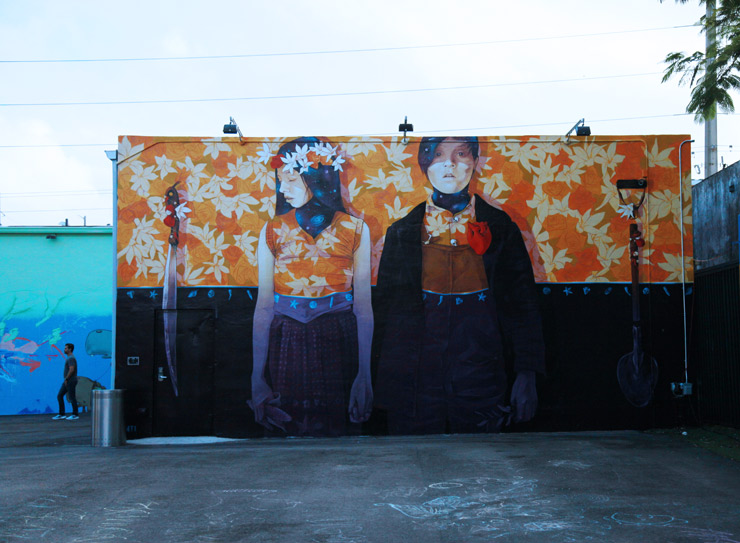

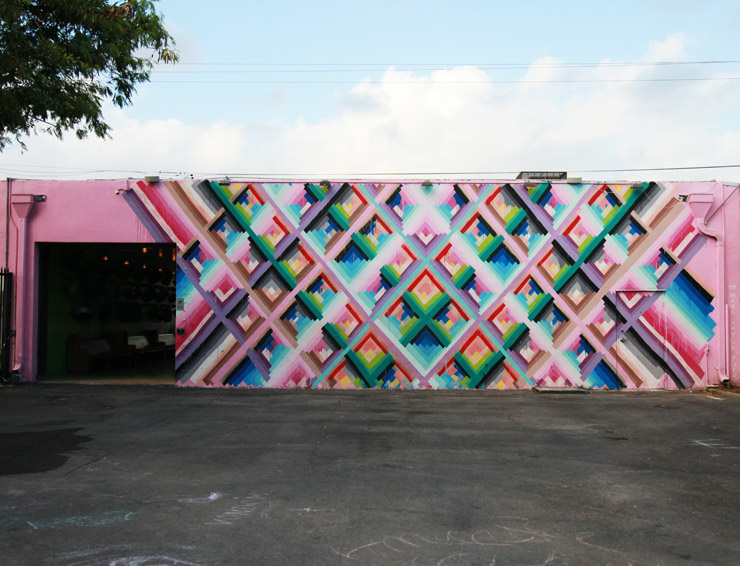
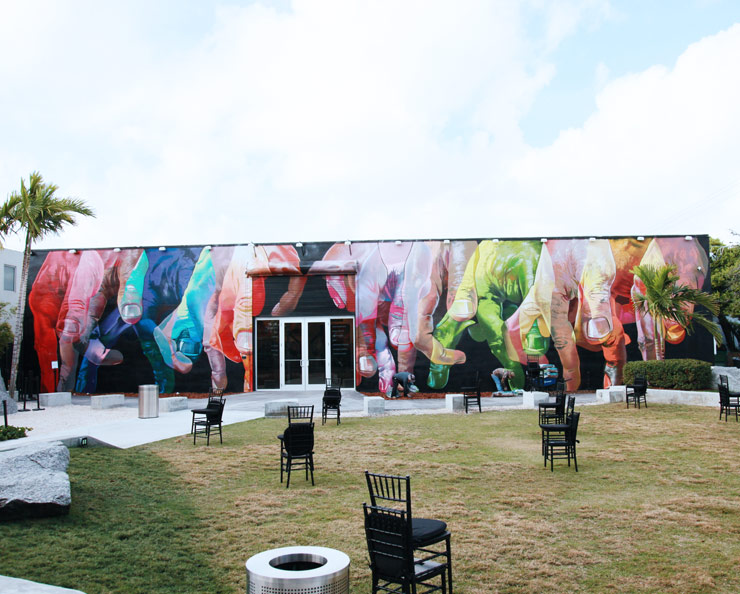

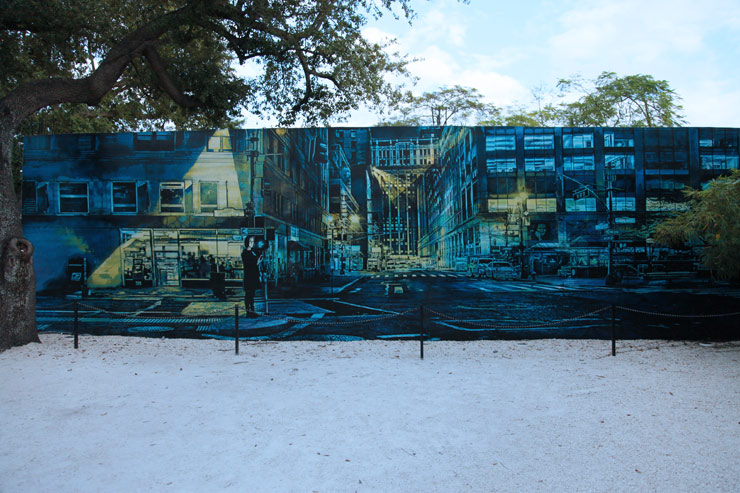
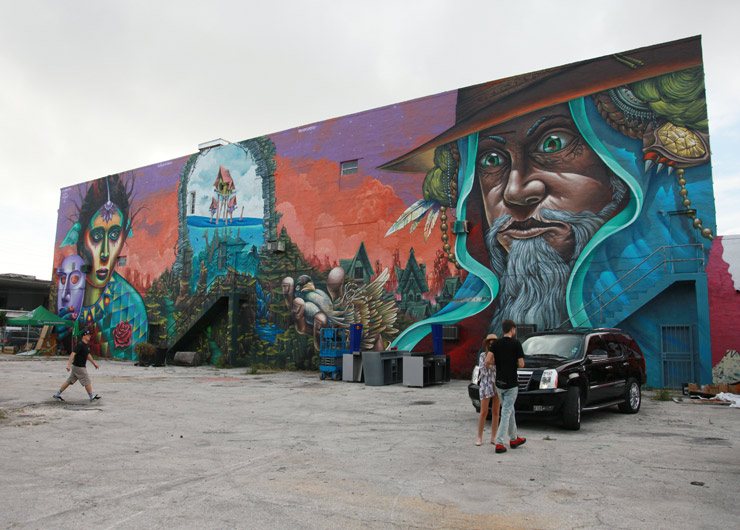
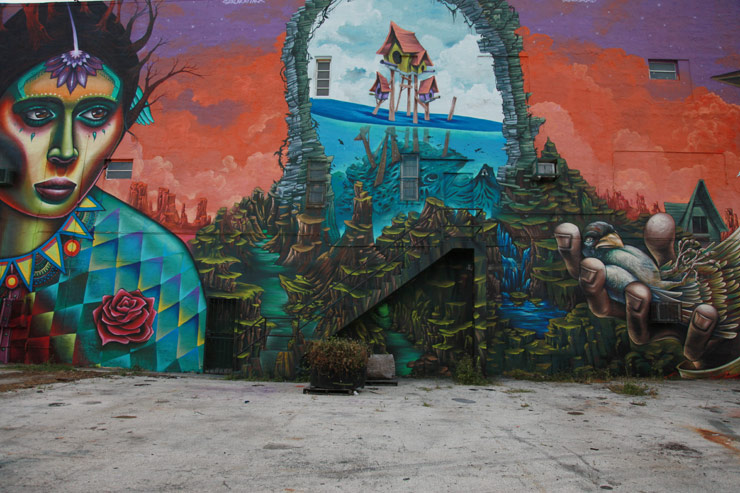
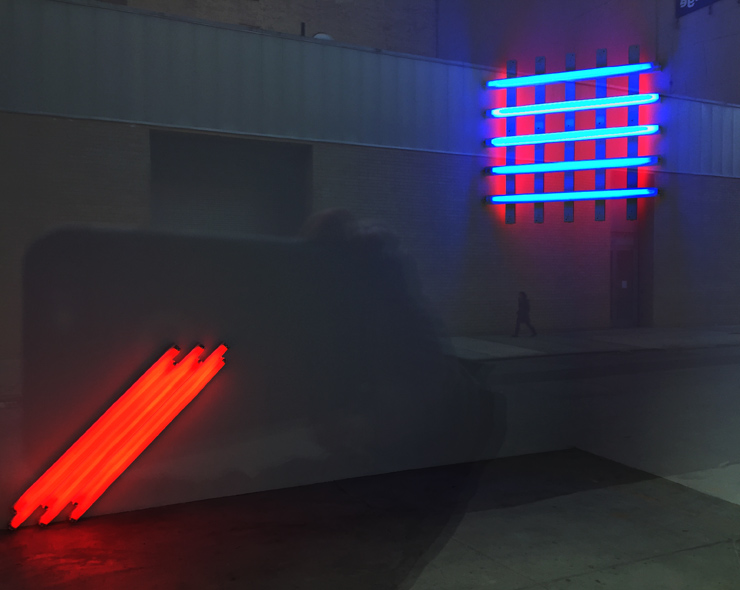
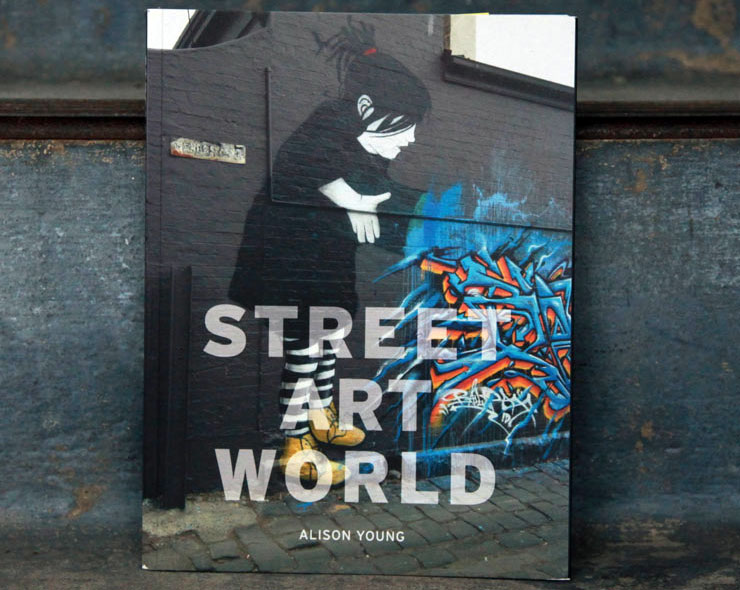
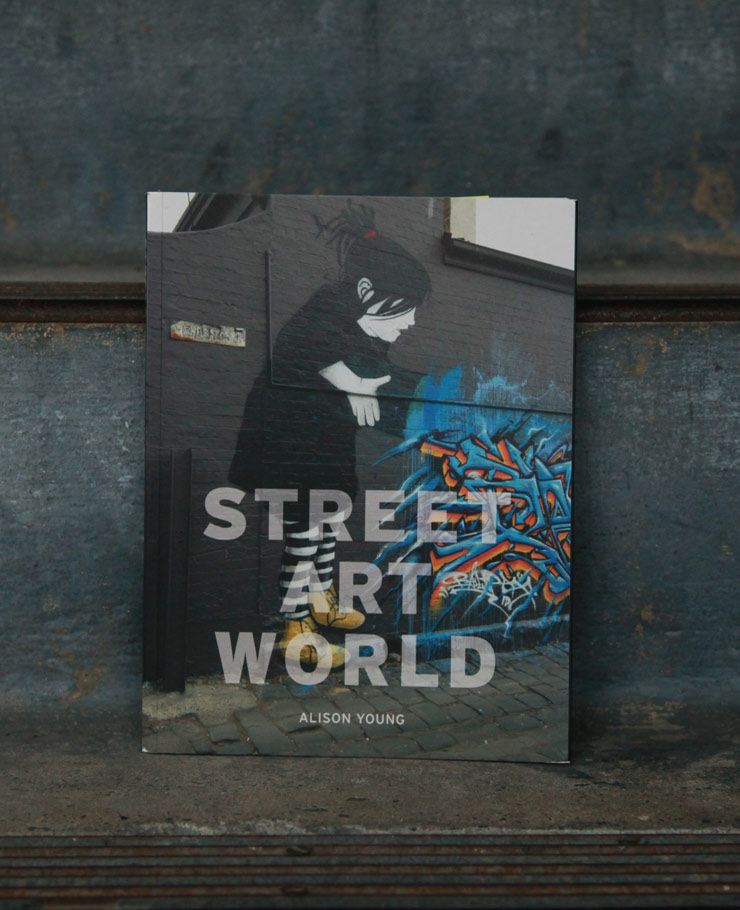
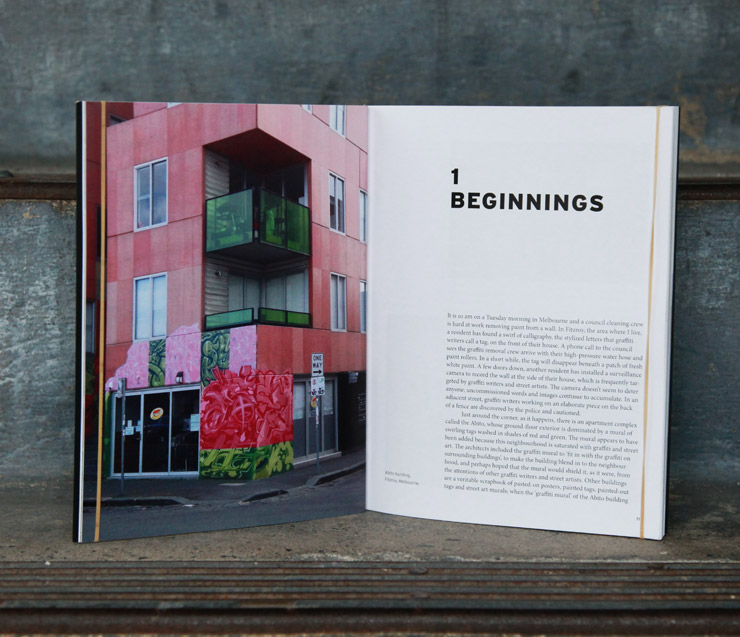
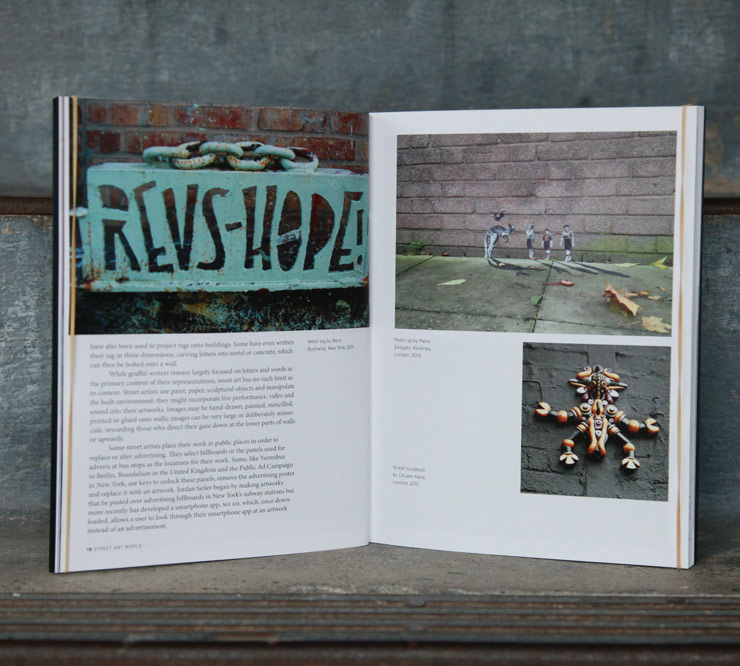
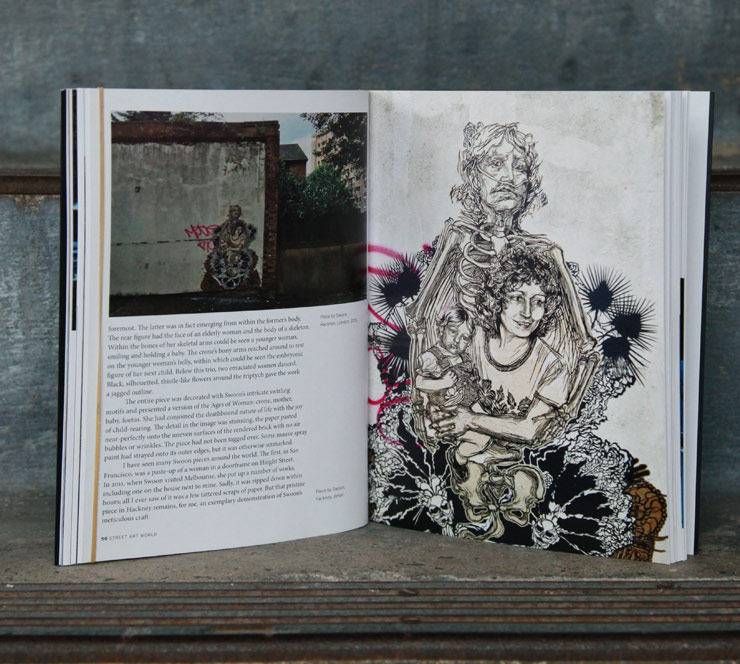
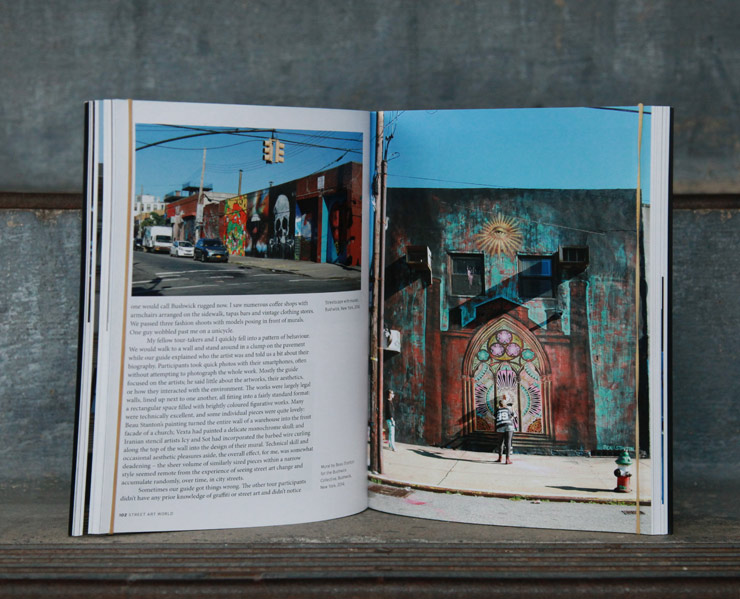
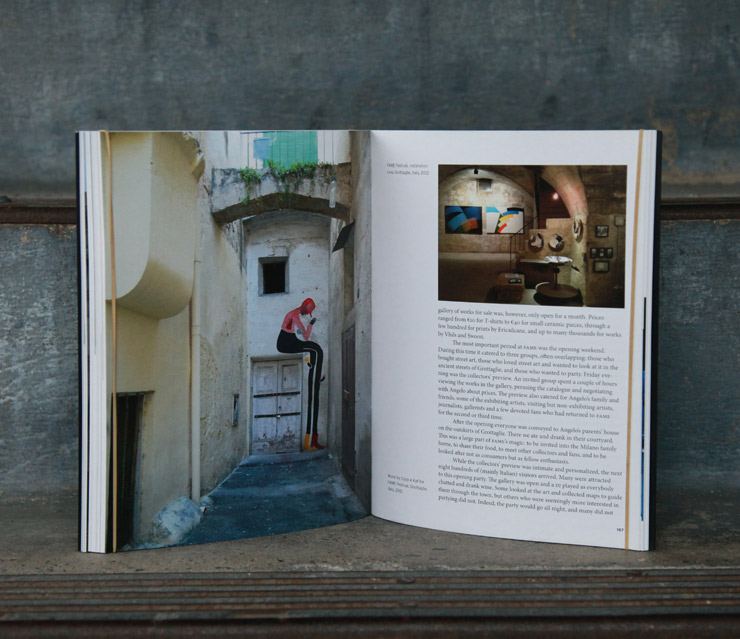

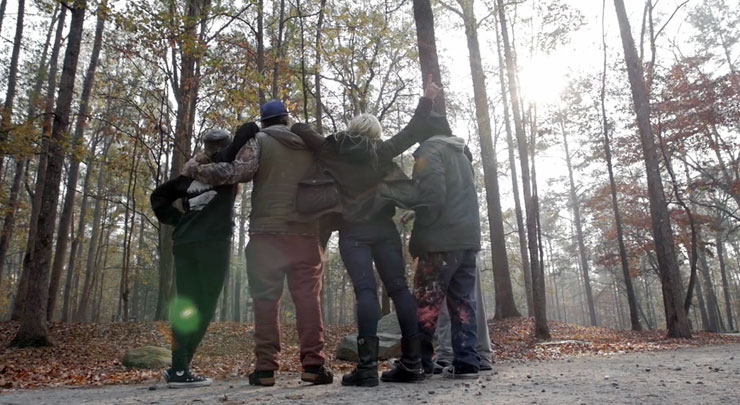



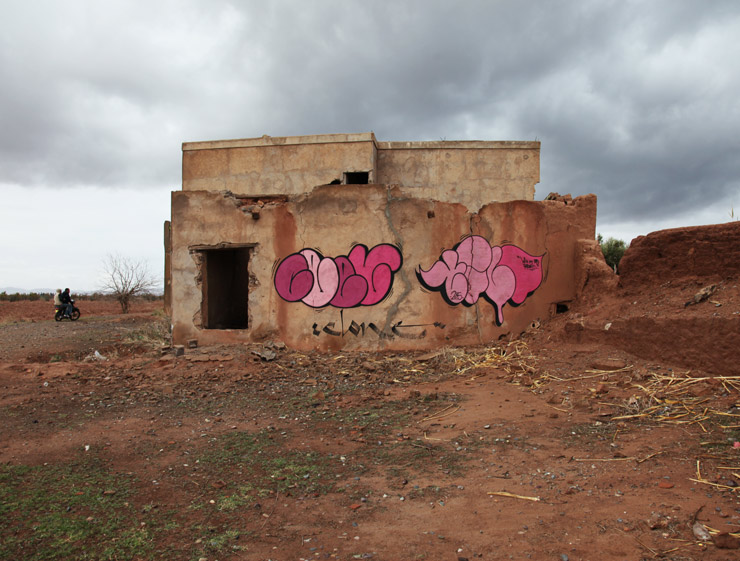

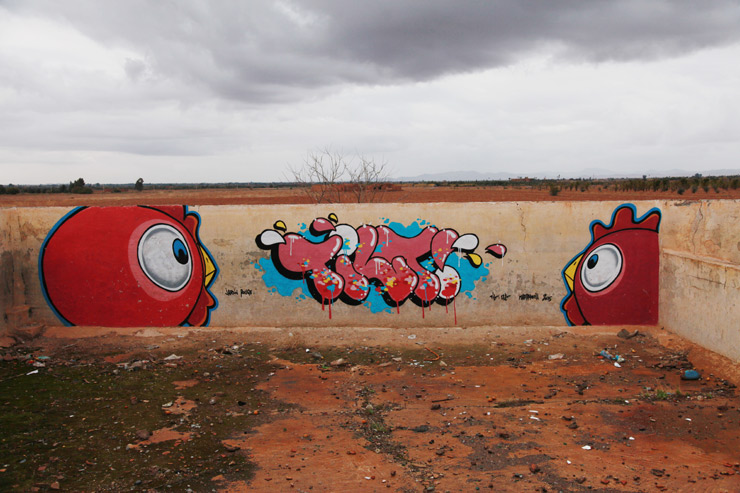
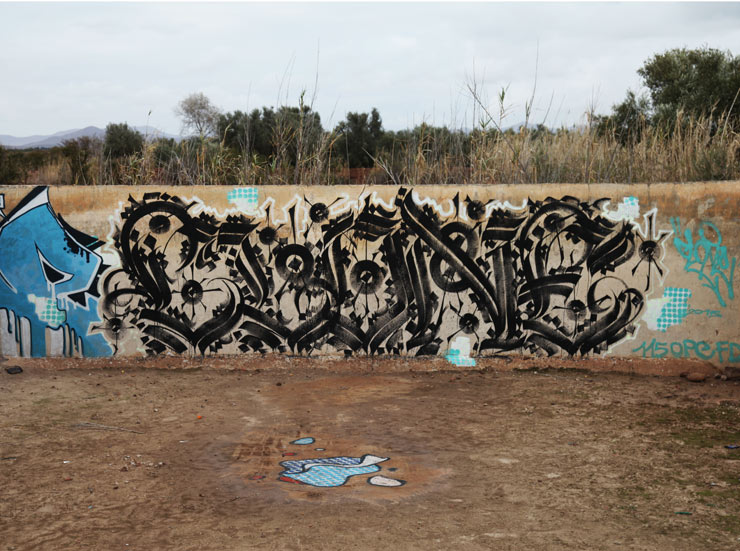
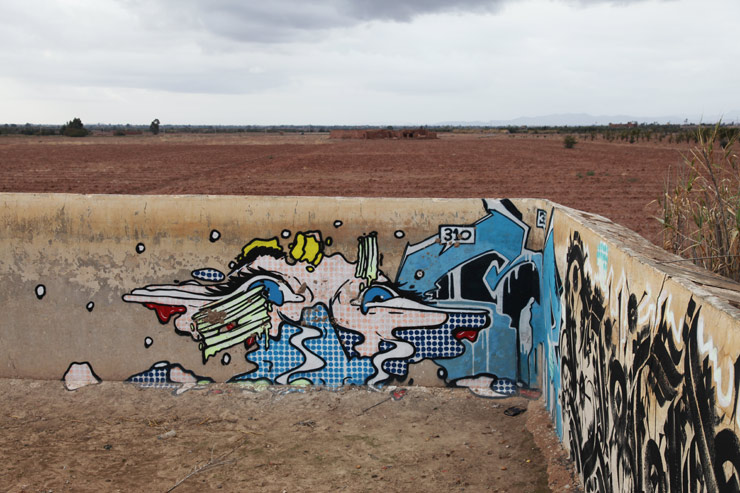
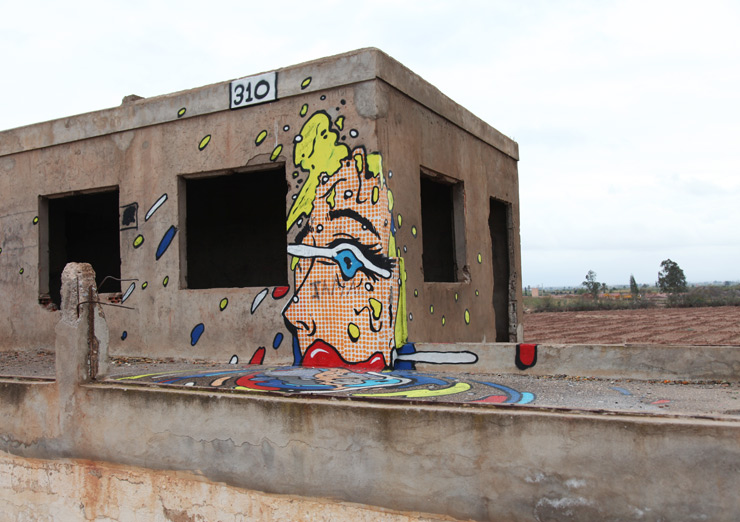
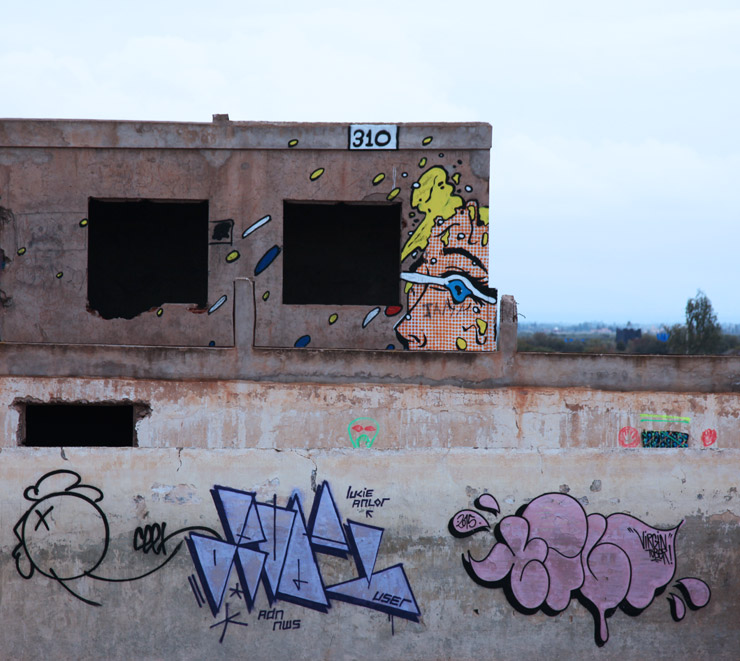
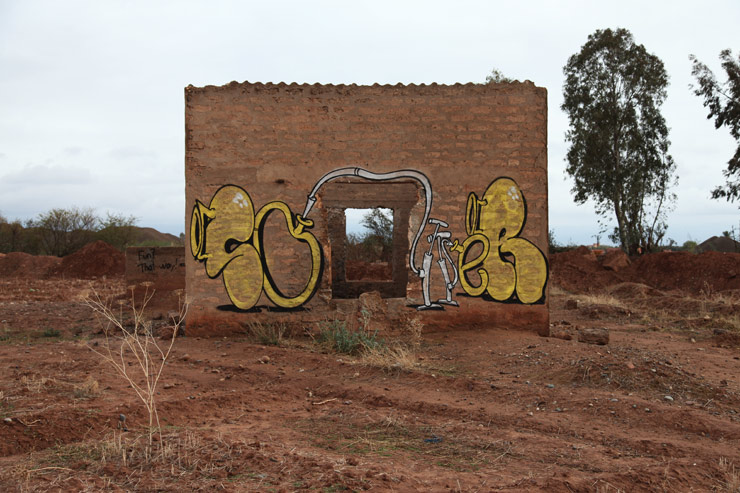
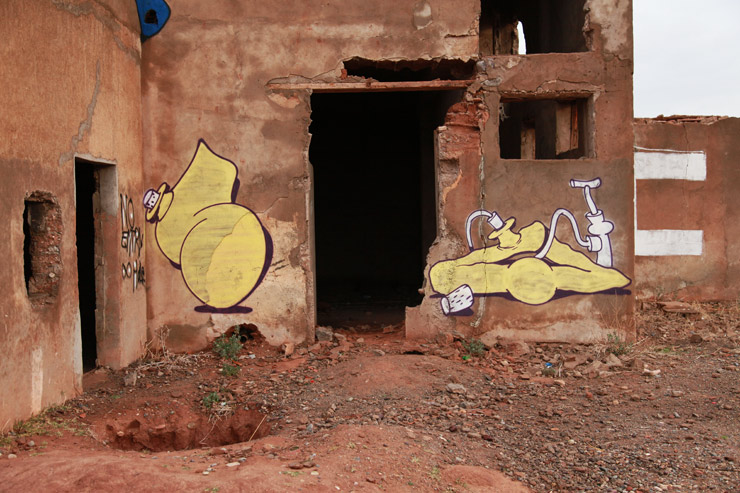
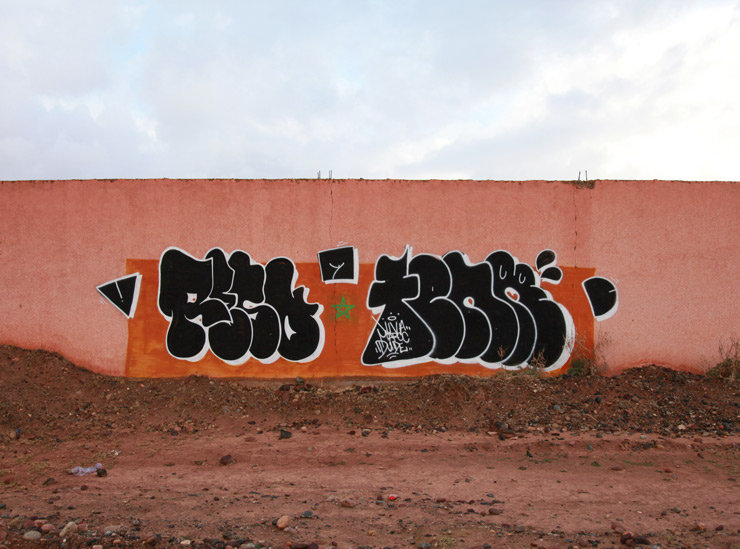
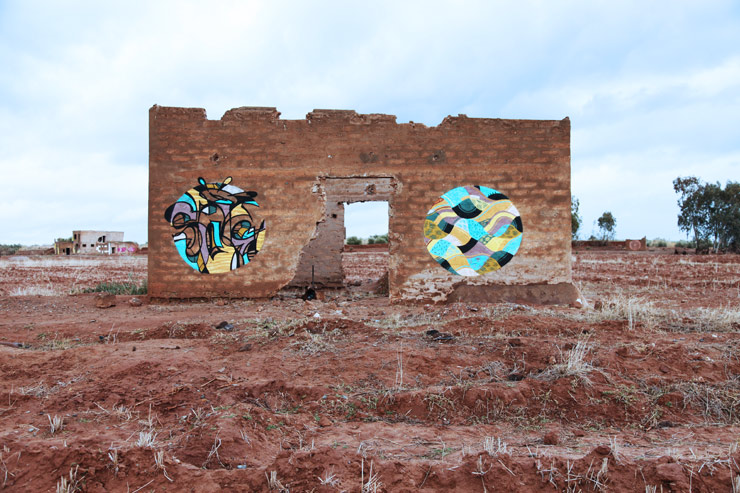
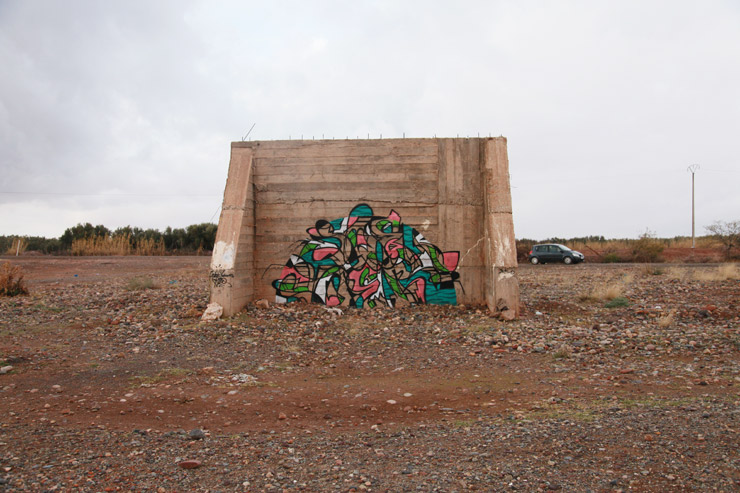
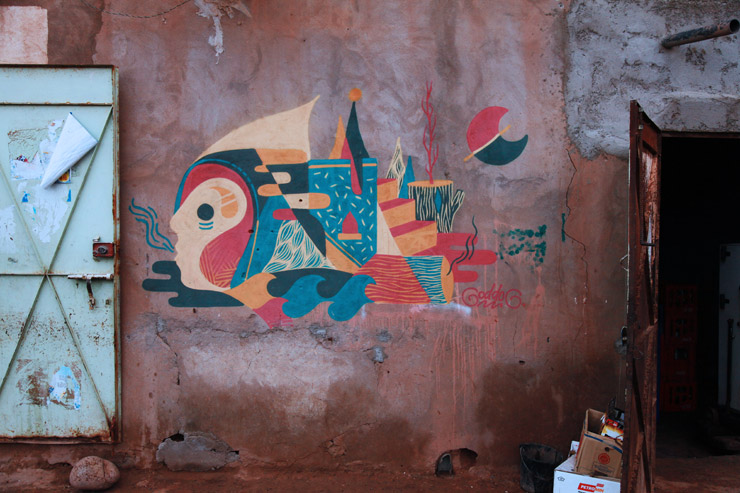
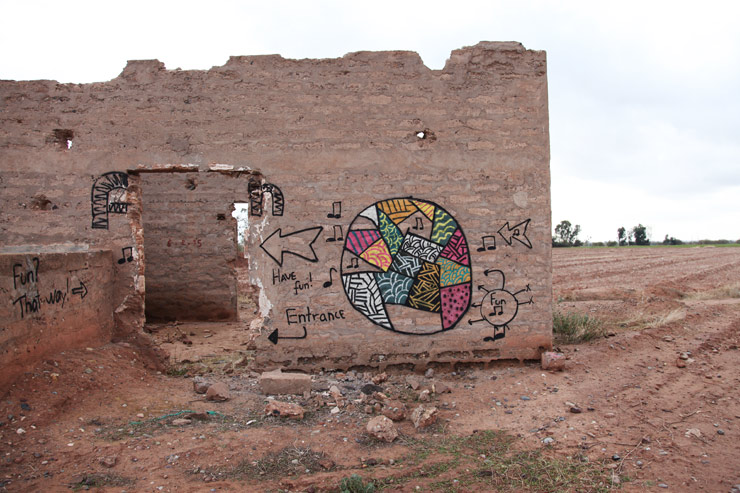
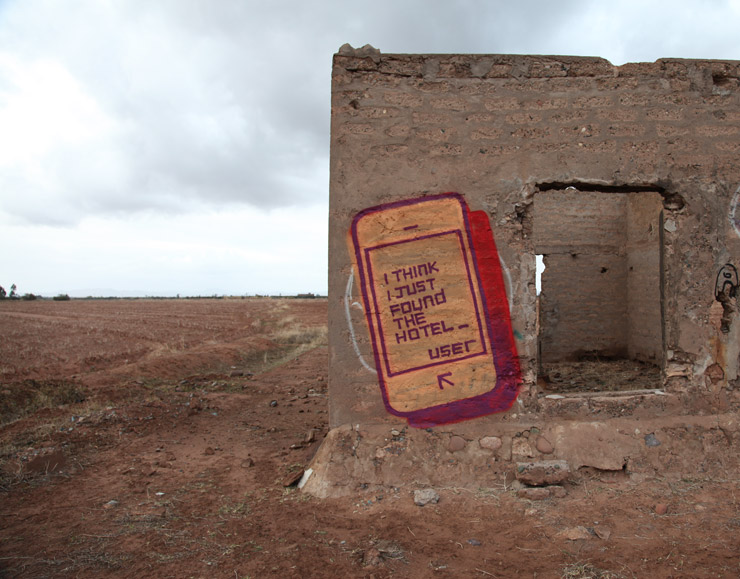
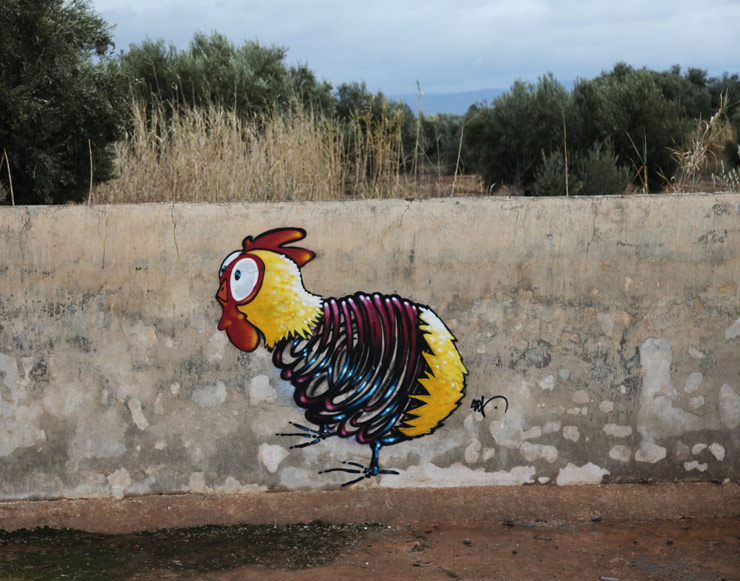
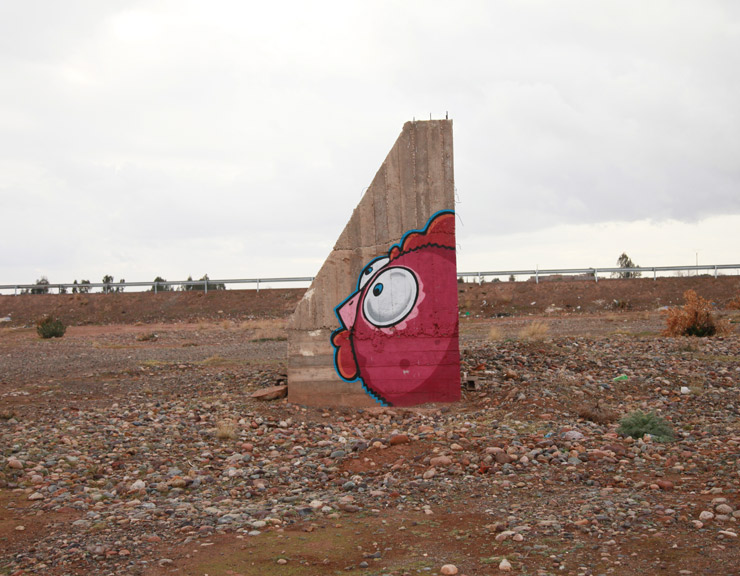
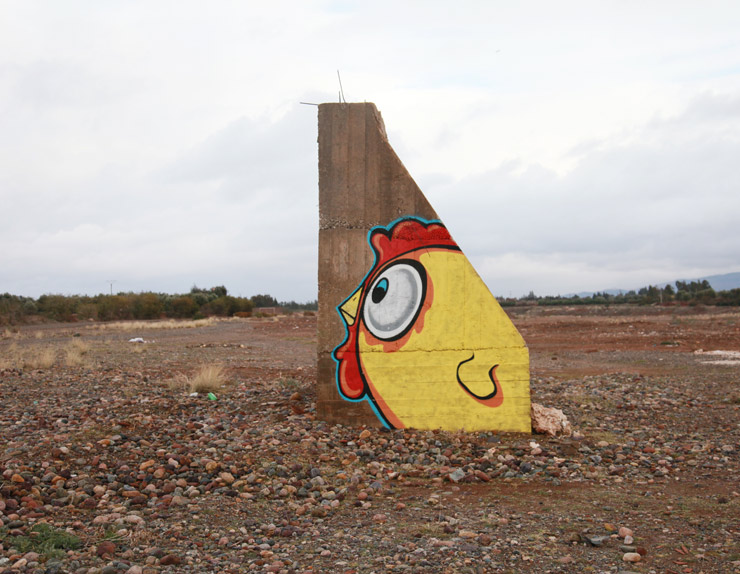
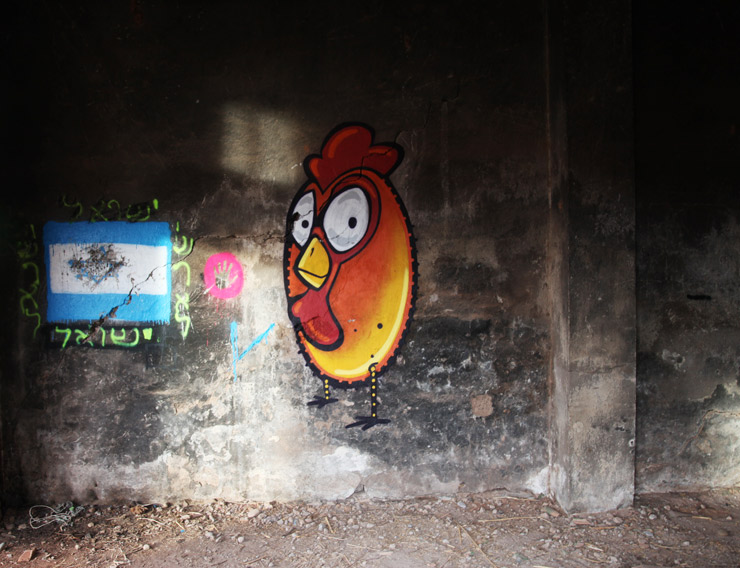
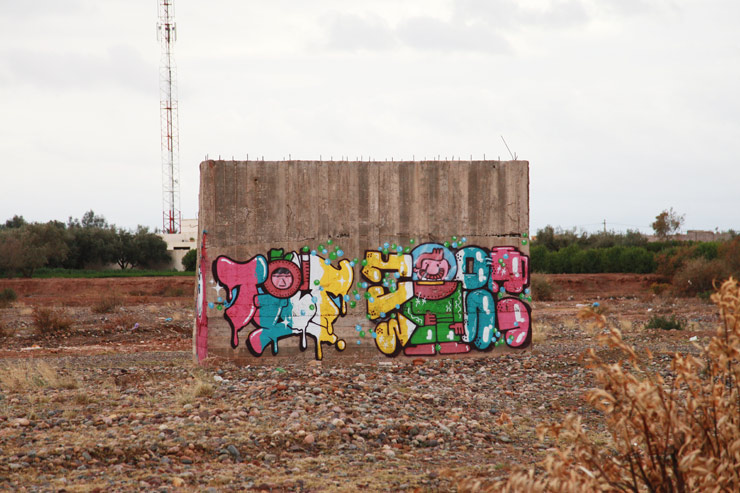
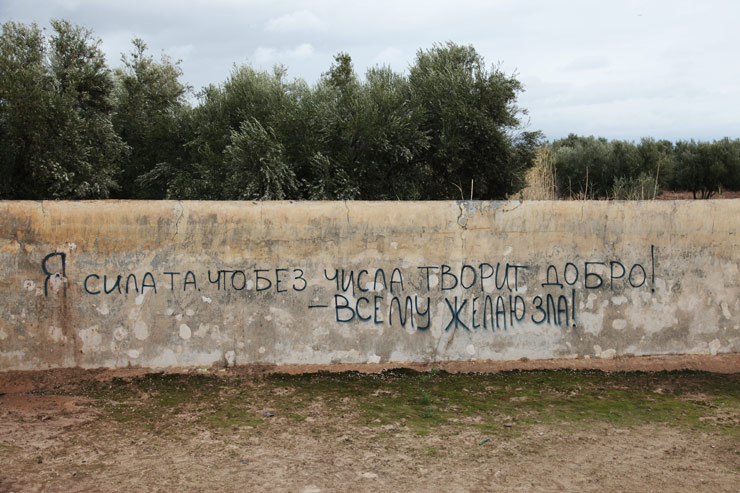
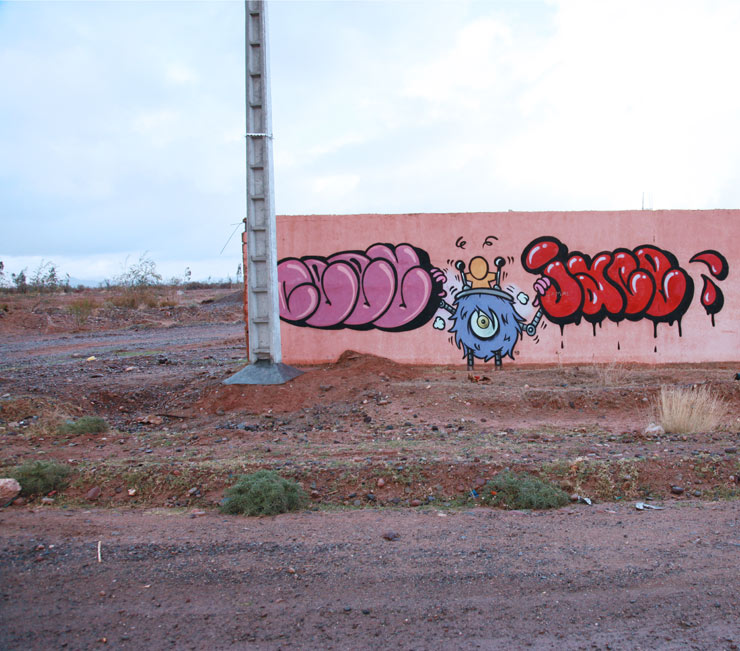

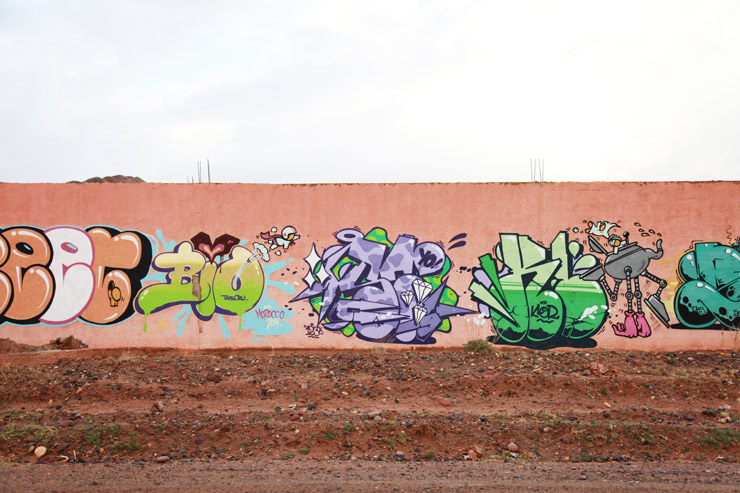
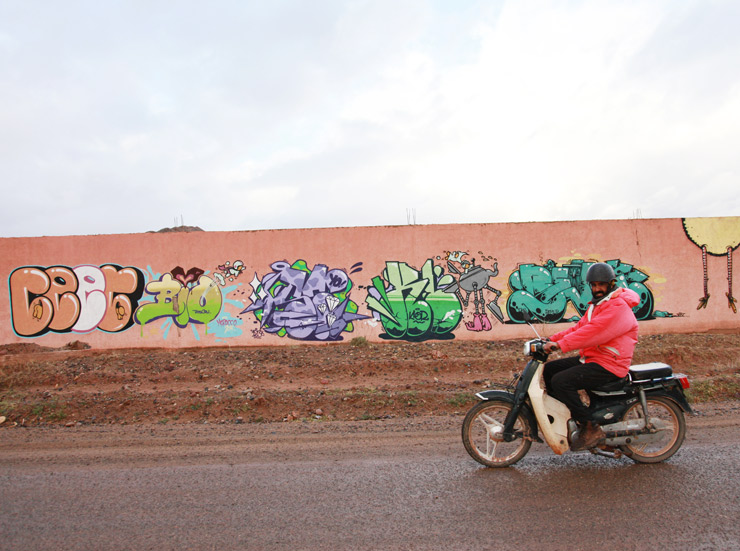
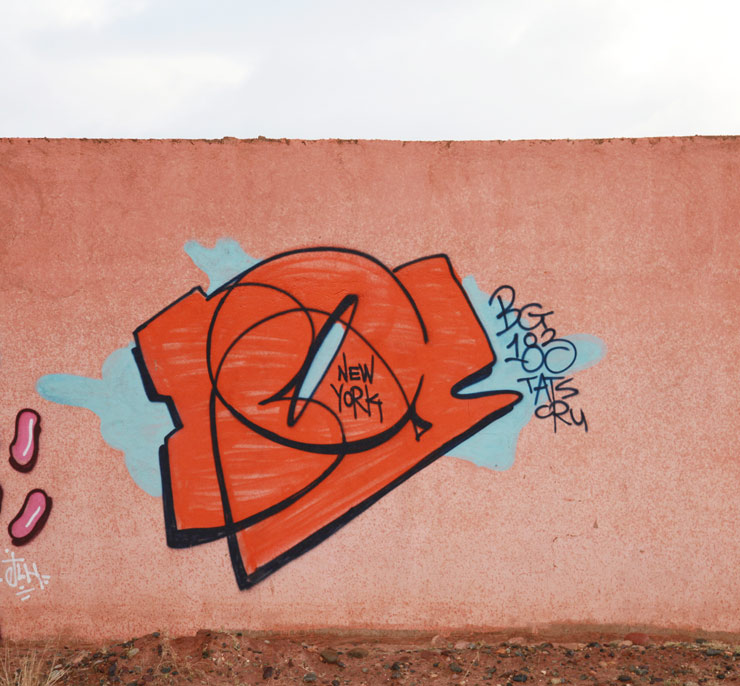
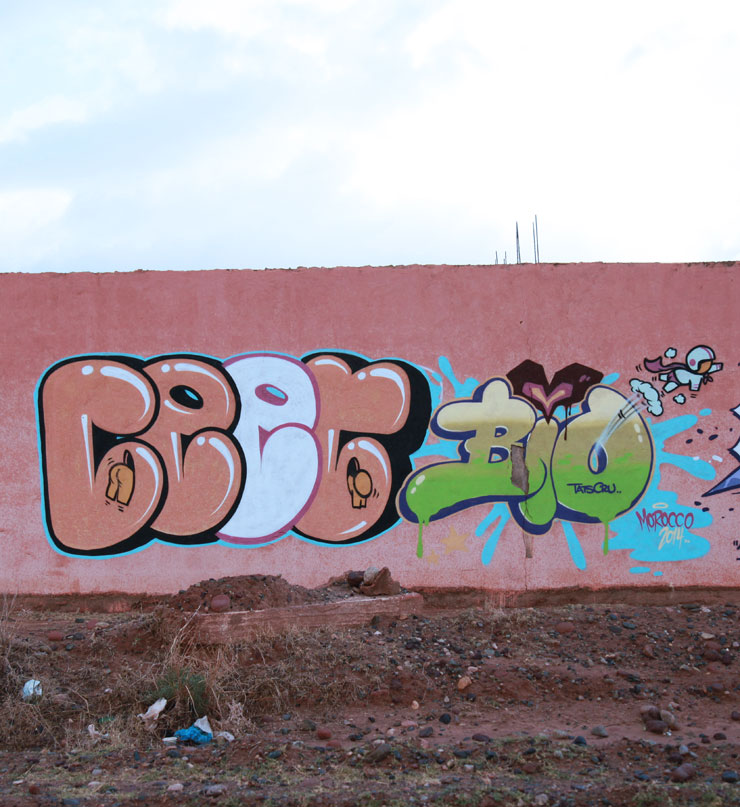
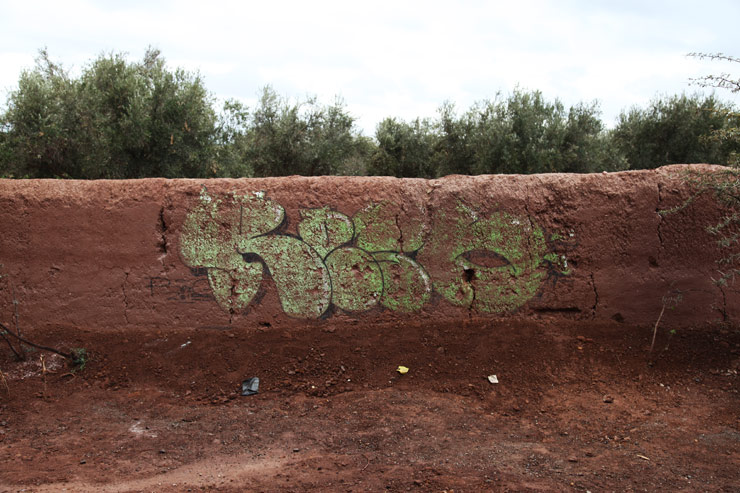
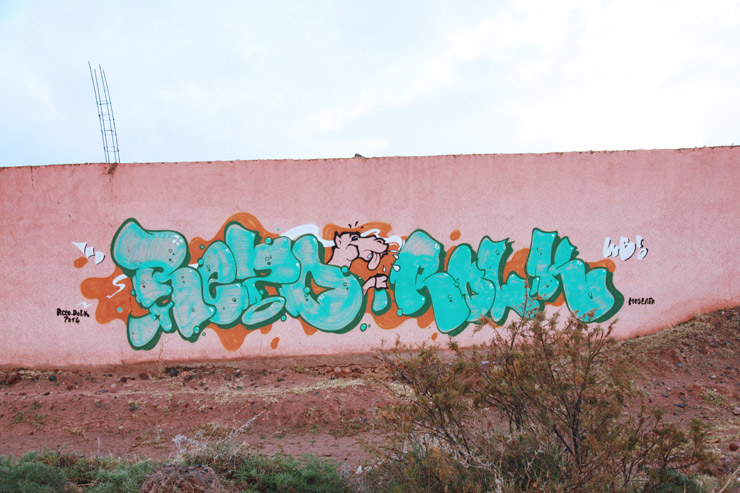
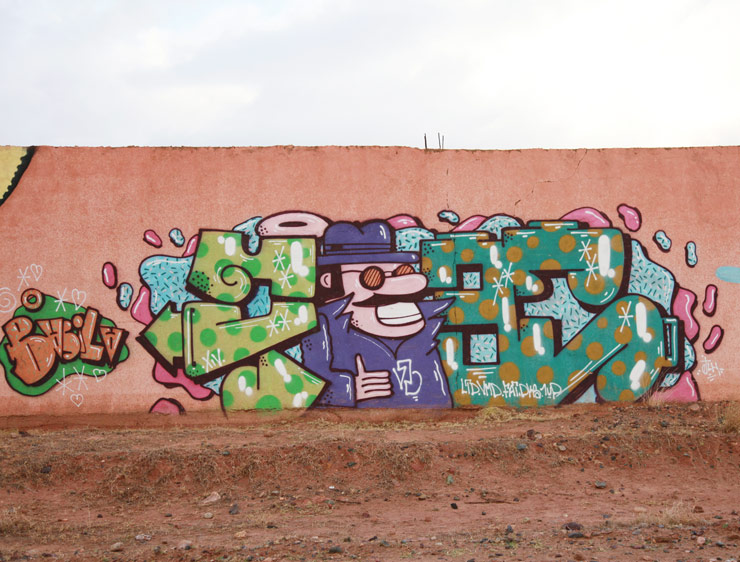
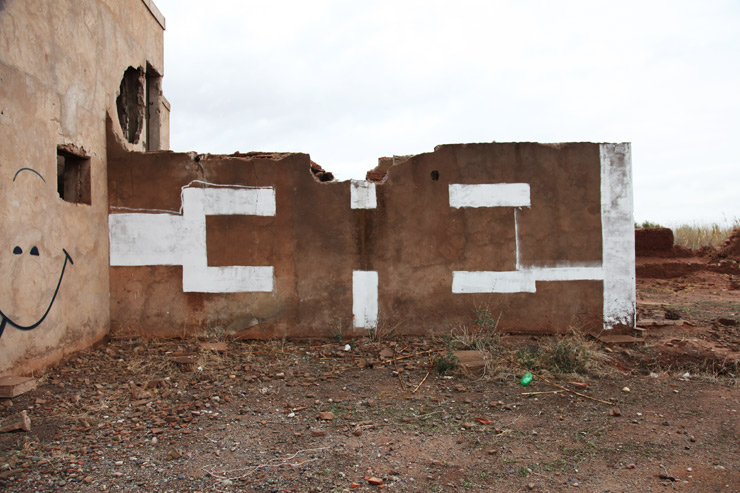
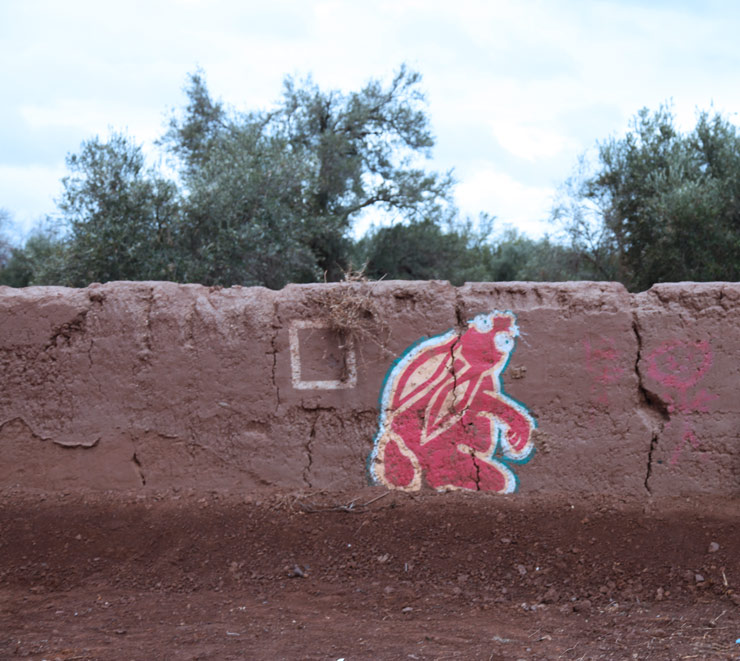
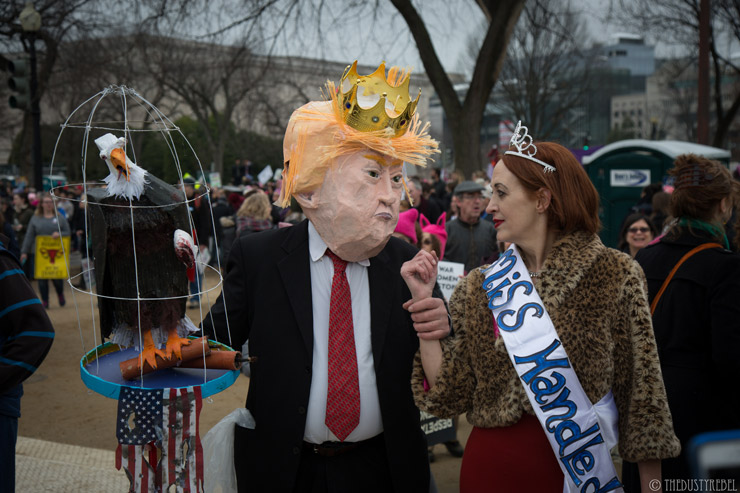

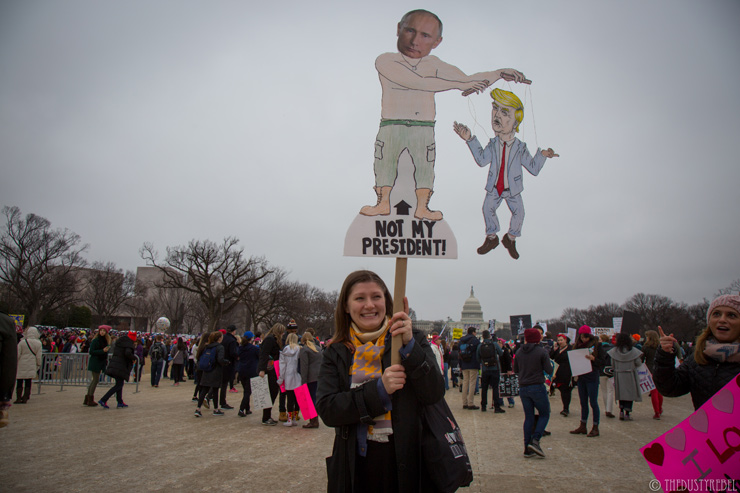

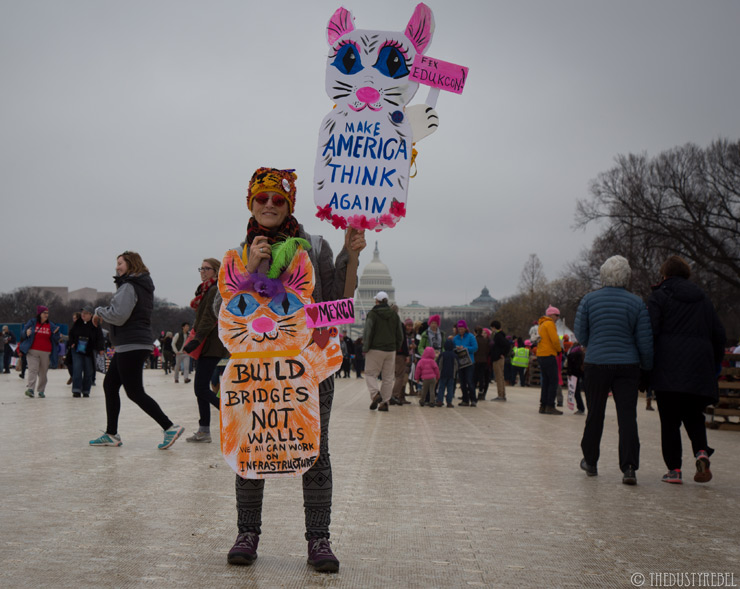
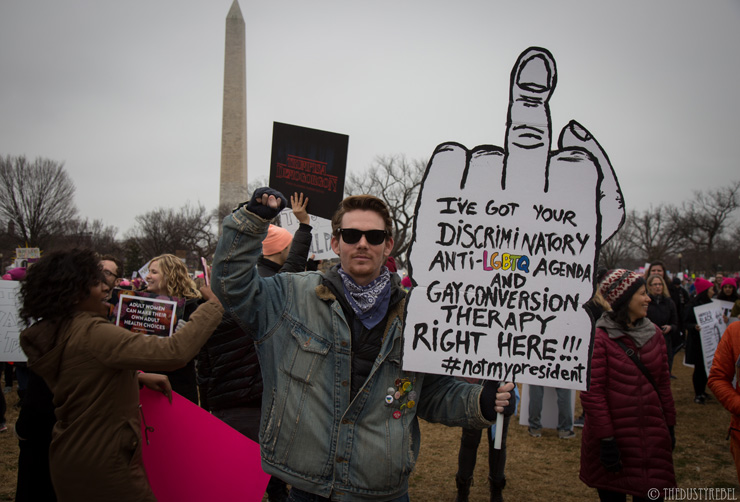

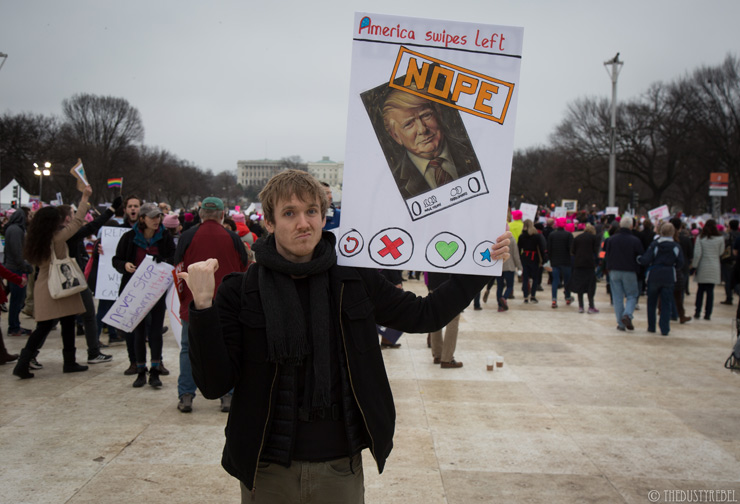
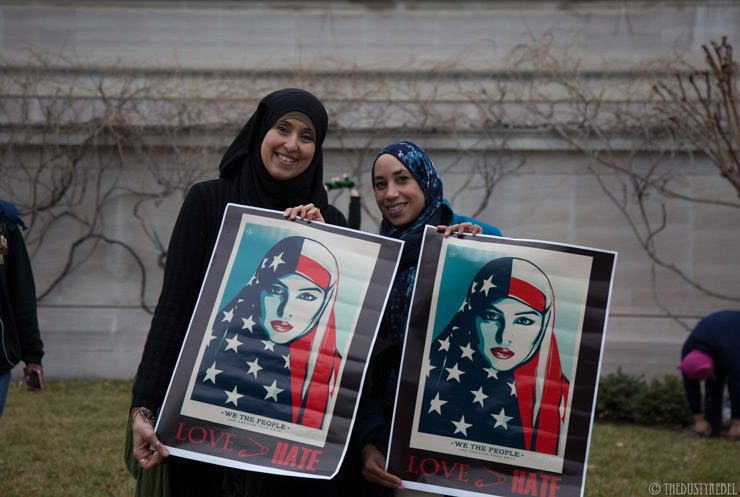

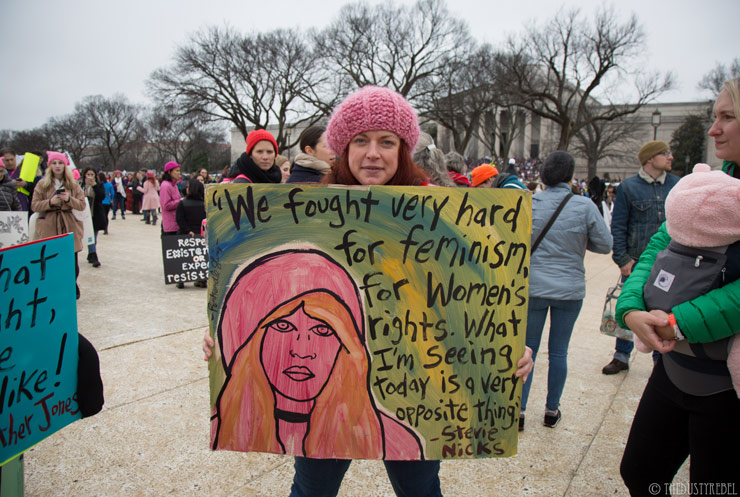
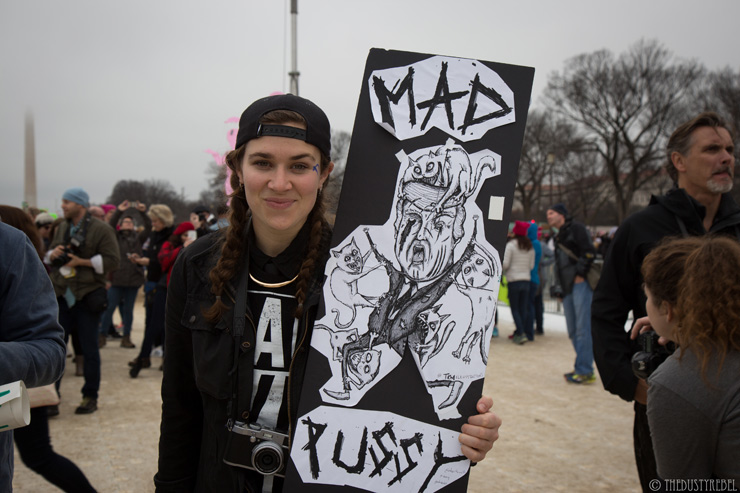
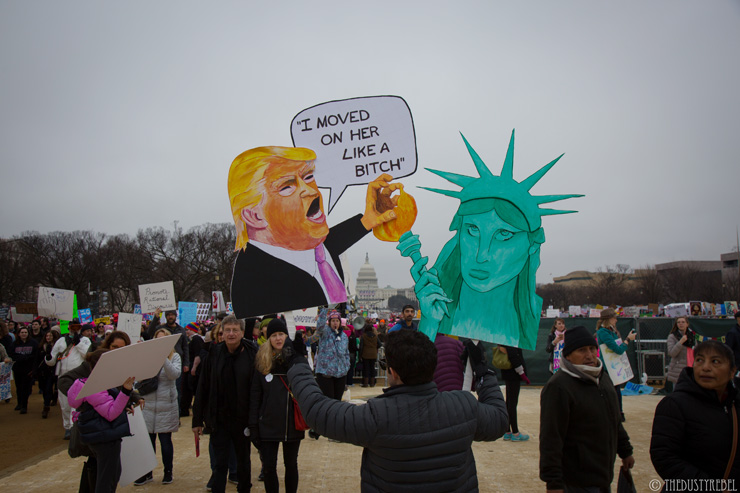
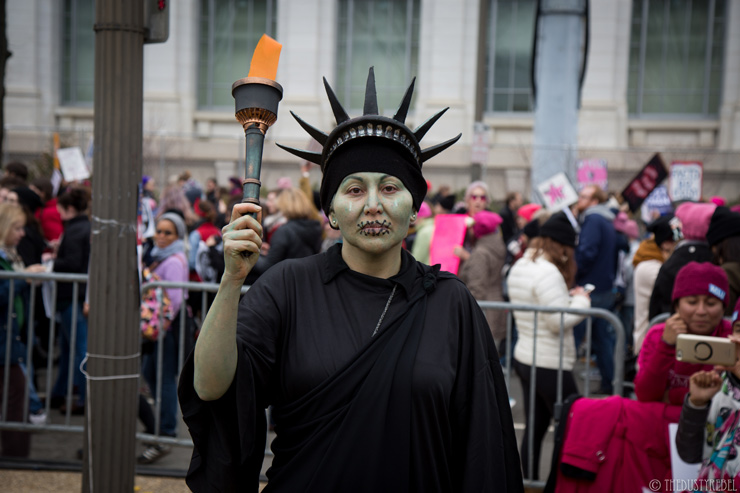
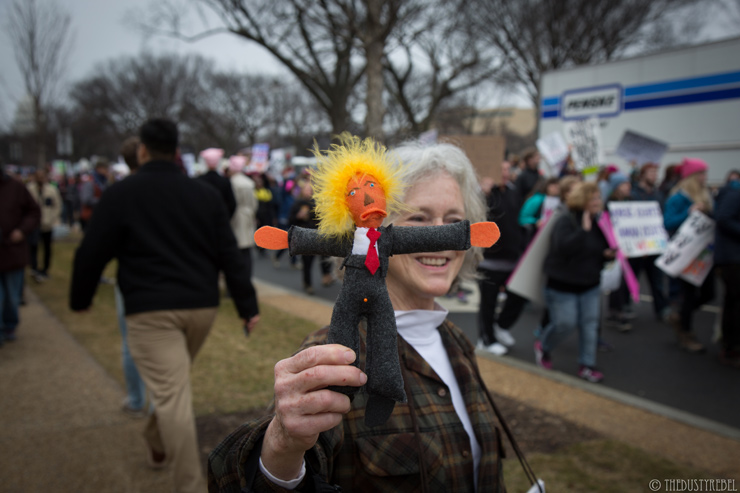

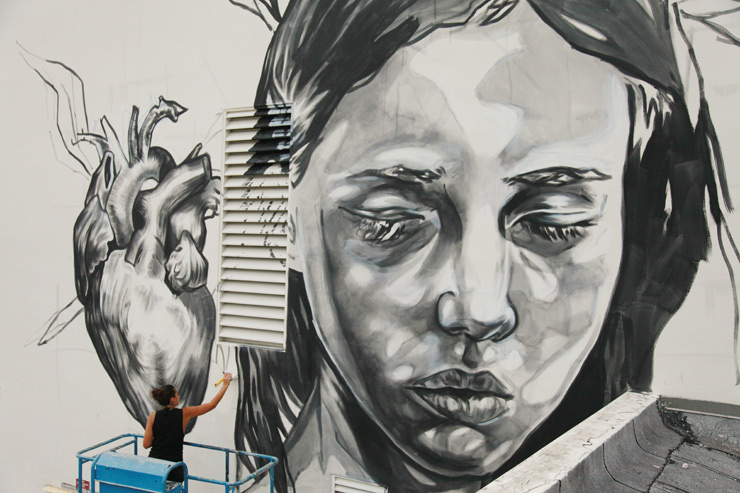

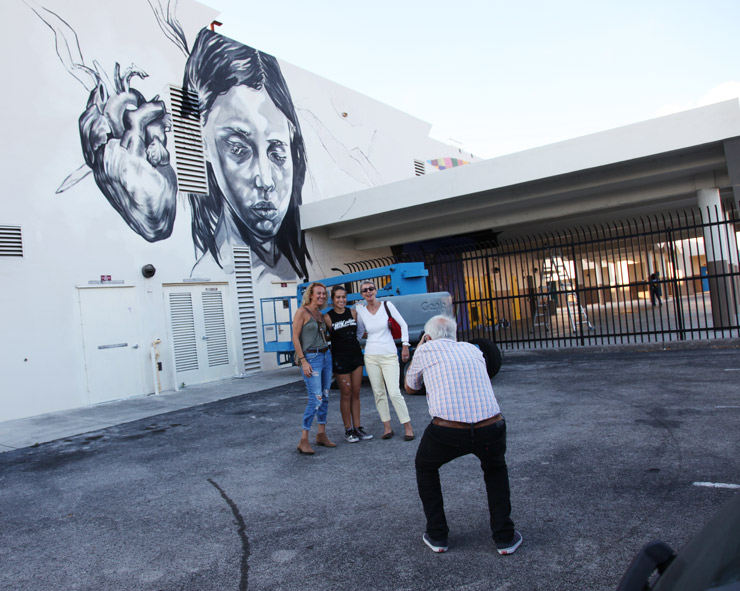
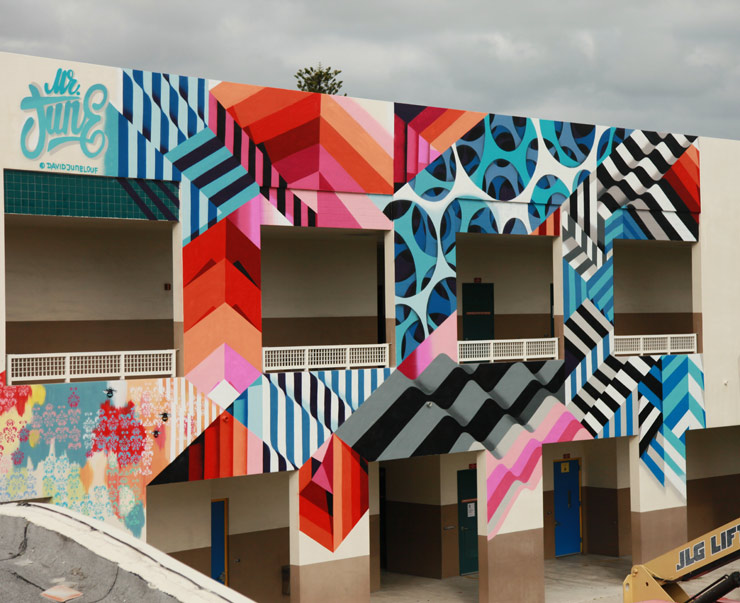
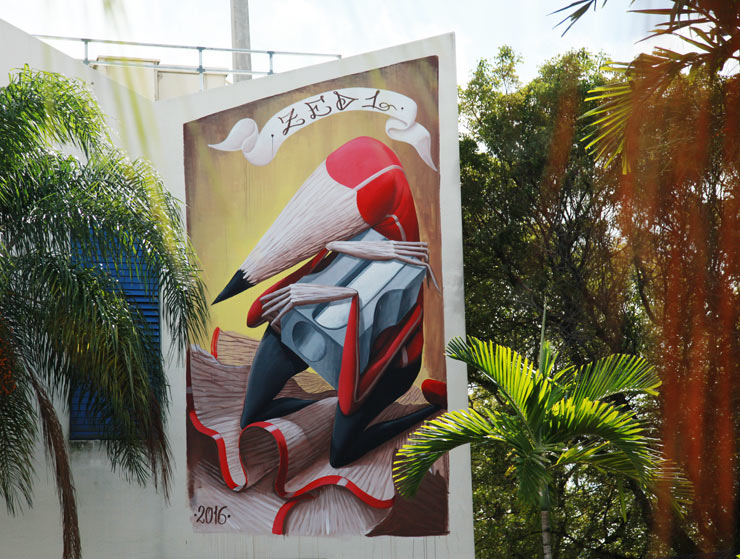
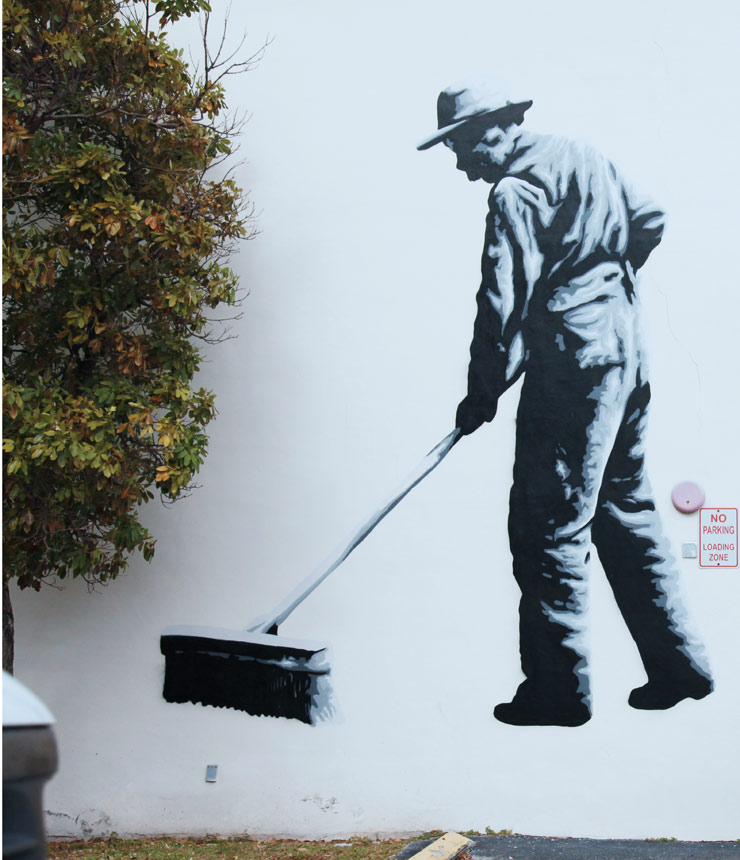
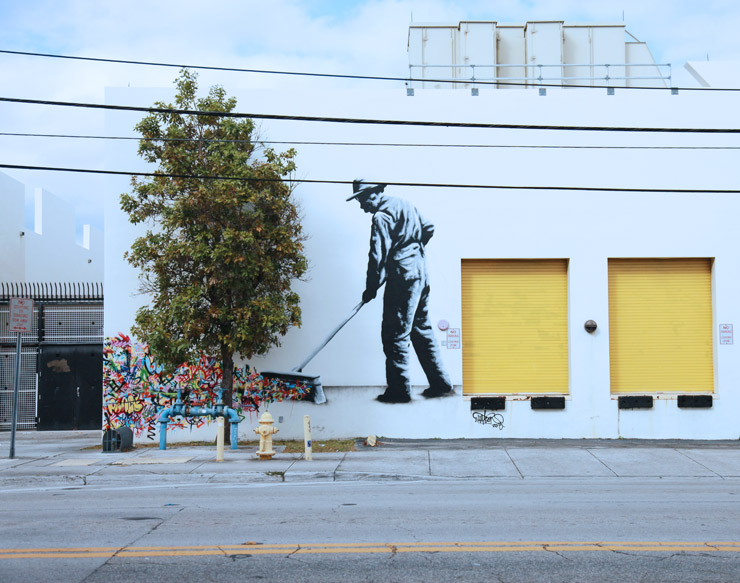
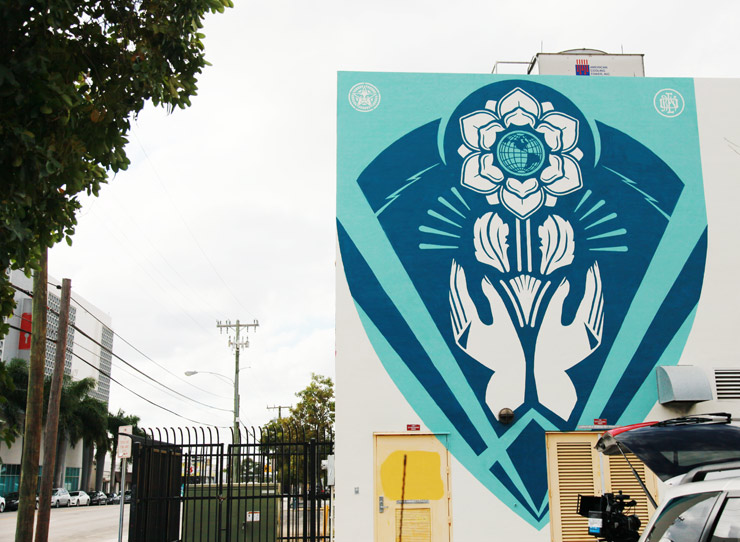
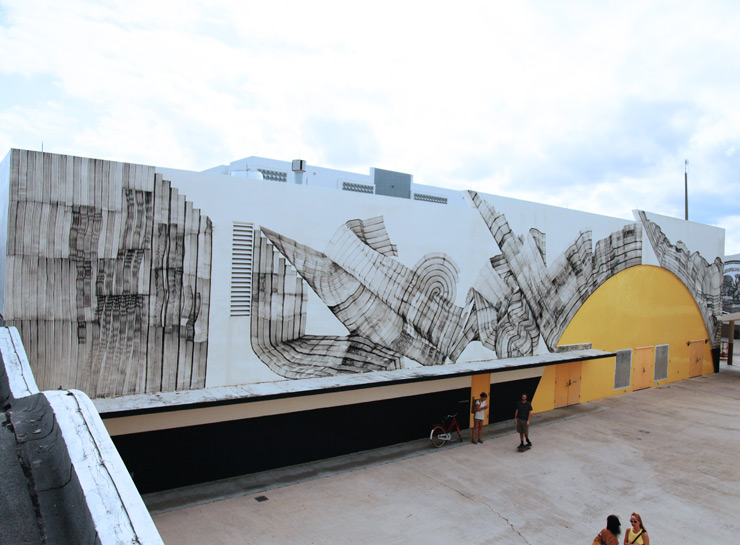
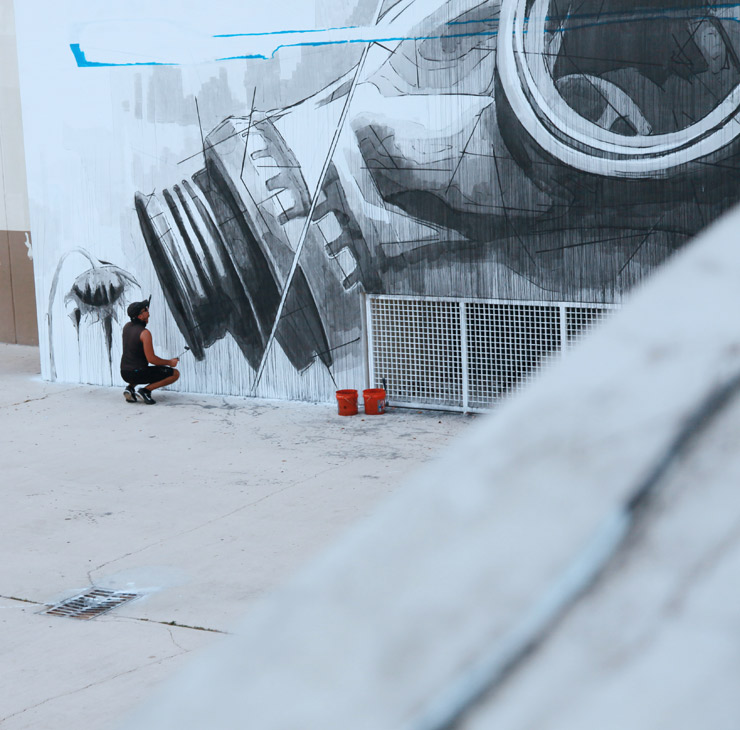
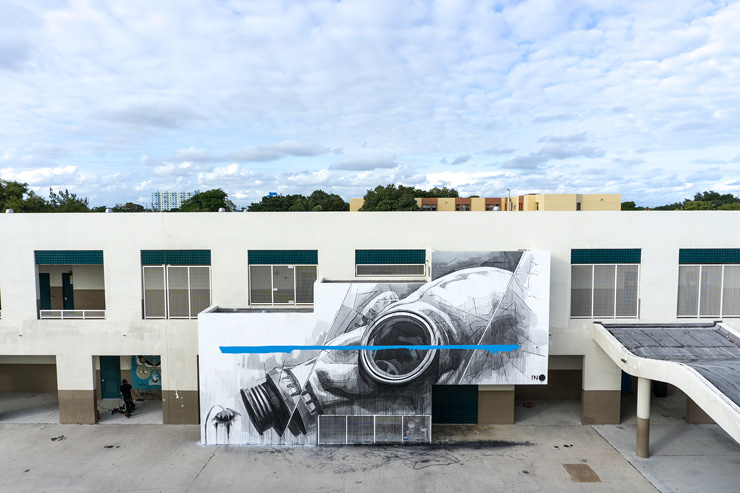
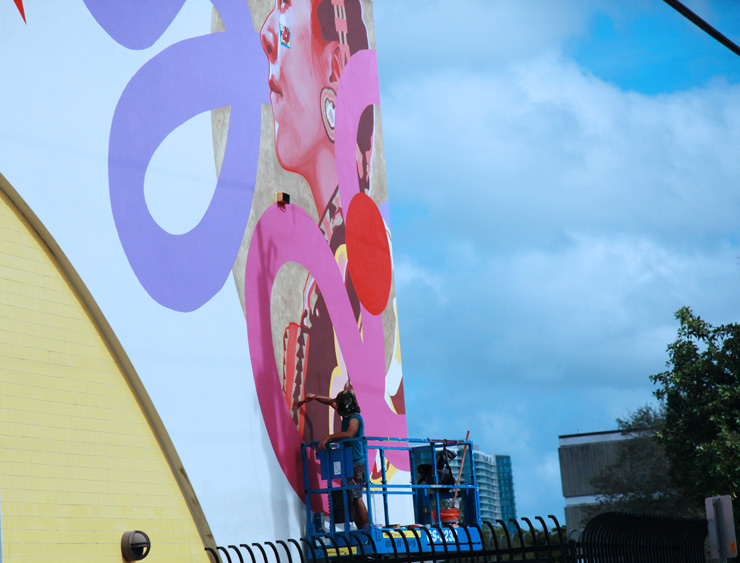

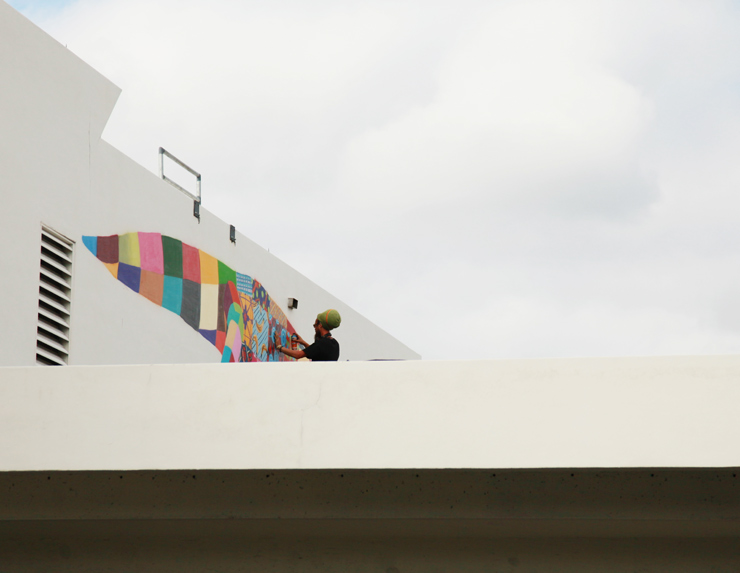
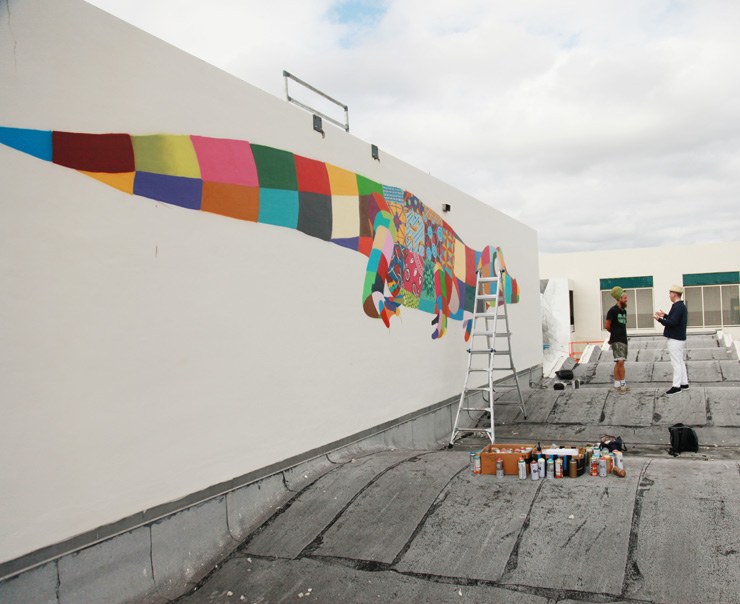
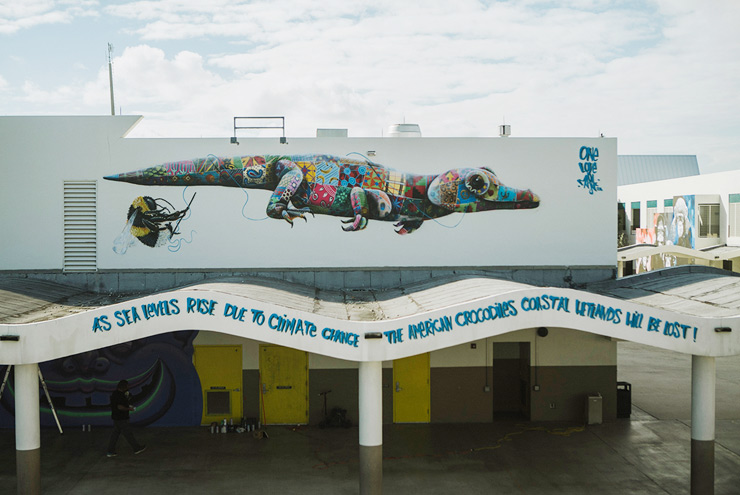
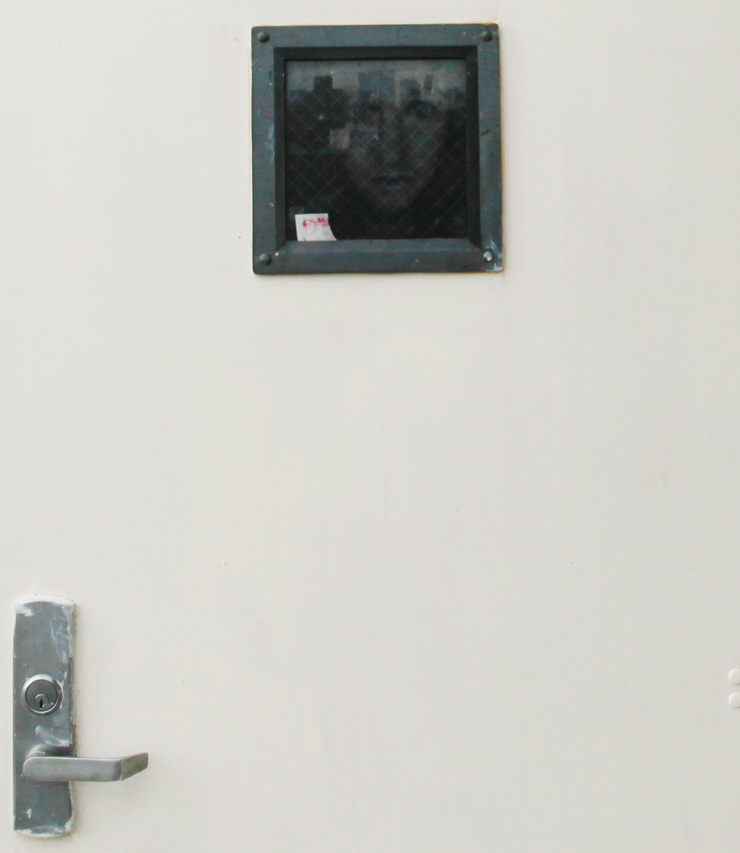
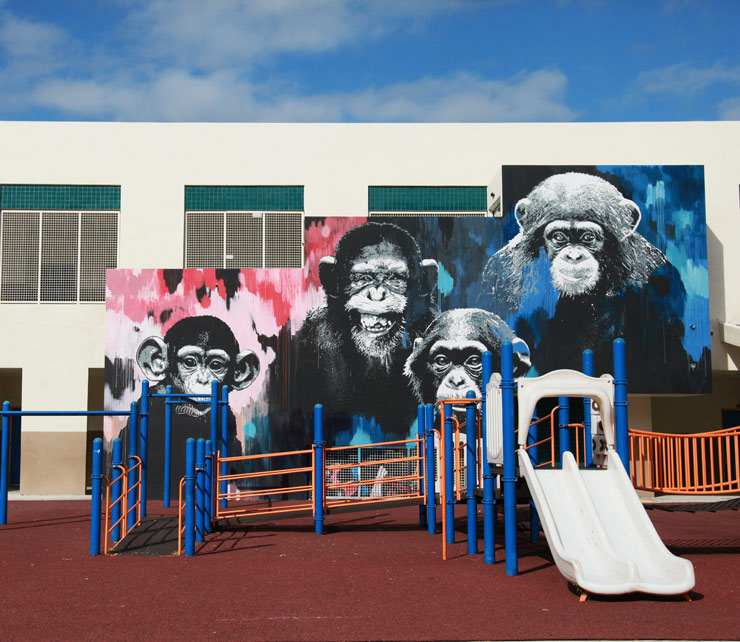
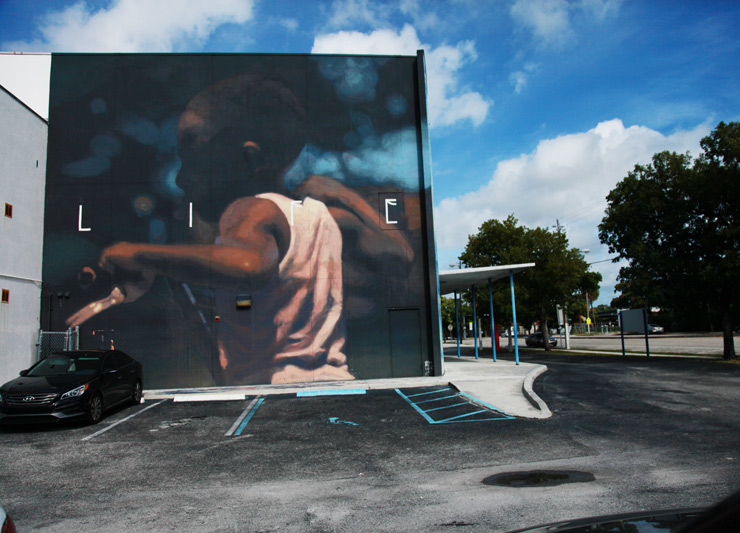
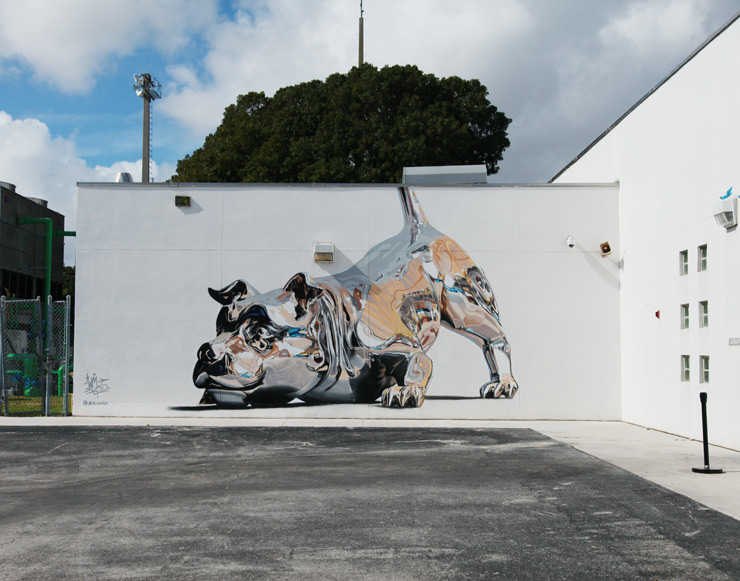
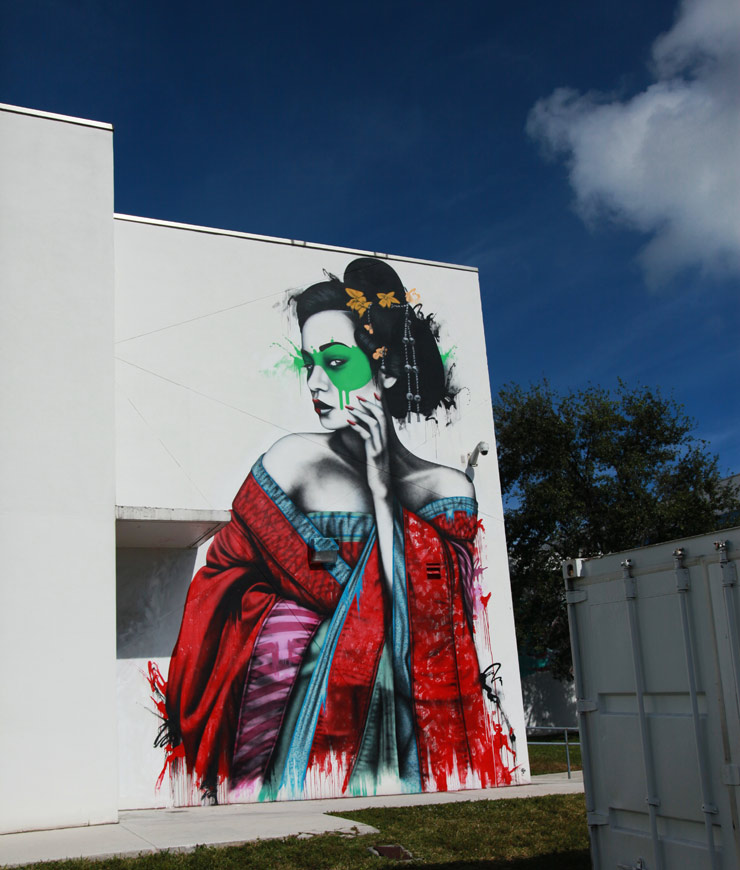
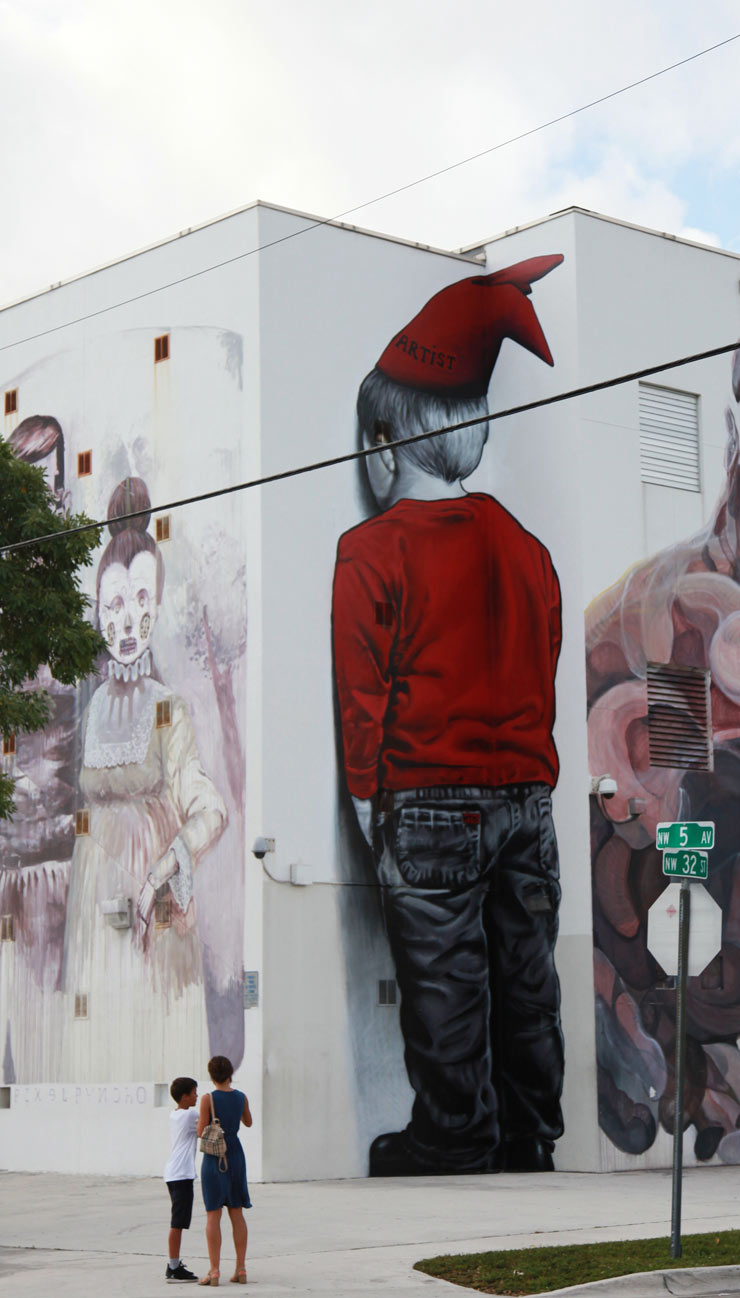
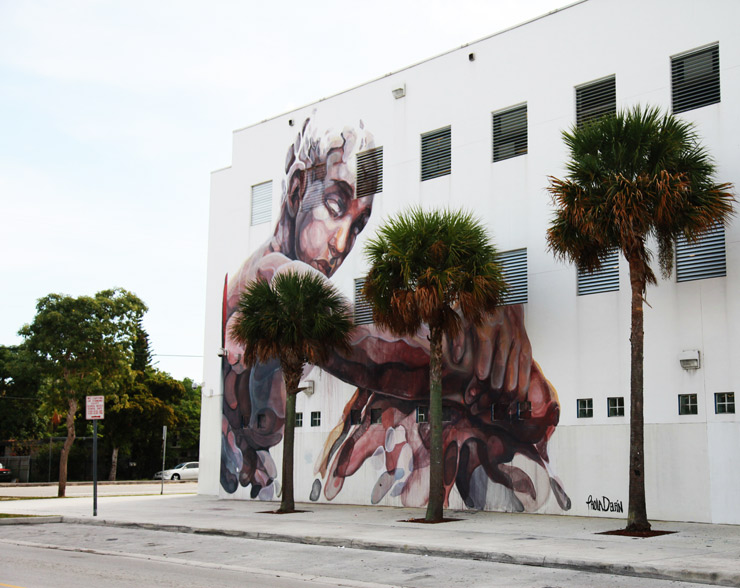
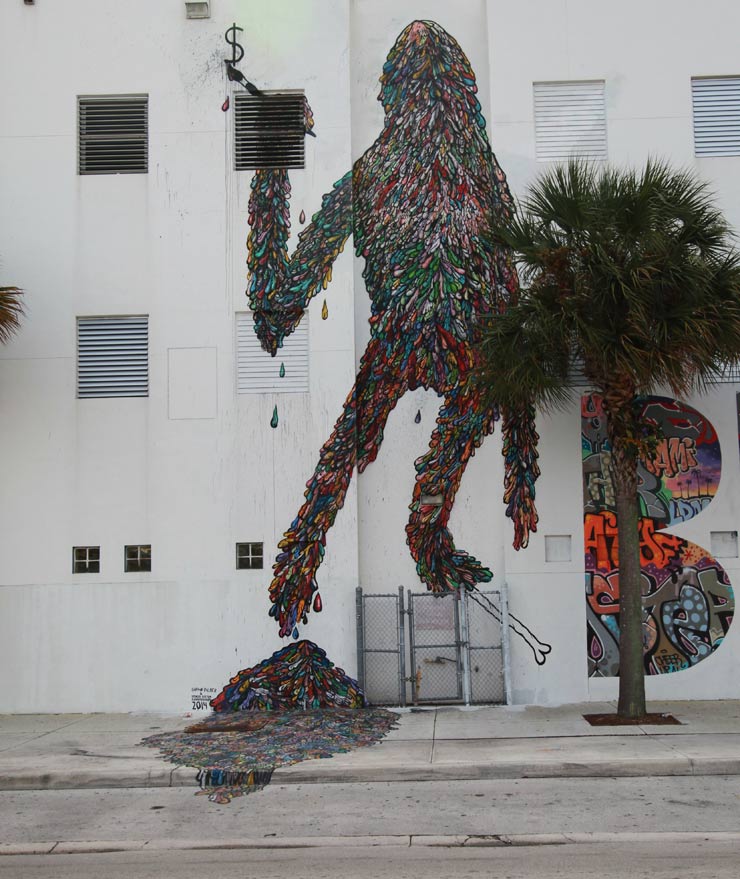
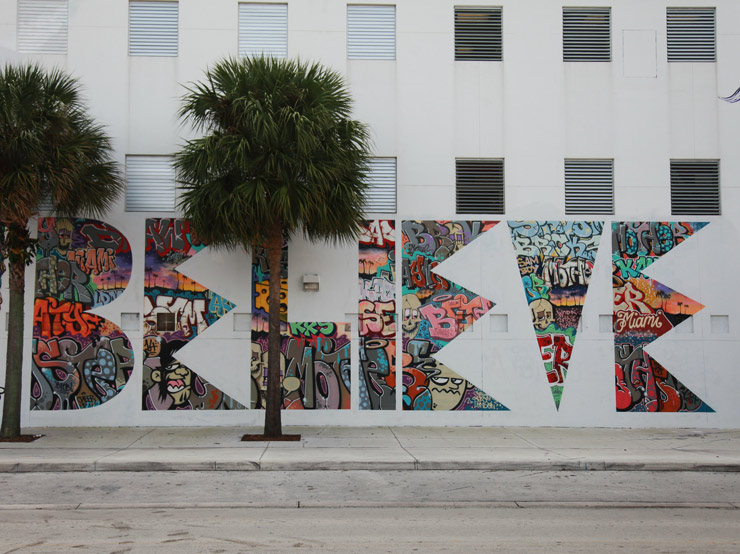
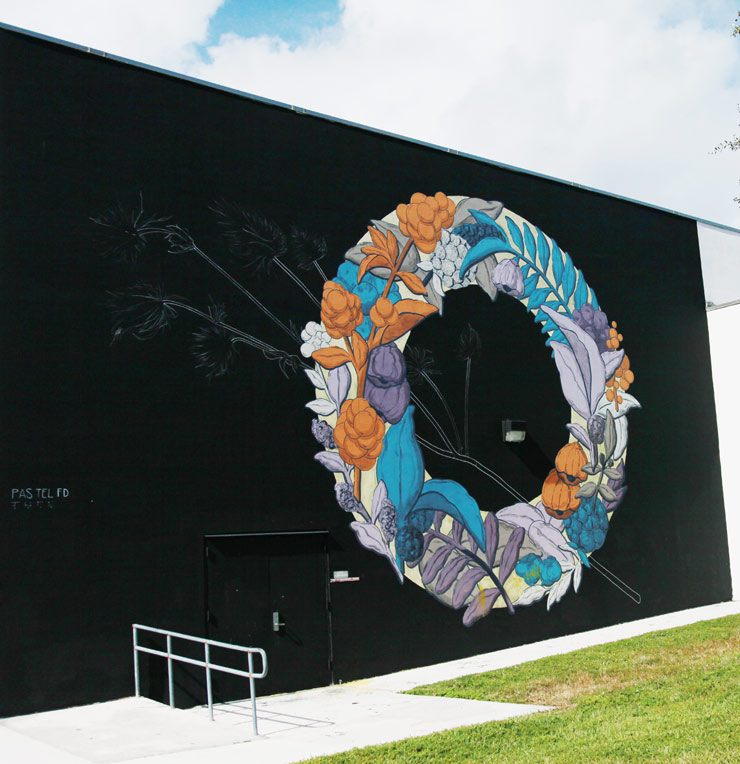
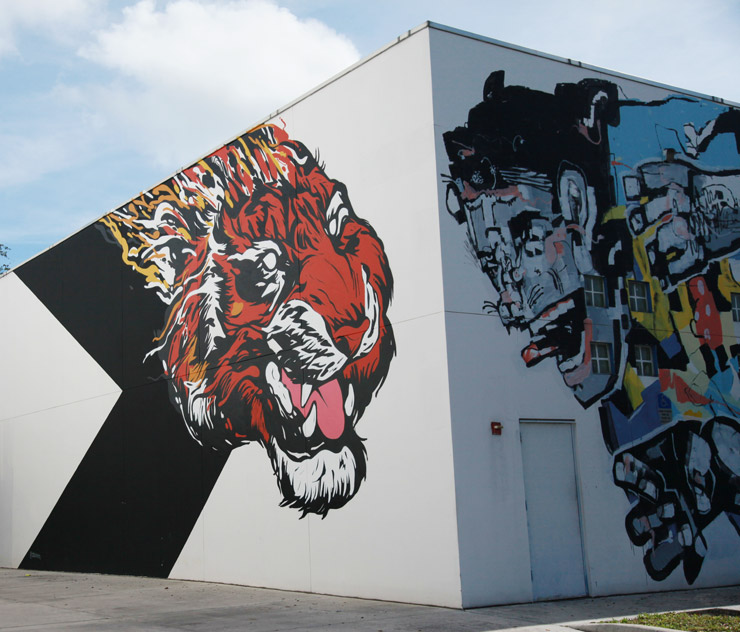
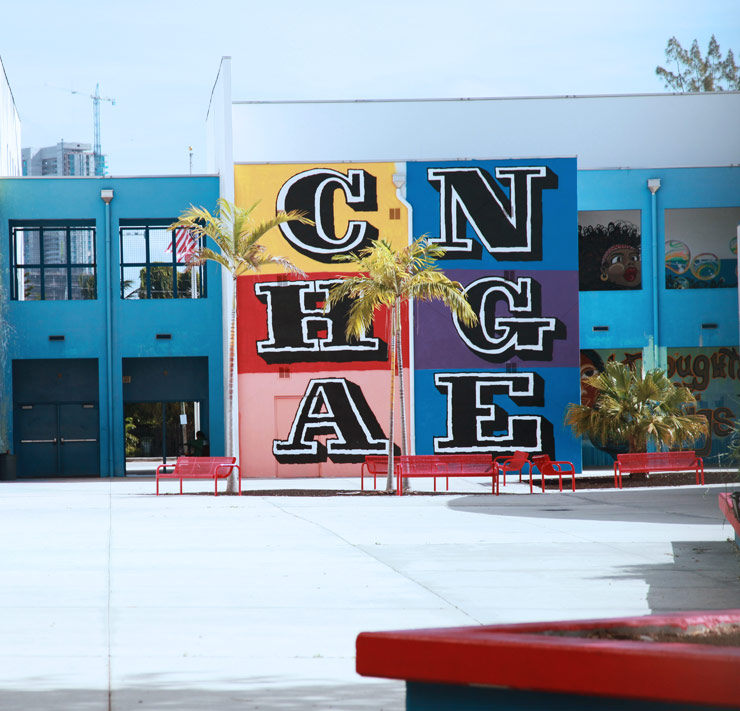
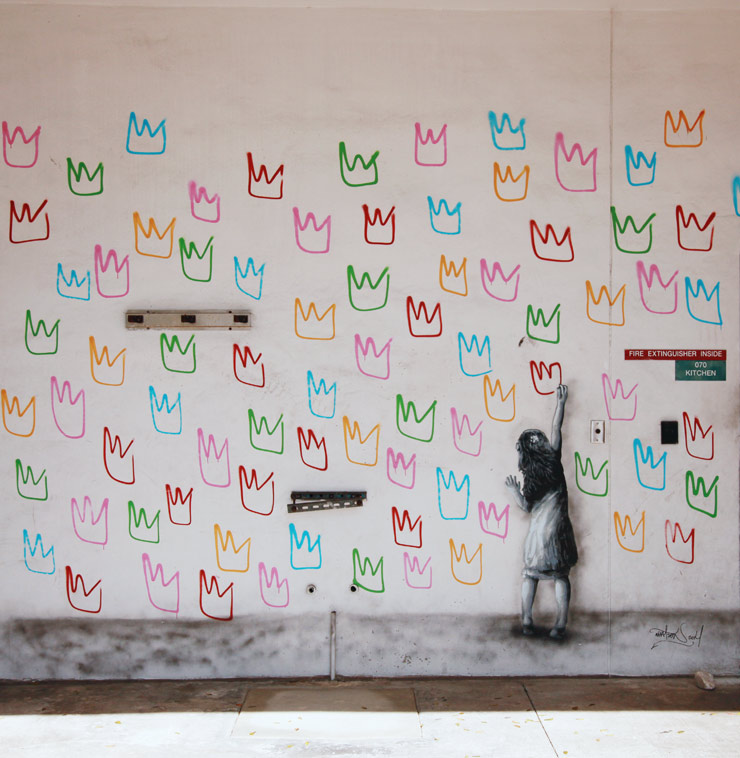
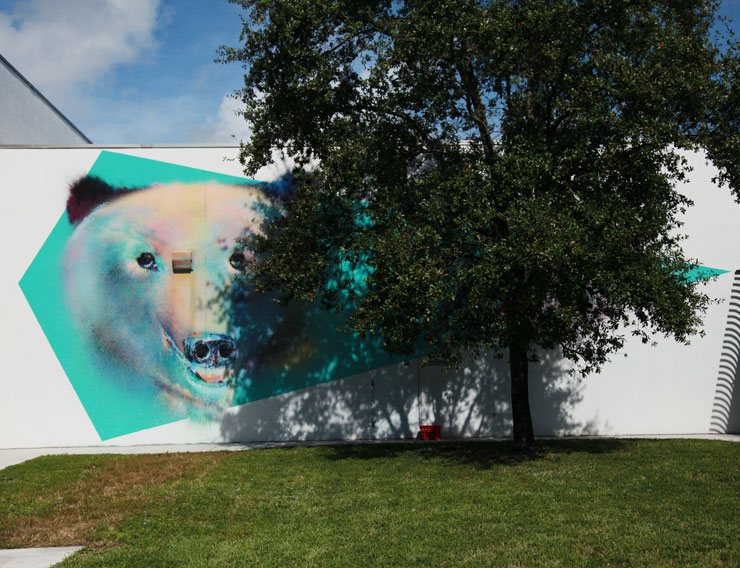
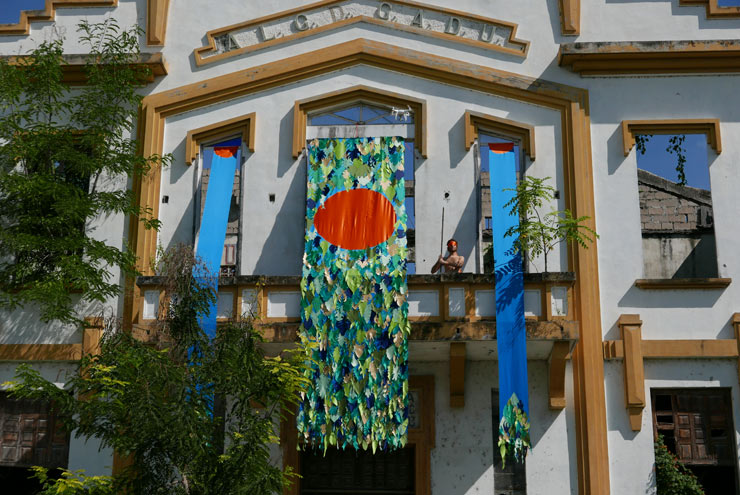
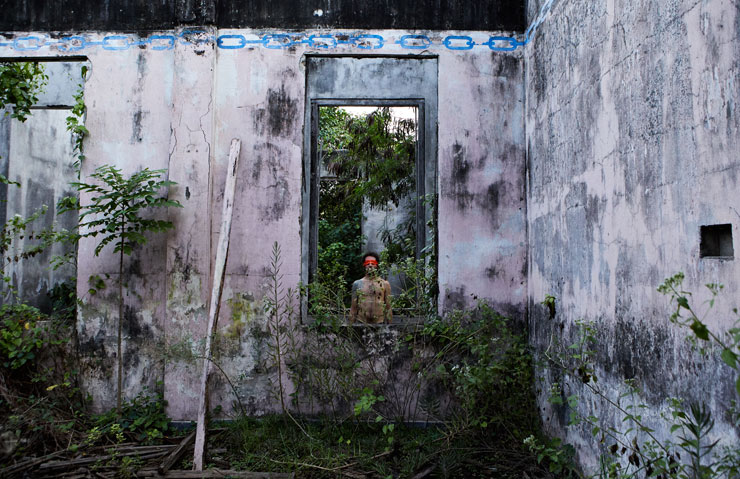

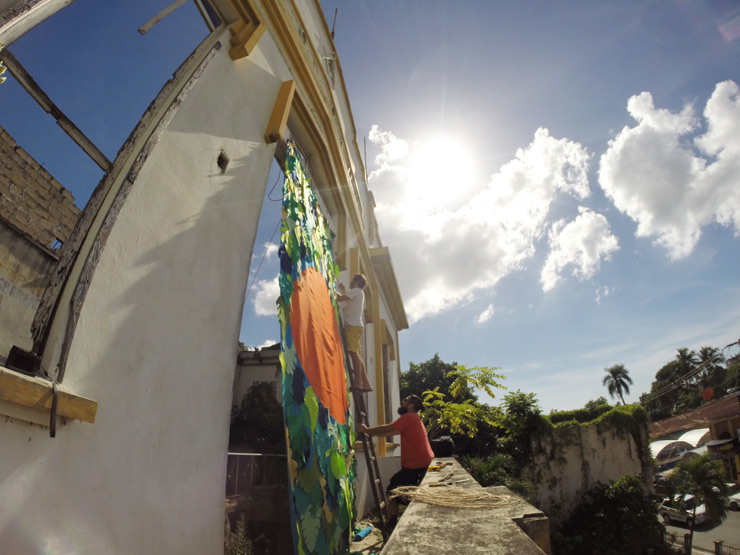


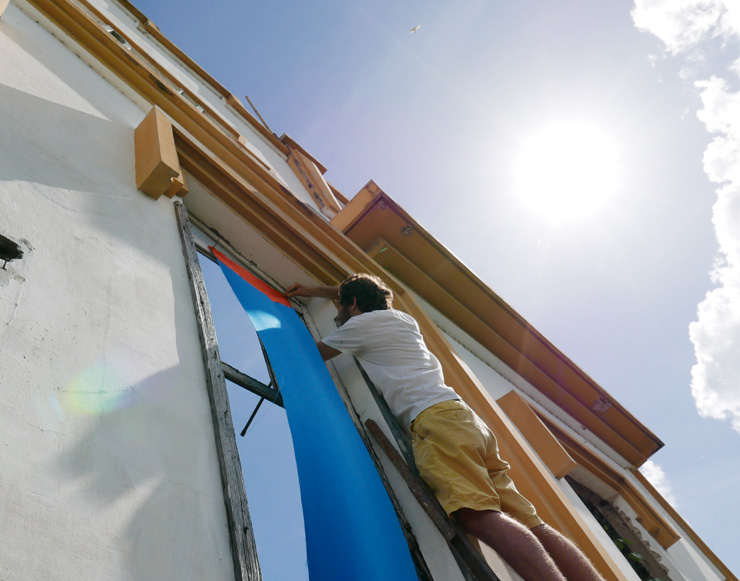
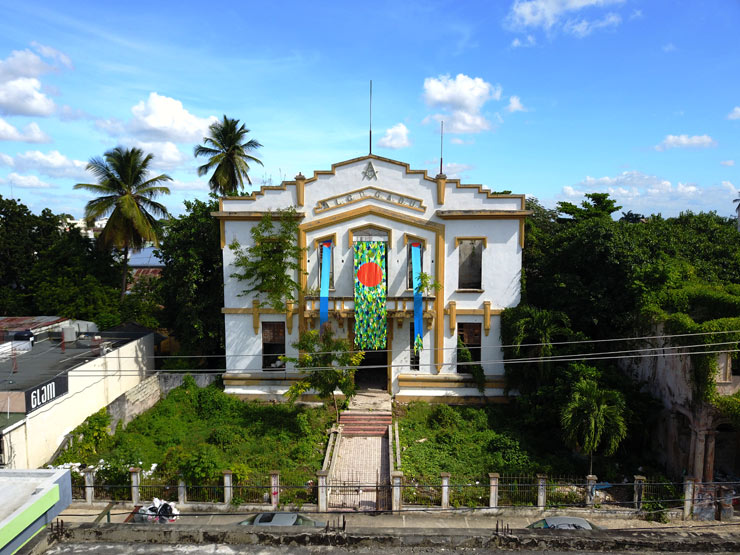
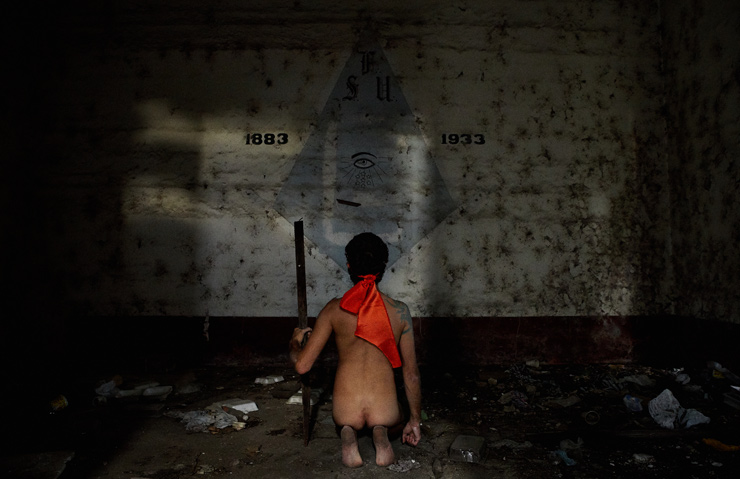
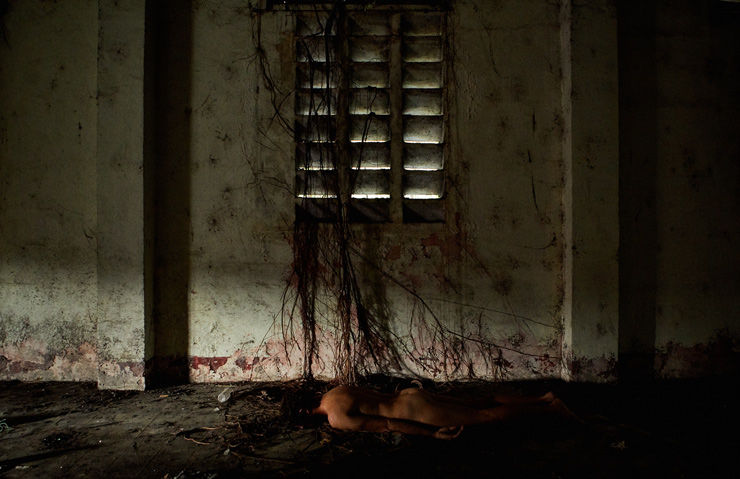
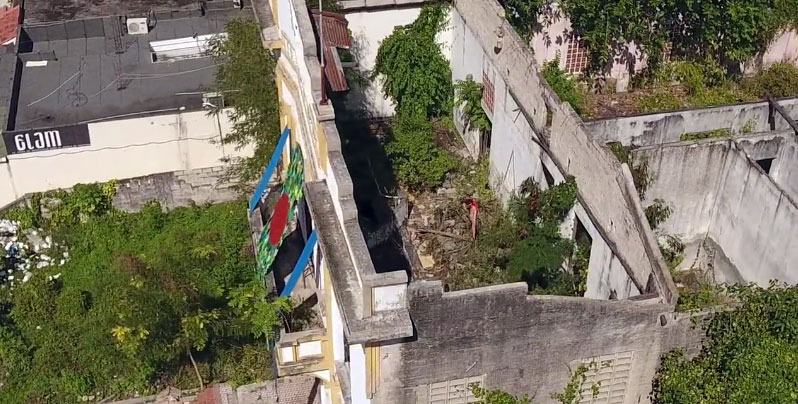
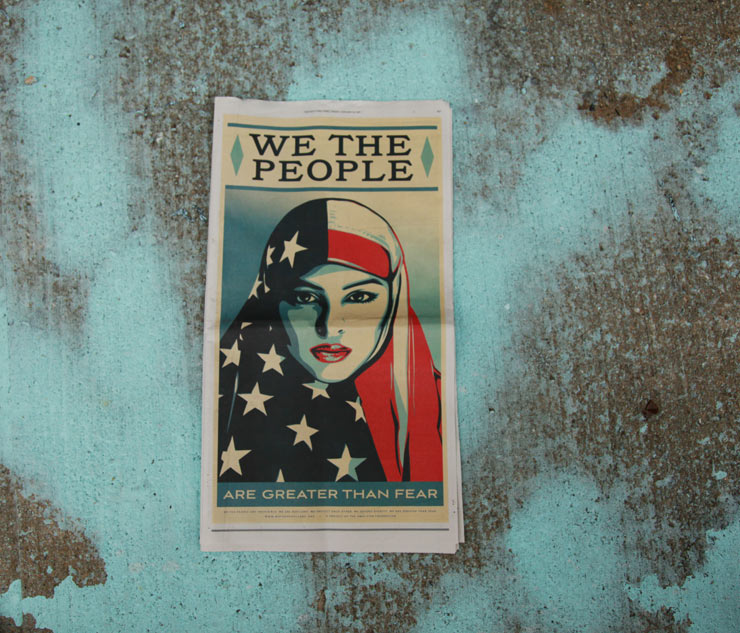
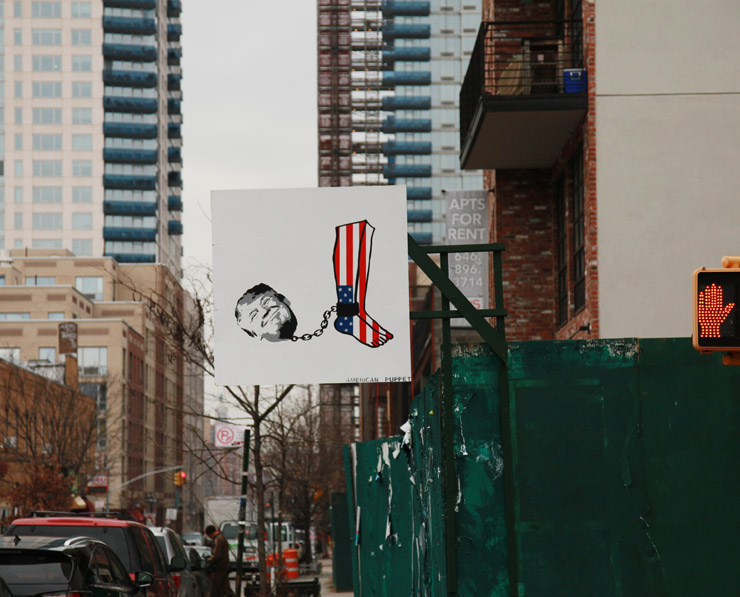

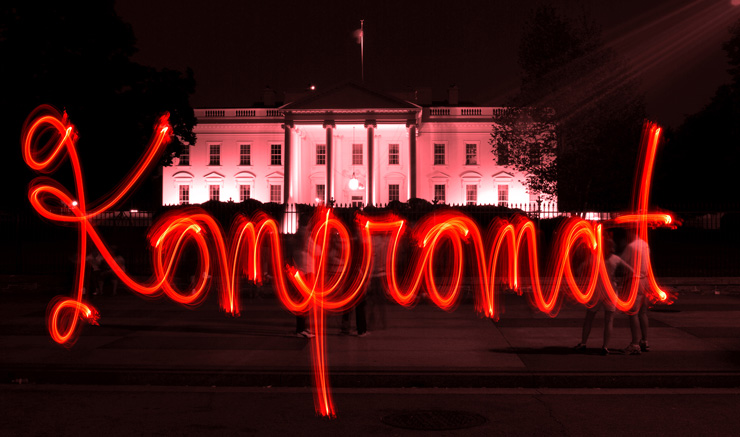
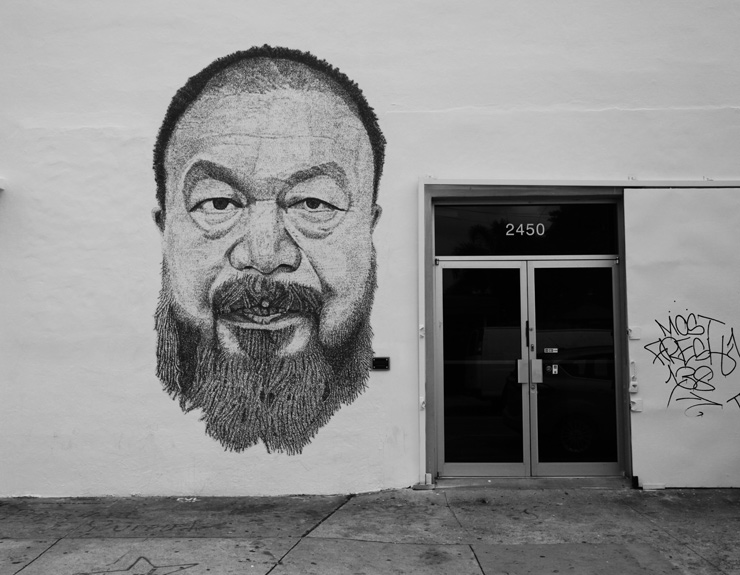
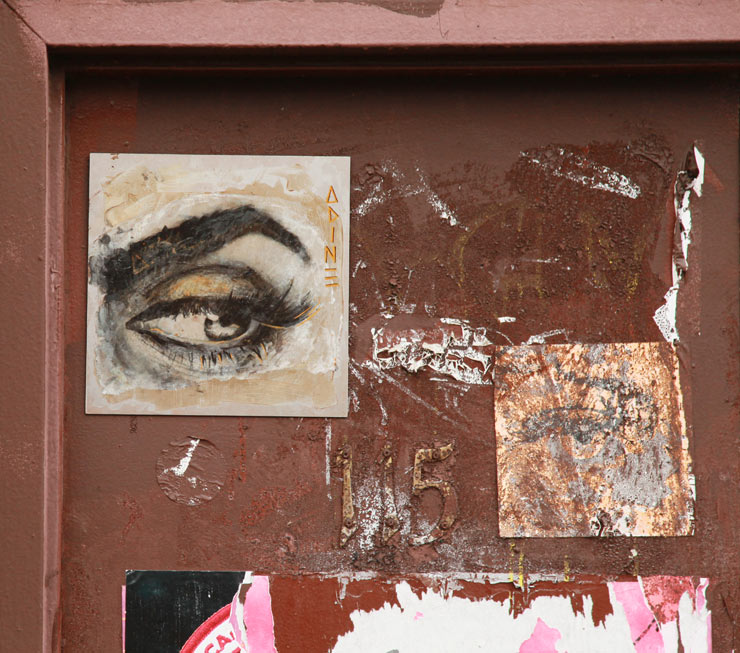
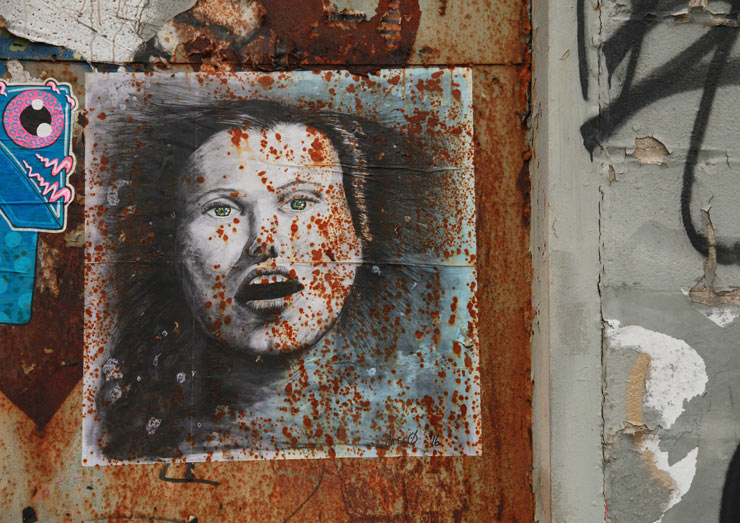
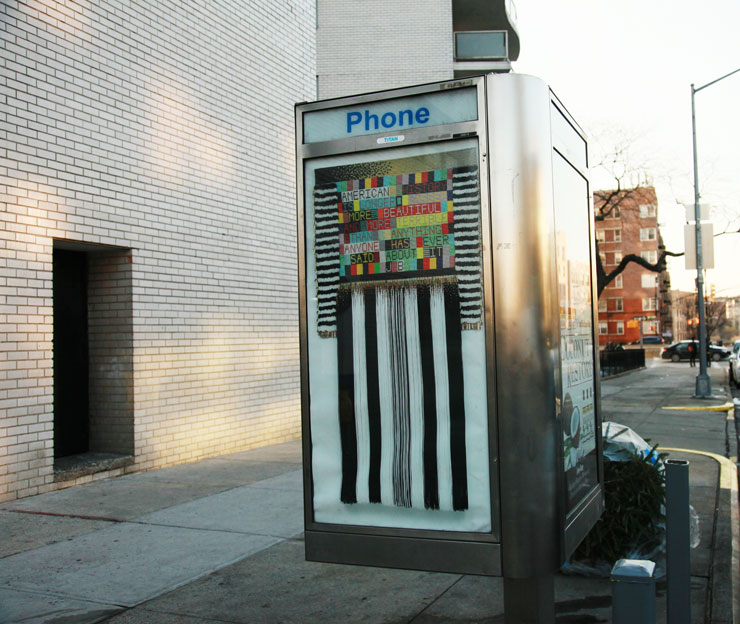

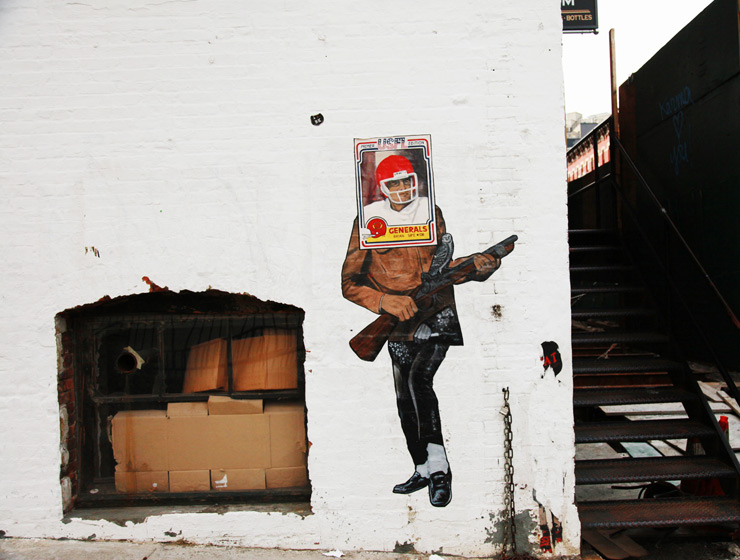
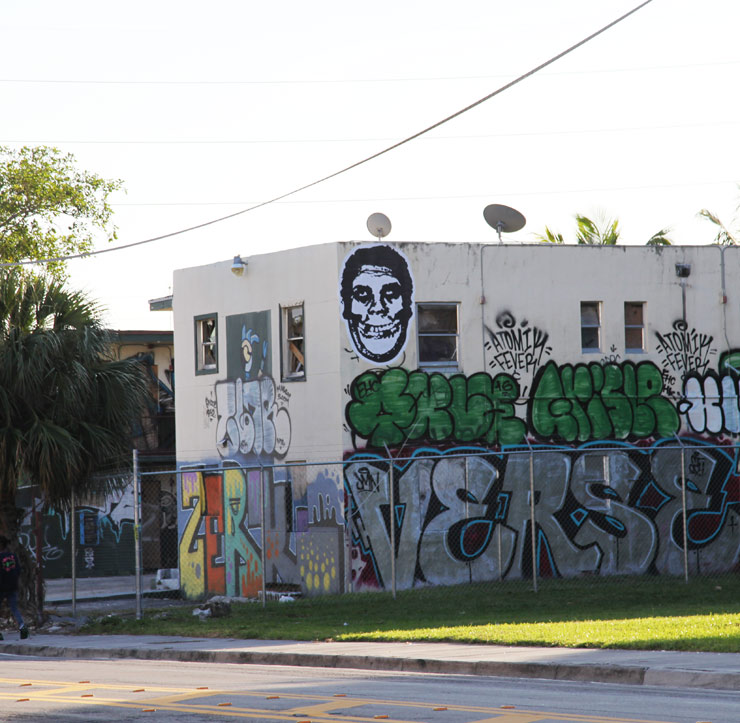
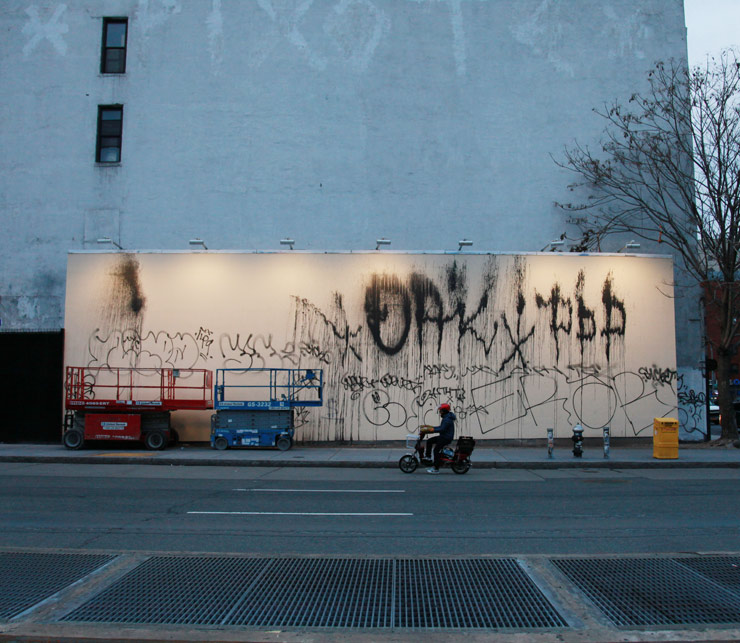
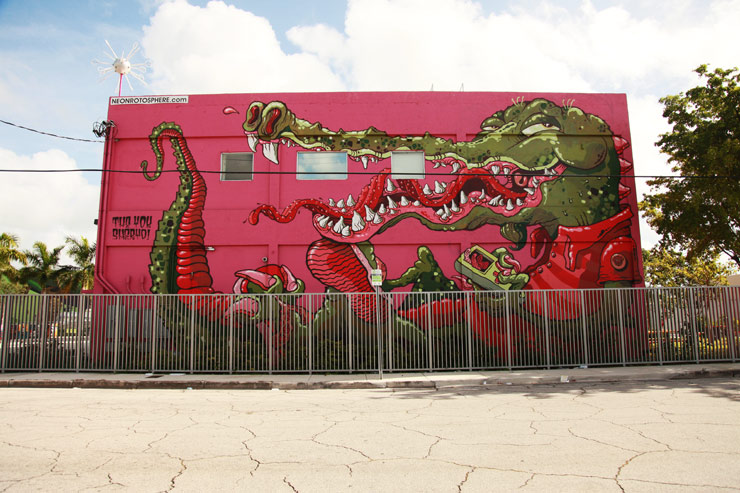
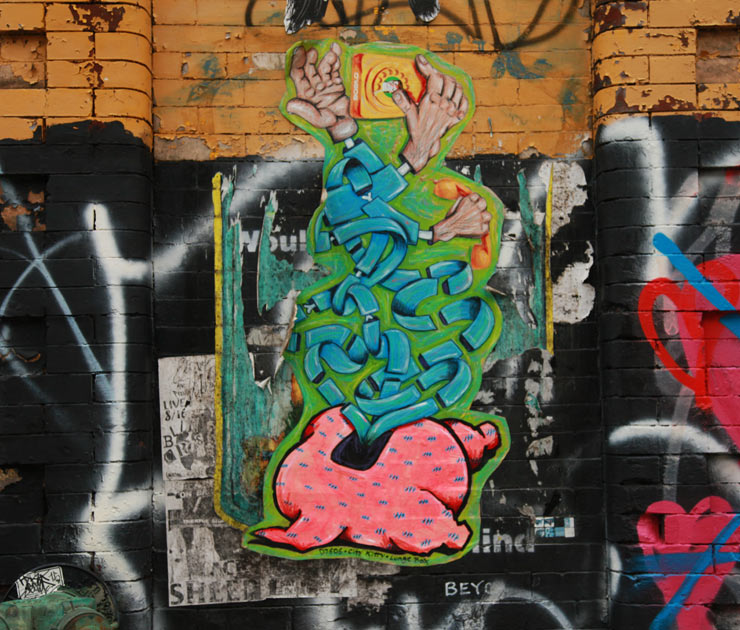

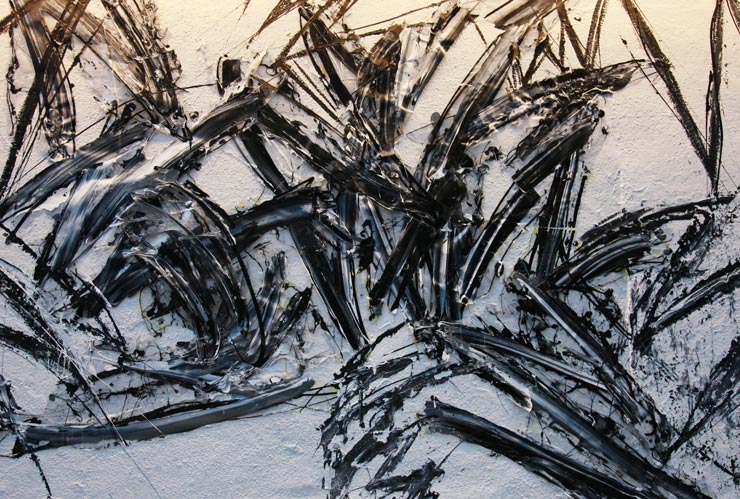
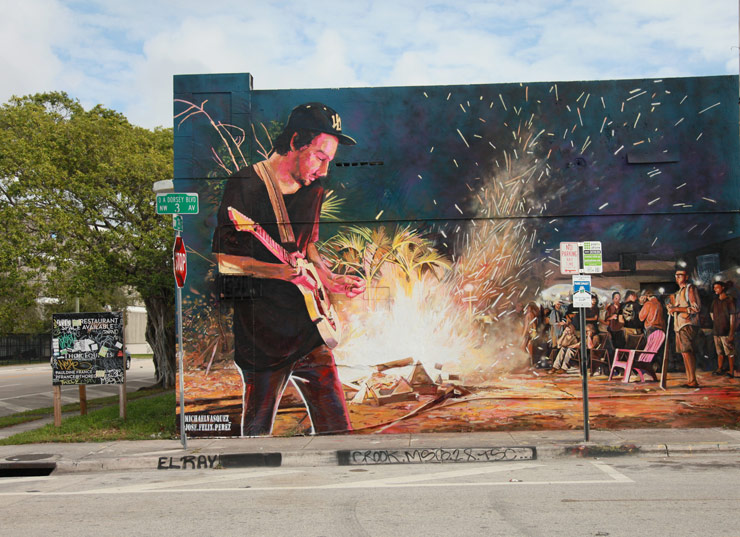
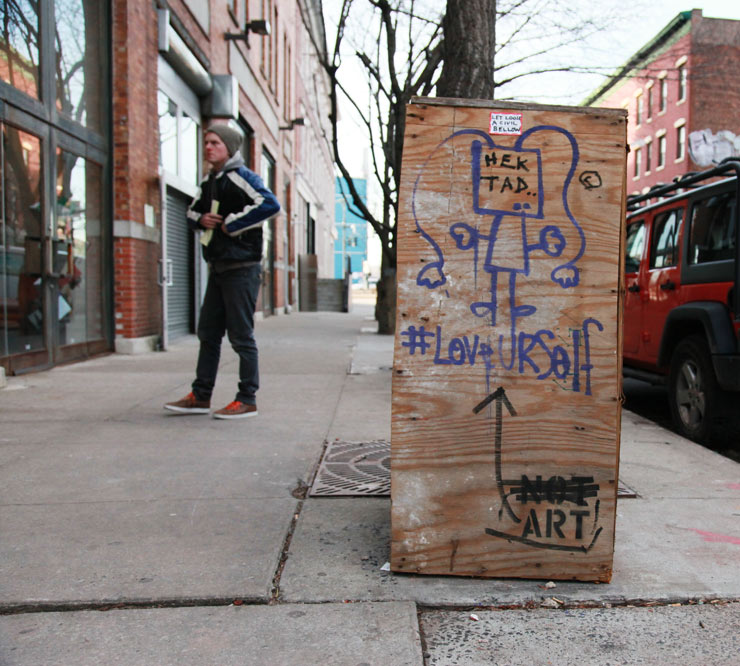
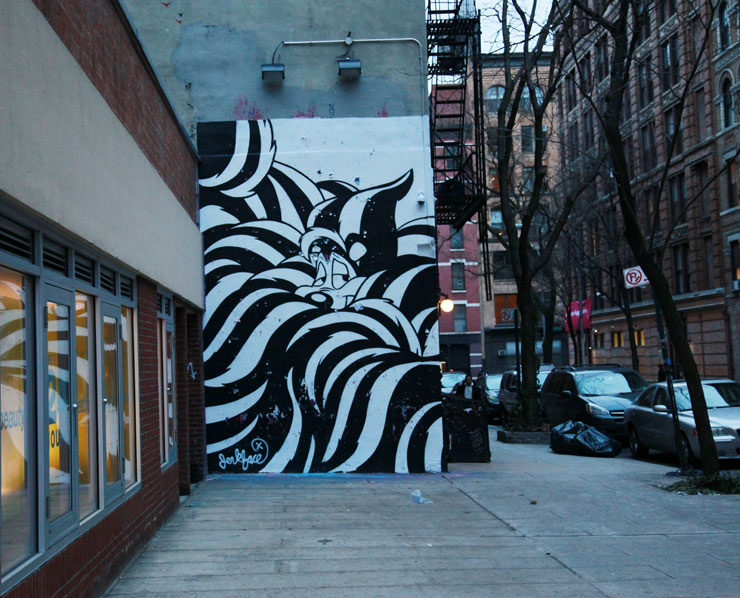
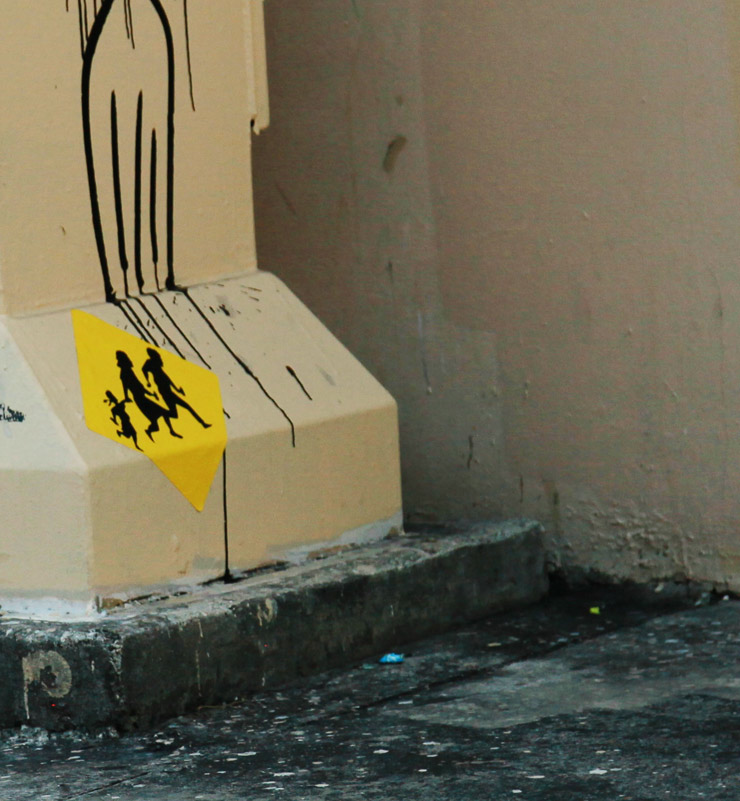
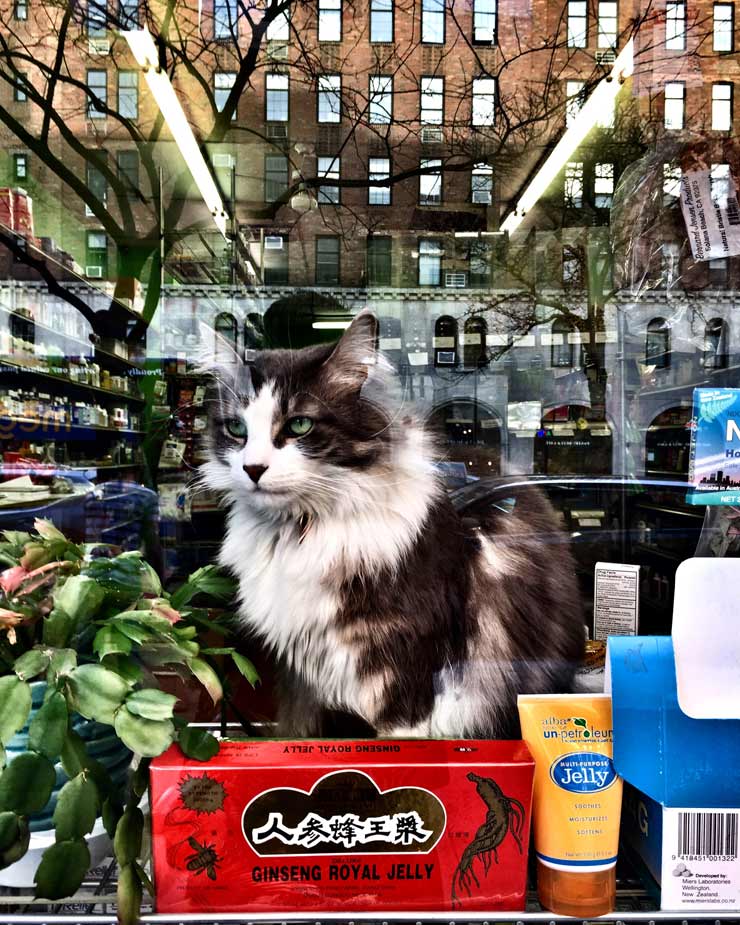

















 Temple Children is currently raising funds for the Standing Rock Sioux Tribe in support of their efforts against the Dakota Access Pipeline. 100% of the proceeds from this limited run of 40 pieces goes to the Standing Rock Sioux Tribe.
Temple Children is currently raising funds for the Standing Rock Sioux Tribe in support of their efforts against the Dakota Access Pipeline. 100% of the proceeds from this limited run of 40 pieces goes to the Standing Rock Sioux Tribe.